|
I've been trying to track down Golden Plover flocks on the fens near Langtoft since getting back from Ireland, although it's been a frustrating and unrewarding experience. Birds have been difficult to see on the deck, favouring fields well away from public rights of way, and windy weather has made viewing a challenge.
But that all changed today, with 2,000 Golden Plovers present in fields easily viewable from the road between Deeping St Nicholas and Frognall. For once the birds were settled, feeding and giving decent views, so I started working through the flock systematically – and fairly quickly was startled by a small, custard cream-coloured bird. Initial views were much as below.
I was pretty excited by it. It was small, uniform and had a distinct gait compared to the surrounding Euros. But then it flew, and I failed to see the underwing, although my poor video footage suggested it was dusky. I was pretty sure it was a Pacific Golden Plover, but was left wanting better views before putting the news out more widely. It also didn't look like it had any black on the belly, which was weird, as my automatic assumption was that it'd be the adult found a few days ago by Jonathan Taylor near Thorney.
Hugh Wright joined me shortly afterwards to assist with the search and, after a frustrating hour or so, he picked it up. We both saw the underwing for the first time when it flew, confirming things beyond doubt, before it flew off again. Then, another hour on, I re-found the PGP in a small flock of GPs and larger numbers of Lapwings in fields towards my patch. As I was watching, the flock flushed for the umpteenth time. The GPs, Lapwings and Starlings cleared off completely, leaving one bird behind in the field. Completely surreally, that single bird (of thousands present seconds before) was the Pacific. I couldn't believe it! The next five minutes couldn't have played out more perfectly. I left my phone attached to my scope, taking video of the bird, while I sneaked up a ditch with my camera to get closer. As I was taking photos the bird was flushed by an overflying Buzzard, and flew directly towards me, calling repeatedly, and rapidly gaining height. I fired off a bunch of shots while the phonescoping setup simultaneously recorded the call (albeit with a cacophony of rustling trees in the background courtesy of the afternoon's brisk breeze).
That was it, everything clinched for the record submission. It couldn't have gone more perfectly! The bird appears to be a juvenile, with overall pristine plumage, neat underparts showing subtle mottling extending down the breast and flanks, lacking contrast as in an adult, and the upperparts are intricately marked. Jonny T's Thorney bird was an adult that had retained quite a lot of black belly feathering, so clearly different. These represent the first two Peterborough area records of this Asian wader; amazing they should occur within a few days of each other.
Later in the afternoon, the bird gave itself up to Will Bowell, Jake and Trevor Williams and myself back in the original field, among the main plover flock. We enjoyed views of the bird feeding, preening and stretching over a 30-minute period and left it there around 3 pm. I would say this is probably my most satisfying find in 20 years of birding. Plenty of unproductive hours have gone into tracking plover flocks down both in this and past autumns on the fens here. It can be infuriating, chastening and completely unproductive for long periods, so for things to suddenly click today was very pleasing!
1 Comment
After a pretty awful visit in autumn 2020, I felt like I had unfinished business on Achill Island. As soon as it became apparent that travelling to Ireland was going to be possible this autumn, I booked a cottage in Dooega, the lovely isolated village on the south-west side of the island, complete with excellent cover for migrants, and set about forming a team. Despite a torrid first trip in 2020, Dan Owen was surprisingly enthusiastic about it and was soon on board. We even managed to talk Ed Stubbs into coming over. The cottage was booked for a month with a view that we'd stay as long or as short as necessary, weather depending, and mid-September soon came around. Dan was over first, arriving on 18 September on the back of strong westerlies and my promise that there must be American waders in Mayo. I joined the following day and we gave all the sites a good go, but without success. Surely, with a westerly airflow, we wouldn't leave empty handed? But try as we might, that first week didn't produce any American waders. In fact, nor did the rest of the trip. Another blank year for shorebirds from across the pond for me, following similarly lacking trips in the past two autumns (a 2018 trip to Mayo was rescued by a brief Pec Sand at Roonagh Lough). I haven't seen an American wader on Achill since 2015! That said, there were some good additions to my Achill list (that I don't actually keep). A Green Sandpiper flushed from the outflow at Keel Golf Course on 19 September might well be a first for the island, and isn't the Tringa you necessarily anticipate seeing on the west coast at this time of year. Given what a good year it had been for them, it was obligatory that we had a couple of Little Stints (not on Achill, though!). I quite enjoyed the one I saw at Mulrany, although the weather was typically dreadful at the time. In fact, it was awful when I saw my only Curlew Sand of the trip, too, on the beach at Roonagh! Ed arrived on Tuesday 21st, although that first week felt more like treading water and hoping to pick up a wader or two, with the gardens deathly quiet – our sum total of landbird migrants after the first seven days were singles of Chiffchaff and Blackcap. This White-tailed Eagle at Corragaun Lough gave us a bit of a shock and explained why the site was so devoid of birds on 21st! Thanks to Dermot Breen, who gave us the tag info, confirming it as a wild-born eagle from Kerry. Otherwise, it was a case of watching the weather closely and hoping for the best. Unlike in 2020 we were at least treated to a run of westerlies, which meant that there were birds arriving along the Irish west coast on a daily basis – just not in any sort of number. With little doing around our favoured Mayo sites we took a trip into neighbouring Galway on 24th to see Dermot's lovely American Golden Plover at Omey Strand. It felt pretty good for arrivals that day with the weather generally rough, and on returning to Achill Dan was duly dispatched on his daily rounds. A short while later, he rang with news of a Ring-necked Duck on Lough Nambrack. Ed and I rushed over there to watch the rather sleepy duck as the evening closed in and the mist descended. Very clearly fresh in, we weren't expecting it to have gone by the following morning – but gone it had! Finally, after Iceland chewing up the few lows that had been leaving the eastern seaboard of North America, a fairly innocuous-looking system was set to head directly for Ireland in the final couple of days of the month. It wasn't much when it left North America, but was fast moving and rapidly intensified. I was sure there'd be a few birds, but would Achill score...? In short, it did deliver – albeit not immediately! The Mullet was on the frontline for this one, producing Red-eyed Vireo and Solitary Sandpiper in the hours after the front passed. With a fresh-in Rose-breasted Grosbeak on Tiree, we were left feeling like we'd missed out once again. Ed and Dan went up to twitch the Mullet birds but dipped the Solitary, so we all ended up going back on the morning of 3rd. Eventually, the star flew in, although was ridiculously edgy and was only on show for a matter of minutes in the four or so hours we spent there. I was a bit disappointed to dip the vireo, which had evidently moved on, although needn't have been. The next morning was absolutely stunning; the wind and rain of the previous days had given way to calm weather and clear skies. After getting some work done, Ed and I went to Doogort – a place that always looks brilliant but has never actually delivered anything for me over the years, and the only place we hadn't covered so far this trip. It just 'felt' really birdy. There was plenty of activity in the sunshine, with crests particularly apparent, and it was only about 20 minutes after arriving that I finally managed what I've been craving for a while now – to come face to face with an American landbird. The small alder plantation behind the Strand Hotel is somewhere I've always fancied for a Black-and-white Warbler, Catharus thrush or the like. After entering, I sat still for a few minutes before beginning to pish gently. The local birds really get riled by this, or any sort of alarm-call playback, which always helps for drawing things in. I noticed a curiously chunky bird with a top-heavy impression and pale underside flitting through the canopy toward me. Though I strongly suspected what it was straight away, it was nonetheless a very pleasant thrill to lift my bins and find a Red-eyed Vireo staring back at me! Fortunately it wasn't particularly shy, just typically unassuming as it slowly worked its way through the canopy, munching on various invertebrates. It hung around long enough for both Ed and Dan to connect before melting away, out of view. Incidentally, Dan and I saw it again on 9th, in the exact same spot, once again appearing and disappearing in unobtrusive silence. Thrilled with the vireo, we continued up the lane and, 50 metres on, a Barred Warbler popped out of a bush in front of Dan and I. Simultaneously Ed, who had gone on ahead, had pulled out a Yellow-browed Warbler. It was all a bit surreal, almost unbelievable, after two migrant-less weeks, to suddenly hit the jackpot like this. Such moments are most certainly what make the slow days worthwhile out west. Of course, by this point we felt like the sky was the limit and a mega was just around the corner but, in typically west-coast birding fashion, we didn't see anything else of note for the rest of the day. Wednesday 6 October marked the first of three days of truly awful weather, during which any birding was almost entirely restricted to the car (or, in my case, not at all!). Ed headed back to Surrey that evening, leaving Dan and I to it. I decided to get my head down and crack on with some work, but Dan kept plugging away. Dan has now spent five weeks on Achill, often in poor weather and, more often than not(!), seeing very little. So it was fully fitting that he found the bird of the trip during atrocious conditions on the morning of 8th. I had just been looking out of the window and saying to myself that my birding time that day was set to be precisely zero, when I saw a message on my phone 'Buff-bellied Pipit golf course'. Bloody hell – full credit to him and just reward for dogged persistence! I arrived at the course and, frankly, wasn't looking forward to getting out the car. Dan, who had been completely soaked, had gone back to get changed, leaving me the unenviable task of trying to track down the pipit in the horizontal rain. As I got out the car, a Pomarine Skua flew over my head and away inland, and then a Merlin whizzed past along the dune slack where the bird was meant to be. I wasn't fancying my chances of a quick relocation. Trudging along the course and, by good fortune, the only pipit still around was the Buff-bellied, which gave some distant views along the flood behind the 13th tee before chasing a Rock Pipit off west and out of view, just before Micheál O'Briain and Dan arrived! A very wet hour or so followed until the bird was relocated up at the east end of the course, by Dookinella. Here we had some great views of an admittedly damp pipit until it was flushed by an unreasonable local, who decided to drive through the spot we were clearly watching something. It flew up and away, never to be seen again! What turned out to be the final weekend of the trip (8-9 October) was beautifully calm and sunny, so Dan and I doubled down on our efforts for passerines. We saw the vireo again at Doogort, but couldn't relocate the Buff-bellied Pipit. Dan pulled out a nice Lapland Bunting on the machair above Achill Rovers FC on Sunday, while on Saturday afternoon I had a brief Common Rosefinch at Dooagh. It was quite fitting that the final migrant of the trip was a calling Chiffchaff in Dooega – only my second of the three weeks in Mayo! Given the abject state of autumn 2021 across much of Britain and Ireland, our trip was decent enough. Common migrants were lacking to an extent to which I've never seen before, even by western Irish standards, which did make things challenging – days would pass without seeing a single migrant bird, and you really had to come at it with the mindset that you were looking for one bird, and a lack of anything else didn't matter. Without anything to look at, it can be mentally draining and hard to maintain focus and enthusiasm. Essentially, you need to be made of resilient stuff!
That said, a final result of two American landbirds (in a pretty average year for them), two scarce eastern migrants (Barred Warbler and Common Rosefinch; both firsts for the island), a Ring-necked Duck and a couple of Yellow-browed Warblers (in the worst autumn for them in more than a decade) equates to a success in my eyes, especially in such a poor autumn nationally. Including 2019, that's now three American landbirds in three autumns on Achill for me. Rather like dedicated visitors to Barra have shown over the past two decades, improved autumn coverage of Achill is now starting to pay dividends. I'm already looking forward to 2022!
After a wet and often frustrating May, June started warm and dry, before wet and cool conditions resumed mid-month. It was, however, a pretty productive month – at least in terms of quality birds. One key aspect at my patch at least was that the aggressive pair of Lapwings nesting on the eastern shore of Wader Pit fledged their chicks and finally calmed down, deciding that chasing every other bird that landed there wasn't worth continuing after spending the entirety of the previous month seeing off any interesting waders. But more on that later.
The opening day of the month produced a fantastic male Montagu's Harrier at the Great Fen, south of Peterborough. With the bird in potential breeding habitat, wardens wanted the news kept off-air in case of a female turned up. But, as it quite unsurprisingly transpired, the promise was short-lived and the bird cleared off after just a day.
The highlight of the month (and likely my birding year, at least locally) was a Caspian Tern at BLGP on 20-21 June. I saw the bird here in 2017, having twitched back from London to connect with it, never thinking I'd ever get it back as a patch tick. Less than four years on and it repeats – and on the very same pit!
The find was most fortuitous in its nature and a classic example of what must be being missed on patches nationwide, even by the most dedicated of watchers, and especially at perceived 'quiet' times of year. The random appearance of various rarities at inland sites during June had encouraged me to keep checking the patch on a daily basis, and a lovely male Ruff on 19th had spurred me on. Two daytime visits on 20th had produced little and were it not for my girlfriend needing to head back to her house late that evening, I would never have stirred from the sofa. After dropping her at home, it was already 9.55 pm, yet there was just about enough daylight left to give Wader Pit a quick glance. I got there and within a minute or so picked up the tern sat nonchalantly among the hundreds of Black-headed Gulls roosting on the east shore. By this point it was just after 10 pm and the light fading rapidly, yet Jake Williams and Bob Titman still managed to make it to see the bird before the light was lost. The bird got up and flew around a couple of times, calling, which was absolutely brilliant to hear/see as it passed at close range. The light was far too gone for any sort of proper photos, so it was just a case of appreciating the bird in the little light left before darkness fell.
Next morning, Paul Bolton was already on site around 3.30 am and the tern was still there. Mad, really. Almost 24-hour birding. I arrived a short while before 4 am and the bird was still sat there, on Wader Pit, looking pretty chilled out, despite most of the Black-headed Gulls having already departed. But then it got up around 4.20 am, just as the light was beginning to improve, flew around, called a couple of times and headed off south-west, never to be seen again. In all the views we'd had, we couldn't be sure if the bird had a ring or not, thus weren't able to confirm if it was one of two birds commuting between East Yorkshire and north Lincolnshire sites, nor a yellow-ringed bird which turned up at Llanelli WWT a few days later. Interestingly, the last BLGP bird, in 2017, was also seen at Llanelli! Funny how these things work.
Well, that was a tough May. The cold conditions dominated right up until the final days of the month, and there was so much rain!
Despite the difficulties, there were a few obvious silver linings which helped my local year list reach 187 by the end of the month. Given that the Peterborough area was something of a forcefield for deterring quality birds throughout the month, and with neighbouring counties scoring multiple Temminck's Stints, Red-necked Phalaropes, Golden Orioles and the like, this is a pleasingly high total – largely thanks to the brilliant spell we had back during the cold weather in February. The only issue is that there aren't any easy species left now, and the lack of bonus birds in May might be telling in the quest for the elusive 200 mark (a feat never achieved in the area). One of just three additions to my local year list during the period from 11-31 May was European Turtle Dove. This ever-scarcer species is just about clinging on in the Peterborough area, largely due to a resilient (yet still perilously small) population clinging on in the Etton-Maxey area, thanks to habitat creation and supplementary feeding (shout out to Langdyke Trust for their role in this). This is presumably the source of other, satellite territories in the Deepings area: I had three singing males at two sites away from Etton-Maxey in the month. At one of these, which has particularly nice TD habitat, I started supplementary feeding as soon as I clocked the birds were back. Hopefully it helps them out.
Spotted Flycatcher is another bird that has declined dramatically – especially in the east of England. It was never particularly numerous in the Peterborough area, at least in my time birding, but it too seems to be largely gone from here, with many of the sites that had birds when I started out 20 years ago now flycatcher-less. It was good to see a pair back at Southey Wood on 20th, after Paul Bolton had picked them up there the previous day – this site now appears the only regular publicised spot for them in our area.
The third addition was another 'Spotted' bird, this time a crake. This species is an annual summer visitor to the Peterborough area, although some years are better than others for them. As far as I know, this singing bird is the only individual heard in the area so far this spring.
While some of the aforementioned species become ever trickier to find locally, one species that is doing well is Bittern. Six nests were found local to me this year, with birds booming at several sites and the likelihood being that there are even more breeding pairs than these figures suggest. Despite the weather, with so much cold and rain, all six nests did well and fledged young. It's a bird really on the up and further habitat creation through the regeneration of former gravel pits will no doubt continue to see it do well. I was thrilled to be involved in monitoring of these birds and was able to assist in ringing one nest (under licence). Amazing things!
Meanwhile, I have been doing survey work on a site in North Wales on a monthly basis. Despite the continuing cold and wet weather, it was nice to enjoy Pied Flycatchers, Common Redstarts and the like on territory. Hearing these species singing – and indeed seeing them in their spring finery – is an experience that passes me by in most years, so it's been a welcome treat to get reacquainted with them. They were upstaged by Wood Warbler in the Clwydian Range not far from my dad's, which was a nice surprise, showing brilliantly and singing at eye level in an area of regenerating birch forest.
The period between 20 April and 10 May is what I always think of as the absolute peak time to be birding an inland patch, with the possibilities that this three-week spell offers about as varied as it gets at any point in the year. But for it to be fruitful, you need promising weather – and 2021 offered a real mixed bag, with some really dynamic spells intermixed with deathly quiet days. One of the month's hits was Bar-tailed Godwit passage, with the fourth week of April producing the best inland movement of this species for several years. A male at BLGP on 20th was followed by two males at Baston Fen on 21st, then groups of eight and nine at BLGP on 23rd and 24th respectively. The 24th proved to be one of the best days of the 'peak spring' period, with six Whimbrel and a Greenshank also moving through at BLGP, plus a couple of Little Gulls during the afternoon. This was capped off with a pristine, if brief, Spotted Redshank at Baston Fen in the evening – perhaps the most beautiful of all spring waders. It was a good season for Whimbrel, with BLGP also netting seven on 25th and up to three regularly seen at Baston Fen. The period of 23-25th proved a truly mega few days for Little Gulls nationwide, with many counties netting record counts. Frustratingly, these unprecedented numbers largely bypassed us, but I enjoyed the views of the aforementioned birds – both pristine adults – on 24th. The only other record was a 2cy on 18th. This few weeks is also prime time for Black Tern, although it proved a relatively poor spring for the species across the country. A single bird on the calm and overcast morning of 27th was the showiest individual I have seen at the pits, flying by within metres and putting on a great show. A further four followed the next day and were joined by a group of eight Arctic Terns for a time in the evening sun, providing one of those unforgettable spring patch experiences. As mentioned in my previous blog post, Kittiwake is not a guaranteed bird locally each year, so I was pleased to see my second move through the so-called 'big pit' at Etton on the morning of 4th. It was present for all of a minute or two and was a classic example of a bird that makes you think about what else must we be missing locally each spring. On 2 May I did a 'big green day' (or, as it was, half day), covering 60 km on the bike and taking in BLGP, Baston Fen, Castor Hanglands and Maxey Pits. In total I managed 105 species, which far exceeded my hopes given I was unable to commit the full day to it. A singing Quail at Baston Fen (also heard on 30 April) was the earliest I've had locally, but the highlight of the day was a singing Firecrest at BLGP. This was a patch tick for me and the first I've seen anywhere locally. It was very vocal but difficult to see when I first found it, and I couldn't hang around as I needed to press on with the day list. I managed to return later in the afternoon and the bird showed much better, but it had gone very dull by that point and the photo opportunities were poor. This was a fantastic example of a bird I'd simply have driven by had I been bird-racing in the car, such are the advantages of birding on a bike. I very much look forward to investing a full day on green 'racing' in 2022. Passerine movement was largely disappointing during this period, with very little seen. Despite many miles walked or cycled, the only Whinchat I saw all spring was a male that I twitched in horse paddocks at Etton! Wheatear numbers were unremarkable at best and there were no other more unusual surprises to be had. Spring Whinchats really are good value though, aren't they? Smaller waders started to move in the first week of May, but it wasn't long after this that the wind and rain set in. By 10th, we'd had so much rain that Wader Pit was back to winter water levels. Coupled with a particularly aggressive pair of Lapwings nesting on the remaining bit of shoreline, any arriving waders were quickly seen off. This made for a frustrating May, but not before a nice trickle of Dunlin (including 16 on 4th), as well as singles of Sanderling and Turnstone, moved through. In an uninspiring few weeks for weather, coupled with the high water levels, it was probably optimistic to hope for much in the way of quality. My second patch Spoonbill was therefore very welcome when it appeared at Baston Fen on 7th, lingering into the next day.
In stark contrast to spring 2020, it's been a bitterly cold April so far, the arrival of spring migrants has largely been a slow and disappointing affair (as always, there have been some exceptions). At the beginning of the month I bumped into the female Ring-necked Duck at Langtoft West End. It wasn't a great surprise to find it here; presumably it had been lurking in this mature and secluded collection of pits since it disappeared from nearby Tallington in mid-February – although I did look for it here on a couple of occasions in March without success. It went on to linger until the final week of the month, but could be quite elusive and took some finding at times, which made me feel a little less embarrassed about overlooking it for several weeks. Several local birders came for better views of it at Langtoft (having suffered distant looks at Tallington Main Pit during a freezing gale in February). One of them was Mike Weedon, who remarkably found an adult Kittiwake here on the evening of 3rd. Despite the bird initially disappearing, I relocated it feeding in a hidden corner of the main lake and enjoyed some nice views in the evening sun. Never an easy species to see locally, this was a handy one for the year list. Despite the cold weather, spring 2021 seemed to be starting quite strongly in the Peterborough area, with a Sandwich Tern the next quality bird to appear. First seen fishing along the River Nene on the afternoon of 4 April, it relocated to Ferry Meadows that evening and, thanks to awful weather overnight, lingered throughout a bitterly cold and breezy 5th. Sandwich Tern is a bit of an early April speciality around here; last year, I had one at BLGP on ... 5 April! In 2018 I had a flock of seven move through on 7th. It's not often I see Sandwich and Arctic Terns before Common, but 2021 was playing out in bizarre fashion on many levels. That said, my first Commons of the spring were flying around at Tallington Main Lake on 19th, seen just minutes after picking up a single Arctic there. This proved one of the very few days in the month where it felt remotely warm! Wader passage was slow to pick up, although a group of eight Ruff lingered at Baston Fen for a couple of weeks. The bitter, snowy and windy 5th - Sandwich Tern day - also produced a female Bar-tailed Godwit at BLGP, more closely resembling an ashen rock more than a regal wader as it clung to one of the few remaining tiny islands on the T-junction Pit. The first Whimbrel of the spring appeared on the evening of 16th, quite an early date for the species around here. With overnight frosts, clear skies and a cold northerly dominating the first few weeks of the month, passerines were thin on the ground. A male Common Redstart at Langdyke's Etton-Maxey reserve on 17th eventually gave great views after a long search – it proved the only gettable individual of the entire month for me. Northern Wheatears were unsurprisingly slow to get going in the conditions, but a few eventually started passing through at BLGP. So, early April produced a few handy birds for the year, but the quality and quantity was rarely there. With almost nightly frosts, bitter conditions and scant birding reward, it was hardly what you'd brandish a vintage start to the spring.
After the cold weather of the first half of February, the rest of the month proved a significantly milder affair. Correspondingly, the Peterborough area returned to a more routine state of play after the flush of brilliant birds during the freeze.
This winter's run of divers continued, with a Great Northern Diver seen at Ferry Meadows on 20th and, a week later, another Red-throated Diver at CEGB Reservoir. It was a little surreal to watch this bird take off as I arrived and fly off high to the east (it did return, and later spent a few days at Ferry Meadows).
After a winter without sightings, I spent some time searching for Little Owls during the calm evenings at the end of February and was pleased to find at least five territories without too much effort. This is a species that seems to become increasingly difficult to see. I remember as a kid seeing them without any effort, often sitting out very conspicuously around the fens. I wonder if the increase in Buzzards, Red Kites and corvids has driven them to become more elusive, at least in the daylight hours?
After several weeks without a sniff, a sudden arrival of Russian White-fronted Geese in the local area at the beginning of March produced singles at BLGP and Deeping High Bank (the latter joining up with the former after a few days) and a nice group of six near Etton-Maxey Pits. They may have been 'trash' birds this winter, but the species is great value for the local patcher and I always enjoy seeing them around here. Handsome birds, too.
Pink-footed Geese are a little more predictable around here in winter, yet views aren't always as good as the below – a harvested beet field by the Langtoft Fen road gave great photo opportunities for a week or so until it got ploughed. The bird shown was one of two that also spent time at Deeping Lakes and along the High Bank.
I visited the Nene Washes a few times during the month. The washes were looking absolutely fantastic throughout as floodwater receded and tens of thousands of waterbirds made the most of the feeding opportunities. Among the hordes of godwits, Golden Plovers, Lapwings and dabbling ducks were some nice scarcities: Spotted Redshank, Bar-tailed Godwit and Grey Plover were all handy additions to the year list, especially as each can be very tricky to catch up with in most years. When you add in Little and Great Egrets, Common Cranes and the odd raptor dashing through, the whole experience amassed to quite an addictive spectacle.
Perhaps the biggest excitement of March came on 20th, when a report of a large bird of prey near Greatford had me sniffing around the area. Thanks to some intel from Tim Mackrill it quickly became apparent that it was White-tailed Eagle 'G371' from the Isle of Wight reintroduction scheme. It took me a couple of hours to track down this impressive beast circling high to the north of Braceborough. It then went down near Toft, where I managed some much better views, before it gained height again and was lost as a speck to the south-east. The irony was that it then spent the best part of three hours sat in a field at BLGP, completely unbeknown to me!
Cattle and Great Egrets continue to increase around here, with the former still admittedly a few years behind the latter. It doesn't quite feel the red letter day it used to when seeing either of these species, but the latter especially is always a joy to watch. A Cattle took up residence near Frognall mid-month, while Greats were seen at a few sites.
Common Cranes, too, seem to be becoming an ever-more frequent sight in the Deepings area. This pair hung around Deeping and Baston Fens for a week or so in late March before moving on, presumably due to the lack of suitably undisturbed breeding habitat.
Will Bowell found a 2cy Dark-bellied Brent Goose at Deeping Lakes on 18th, which is always a good one to get on the local year list as they tend to possess the lethal combination of being scarce and tricky to catch up with. Funnily enough, I had another 2cy in fields at BLGP at sunrise on 27th, although it quickly flew off into the pit complex, out of view, and I never saw it again!
One feature of March birding around here is Whooper Swan passage, and the final 10 days of the month produced a fantastic show of what is one of our most impressive, yet under-appreciated, migration phenomena. My Twitter thread says it all, but suffice to say that watching hundreds of these birds moving low north overhead, shortly after commencing their journeys to Iceland, is a sight I will never tire of.
Despite many other birders enjoying their earliest-ever dates for a range of summer migrants, I found that spring was slow to arrive in my corner of the Lincolnshire fens. Temperatures were hampered by a northerly breeze for much of March, making it feel really quite chilly (although there were a few much warmer days here and there). I only managed my first Sand Martins at BLGP on 19th, which is a slightly later-than-average date (but far better than the embarrassment of 1 April last year!). My first White Wagtails of the season were at Stowgate on 26th.
But it is really the first Northern Wheatear of the year that gets spring properly up and running. In 2020 I had to wait until mid-April to see one, so was really pleased when a long stroll along the River Welland at Cradge Bank on 27th produced a male and female in just about the last sheep field on my walk. I'm not going to lie, I fist-pumped when I first saw that white rump and tail flitting away from me!
In fact it was 27th that proved the day that really signalled the turning of the seasons for me. As well as the wheatears and Brent Goose, BLGP suddenly got 'hot' and produced a northbound Osprey (with distinctive white upperwing coverts on the left wing) at 08:10.
Then, an hour or so later, my earliest-ever example of perhaps our most beautiful summer migrant: this pristine male Yellow Wagtail. So luminous, and not a feather out of place!
The run continued on the final day of the month, with my first Willow Warbler singing at the pits and a couple of Little Gulls dropping in. Meanwhile, a male Garganey gave me the run-around, first at BLGP and then at Baston Fen, where I eventually connected with it in the evening. It was very unsettled and elusive, though, and had gone by the next morning.
After the coldest January in Britain for a decade, February continued the trend with the most biting spell of the winter. It was hyped as the 'Beast from the East 2', but in reality only amounted to a bit of good old-fashioned cold winter weather. Easterly gales and freezing temperatures, in conjunction with a covering of snow, are classic conditions for generating significant displacements of birds. And, being so close to The Wash, the Peterborough area tends to profit from such spells. In the first week of the month, Woodcock were arriving on the coast in their droves and there were signs that waders were starting to feel the freeze, with coastal scarcities appearing inland. BLGP profited on 8-9th when a Knot appeared, spending a couple of days around the Wader Pit with the wintering Redshank flock before the coldest night of the winter froze the pits solid and forced it to move on. Meanwhile, swan counting south-east of Deeping St Nicholas in sub-zero temperatures on 11th produced two fly-by Turnstones and a calling Curlew! Deeping High Bank is often at the forefront of cold-weather birding in the local area, and Mike Weedon was on hand to discover a Red-throated Diver on the River Welland north-east of Crowland water tower on 12th. I was out counting Bewick's Swans nearby, so was very happy for a short detour up to the bank to see it – my third in the local area. The diver proved the first of three great birds in the Deepings area that day, with a Red-necked Grebe discovered at Maxey Pits. Remarkably, it was favouring the exact same pit as a bird two winters previous – you have to wonder if it could be the same individual. The third in that excellent run of coastal scarcities was a juvenile European Shag, again picked up by Mike Weedon along Deeping High Bank. It's been a while since I've seen one of these locally, and at times it was favouring the same stretch of river as the diver. It was almost dark by the time I saw it on the evening of 12th, but I had some nice views in better light a couple of days later. With many of the waterbodies starting to freeze over, I decided to cycle to Tallington on the morning of Saturday 13th. This proved a sound decision, as on my third scan a female Ring-necked Duck popped up as I panned through the Tufted Duck flock by the island on the main pit! It was bitterly cold in the easterly gale and views weren't exactly fantastic, but a return visit the following morning produced slightly better opportunities for some record shots. It was great to see it alongside long-staying Greater Scaup, which is now looking quite pristine. Later that day, I went to feed the gulls at Fitzwilliam Bridge. It was still bracingly cold and two Iceland Gulls were present on the partially frozen Stanground Wash as I arrived. I threw some bread out and unwittingly flushed a duck off the river bank as I did so. It jumped into the water and started swimming away from me and off downstream. Raising my bins, I was slightly taken aback to see that it was a female Red-breasted Merganser – a genuinely scarce bird in these parts nowadays and the first I have seen around here for several years. Although it was wary of me, it was tame enough to allow me to creep into position to take a few decent record shots in the fading late afternoon light. That was the end to a really exciting couple of days' birding in the local area. Bear in mind that, despite our close proximity to The Wash, each of the birds above is barely annual in and around Peterborough, so to receive such a bountiful delivery off the cold snap was very welcome. The swans, meanwhile, had also bulked up in number in early February. The Deepings area has recently had more than 500 Whoopers – an unprecedented count for around here – while Bewick's have also enjoyed their best showing for a decade. 'My' regular flock near Tongue End climbed to 20 birds, all adults, during the cold weather, although subsequent milder conditions and south-westerlies seem to have thinned them out again. Meanwhile, I counted at least 13 Bewick's, including three family parties, among a huge group of Whoopers to the south-east of Deeping St Nicholas on 11th. While freezing temperatures can make the birding all very exciting locally, it's easy to forget just how serious such weather can be for the birds themselves. Behaviour changes so much as birds become hungrier and more desperate. These scarce coastal visitors, thrilling though they are, are often driven inland through exhaustion and desperation. This was sadly exemplified by the Red-throated Diver, which seemed bothered by a problem with its left leg that got worse as the days passed, to the point it was close to exhaustion by the time the weather improved. Temperatures have rebounded quickly after the cold first half to February, and there's no doubt that spring is just around the corner. Hopefully it will be just as profitable as the past couple of weeks!
In birding terms, the only thing I miss about London is the Thames and its gulls. Regular readers of my blog will know that it is usually stuffed with gull photos and often little else. In terms of setup (read Dante and my article on Thames gulling here), it's hard to imagine a better place for regular views and photos of Caspian and Yellow-legged Gulls at point-blank range, with a number of ideally positioned sites from which to look.
Peterborough birding is undoubtedly more varied than London. Its diverse habitats mean plenty of opportunities throughout the year. It's also still 'fortunate' to have a working landfill site at Tanholt, which draws in good numbers of gulls. Yet Peterborough gulling has never been easy. Skittish and unpredictable birds, plus difficult-to-view loafing areas (both pits and fields), makes it frustratingly hit and miss. There are some good days, but these are outweighed by the bad! You never really feel like you've managed to look through all the birds, and viewing is often at distance, through fences, hedges and so on. What Peterborough lacks, or so I thought, was an 'easy' place where you could throw bread and get the birds in nice and close.
A couple of weeks ago, one of the Iceland Gulls started getting seen at Flag Fen sewage works. Shortly after, up to two birds (both seen initially at Tanholt at the end of December) became semi-regular features at the currently flooded Stanground Wash. Since then I'd been vowing to go down and chuck some bread in the River Nene there, to see what happened. Fitzwilliam Bridge seemed to be the obvious place to do it, being close to the birds' loafing area on the wash and within a km or so of the sewage works and nearby Fengate, where gulls feed at a recycling centre. I'll be honest, I wasn't too confident of it working effectively – but it did.
The effect was a familiar one. As soon as the Black-headed Gulls got involved and started making a racket, which took a little time, in came the large. It was amazing to watch from how far they were coming from, and from all directions. On Sunday (31 Jan), 200 or more Herring Gulls were attracted during the time I spent there. Unsurprisingly, there were fewer large gulls on Monday (1 Feb), but on both visits Iceland Gulls came in to the melee. The second-winter showed particularly well on Sunday:
Extraordinarily, Will Bowell and I had all three local Iceland Gulls together on the same spit on Stanground Wash on Sunday afternoon. With thousands of gulls locally, feeding across several sites, what are the chances of that happening? Amazing stuff.
There were also some nice argentatus Herring Gulls in the mix on Sunday. Sometimes they are so distinctive that they really feel like a different species to the local birds, being much more Glaucous-like in many respects.
Lesser Black-backed Gulls are also starting to arrive back locally now after a few months away, and this crisp first-winter couldn't resist coming in for a munch.
On Monday I returned, hoping one of the juveniles might be lured in by a few 'freebies' launched into the Nene. There weren't any gulls when I arrived, but a quick chuck of some sliced wholemeal and the second-winter appeared, quickly followed by the darker juvenile. Both tried their luck with the offerings that weren't gobbled up by a ravenous congregation of Canada Geese below the bridge. Unreal!
All in all, this has been a real revelation! Although conditions are undoubtedly helping at present, with the adjacent Stanground Wash in total flood and the river level high, it feels like it could be a decent place for regular winter bread chucking, and my longing for the Thames gulls might finally be quashed for good. I can't imagine it'll be much good in summer, when the floods are fields and the river is low, but we'll have to wait and see on that front. For now, though, I'll enjoy every moment that the Icelands are around.
Plenty of optimism usually accompanies the arrival of the new year, and I was looking forward to my first full year's birding back in the Peterborough area despite the ongoing coronavirus restrictions limiting birding opportunities. New Year's Day saw me out on my bike around BLGP and Baston Fen for a green day list. By dusk I had clocked 84 species, all within a few miles of home, with highlights including two drake Smew (present since 28 December) at BLGP and a couple of Water Pipits at Baston Fen. There were, as ever, some glaring misses and I think a more concerted effort with a planned route could hit 90 species if the weather was kind.
Gulls and wildfowl dominated throughout the month, with 2 January producing three different Iceland Gulls in the Tanholt and Flag Fen area. Strangely, they 'disappeared' for much of the month until I saw the paler juvenile at Tanholt on 24th; after this, Chris Jones picked up two at Stanground Wash and they became regular there until the month's end. I decided to try my luck with bread at Fitzwilliam Bridge and it proved a bit of a success (see above blog post).
Meanwhile, Tanholt continued to produce a steady stream of Caspian Gulls throughout the month, with a mix of ages seen.
Whooper Swans have been reaching unprecedented highs on the local fen this winter, spread in several large flocks between Bourne South Fen and Deeping High Bank, with the biggest concentrations in the Deeping St Nicholas area. Bewick's Swan, however, looked to be set to endure another bleak winter – at least until mid-month, when colder weather took hold. My first of the year was a subadult among 70 Whoopers at Stowgate on 9th. Nicholas Watts rang with news of an adult among Mutes on farmland at Baston Fen on 13th. In fact, there were two present and they gave me my best-ever views of the species locally. They subsequently relocated to a large Whooper flock near Tongue End and were joined by three more by the month's end.
Weekly cycles to Tallington Lakes produced the continuing Greater Scaup, which was looking increasingly smart as each week passed and, by the end of the month, could easily have been overlooked as an adult were it not for the retained brown belly feathers. Diving duck numbers were excellent here; the site comfortably holds the highest concentrations of Tufted Duck and Common Pochard in our area (400+ and 80+ respectively), despite the ongoing construction of mobile homes around the lakes! Meanwhile, a count of more than 30 Goldeneye at Langtoft West End Pits was good by modern standards.
Quite a lot of Red-crested Pochard seem to have abandoned their natal home of BLGP and moved in at Tallington. Can't blame them, really, given the amount of shooting that takes place in BLGP in winter. They tend to be a bit tamer at Tallington, too!
Short-eared Owls could still be seen along the Welland and Glen on the calmer afternoons, but the cold weather towards the end of the month seemed to thin numbers out somewhat.
Passerines were a bit of a sideshow in January. The Siberian Chiffchaff was still at Stamford sewage works alongside several Common Chiffchaffs. A huge Corn Bunting flock at Stowgate was real surprise on 7th. I counted 120, eclipsed by an amazing (by modern standards) 162 on 10th. A total of 16 Crossbills were seen one crisp morning at Southey Woods. Finally, settled conditions early in the month allowed for some really nice looks at the local Bearded Tits, including this super male.
|
This pageThe musings of a wildlife enthusiast, usually armed with his camera. Archives
September 2023
|
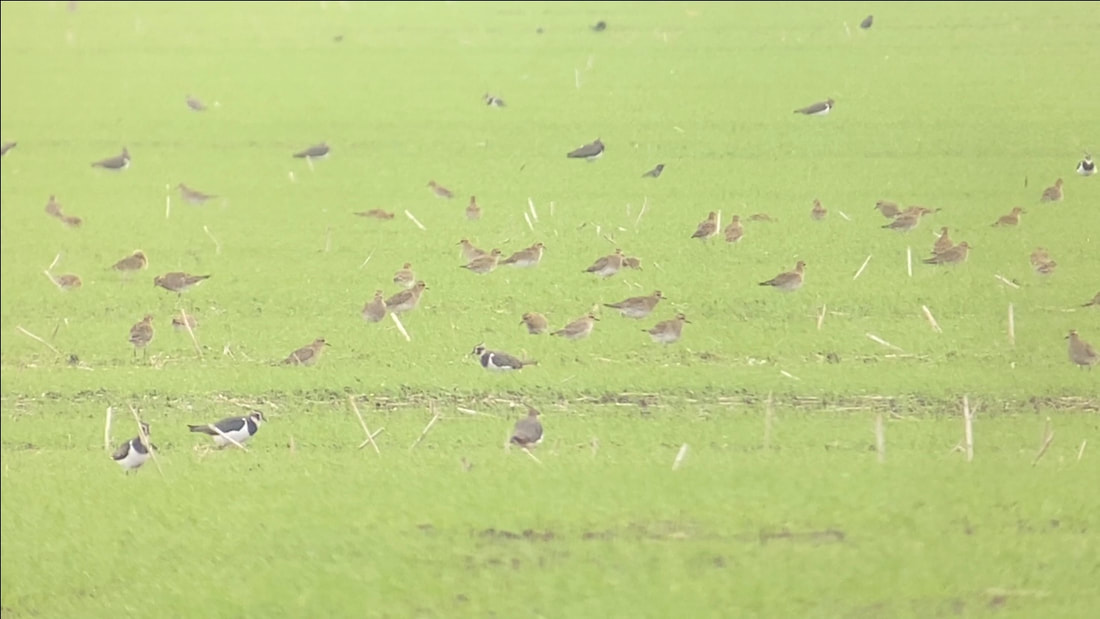
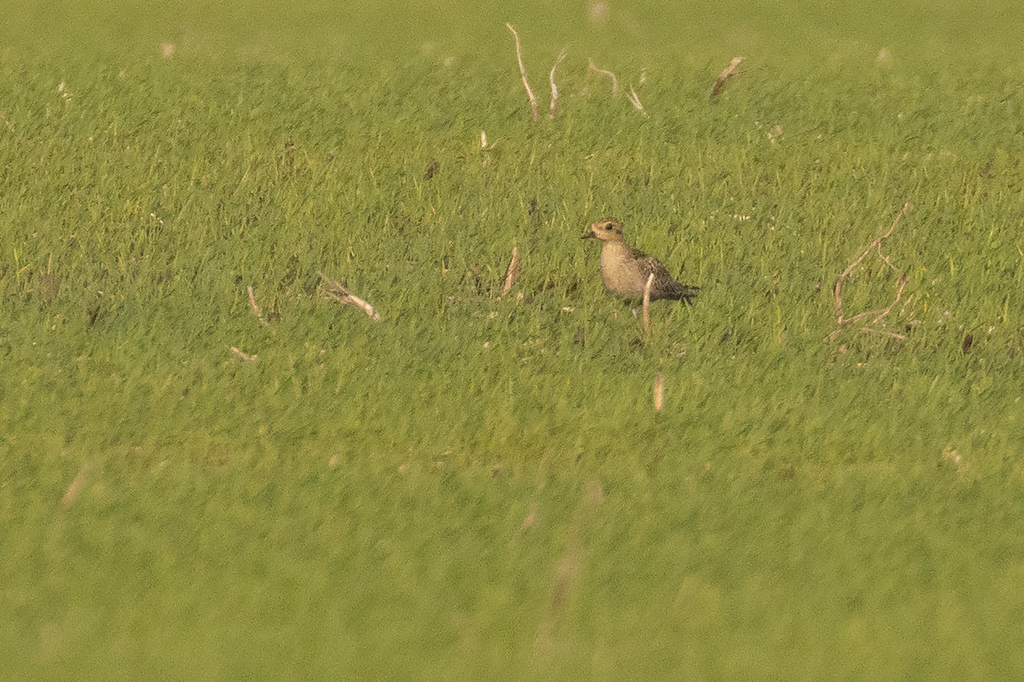

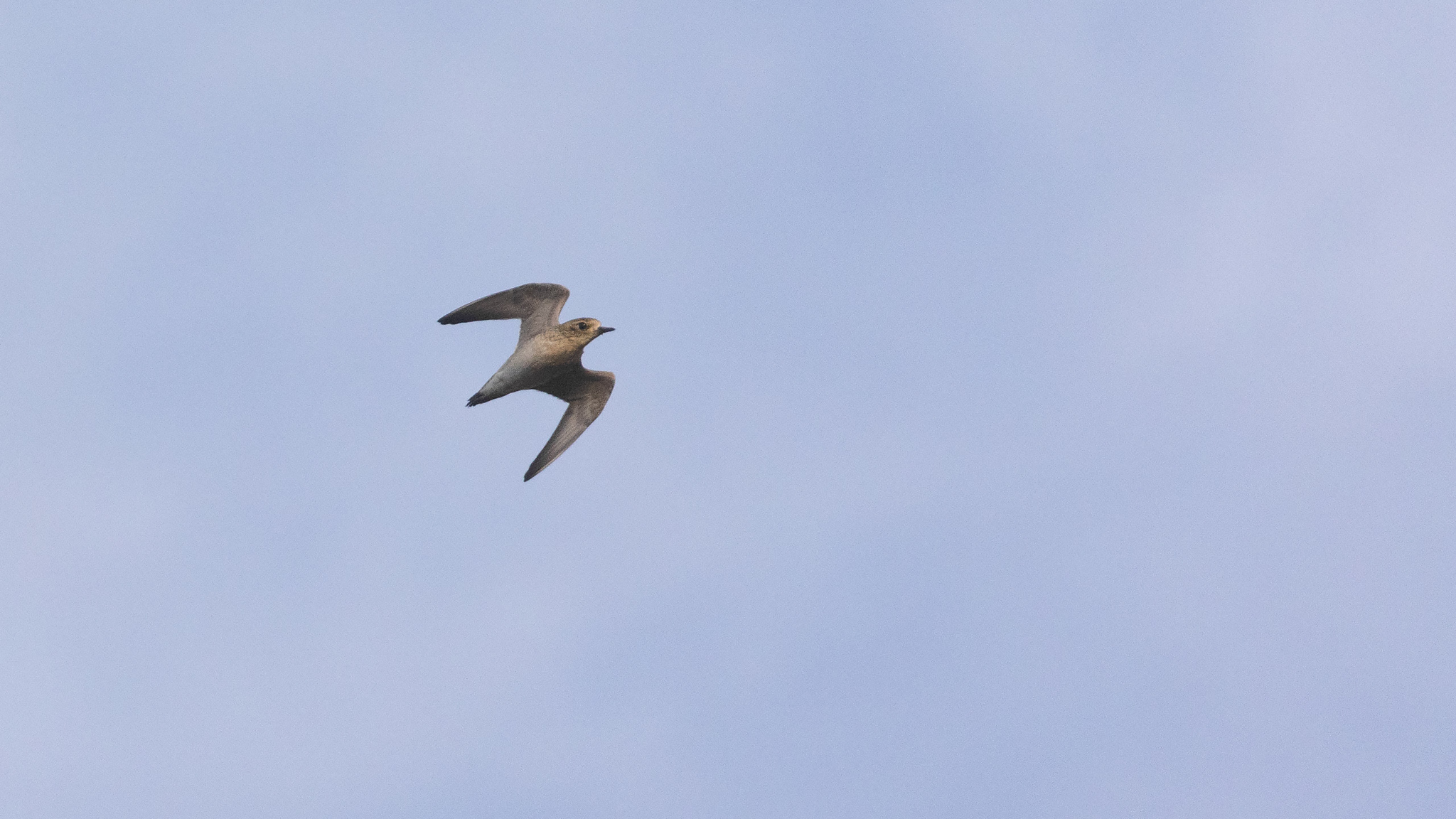
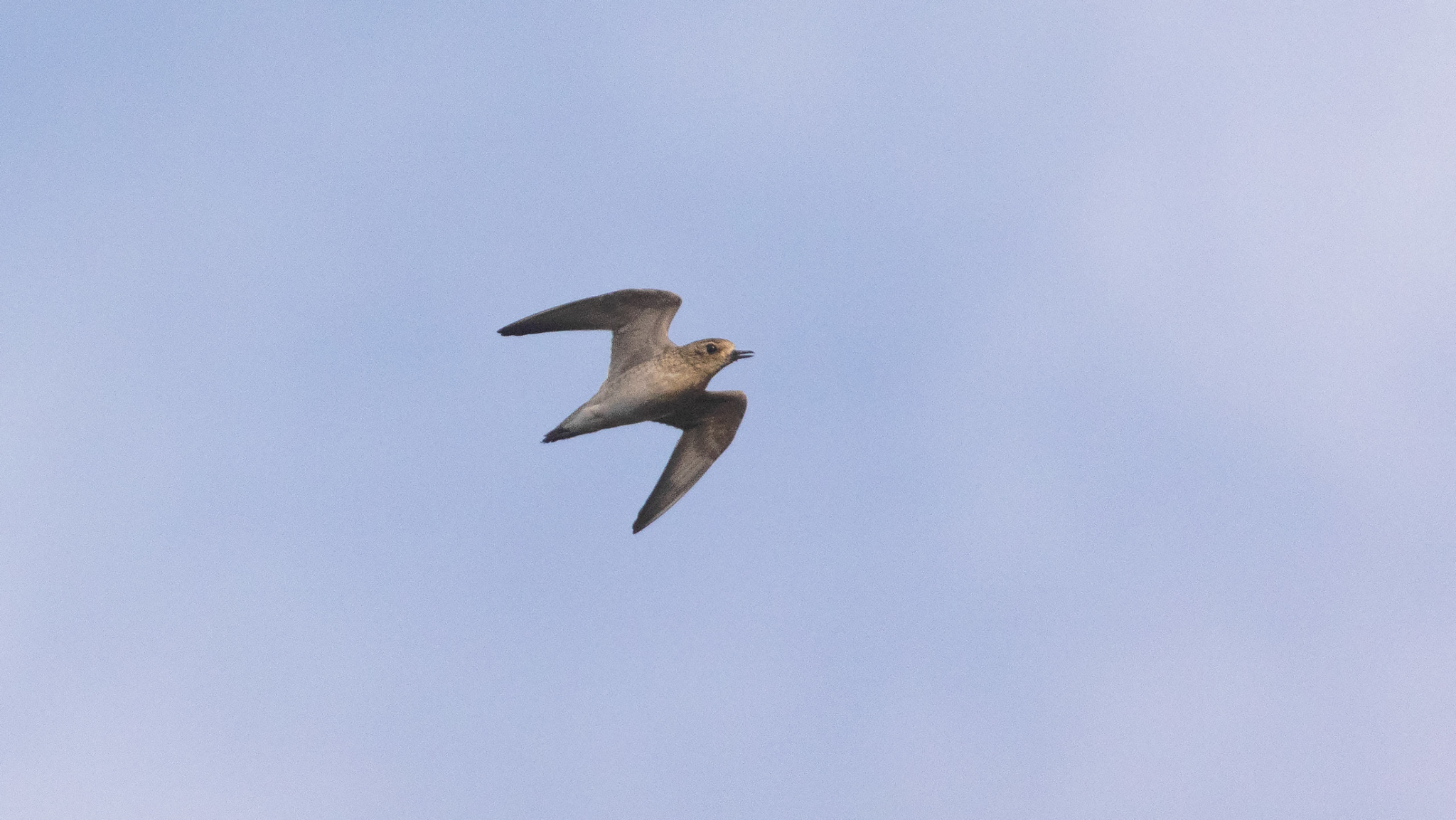
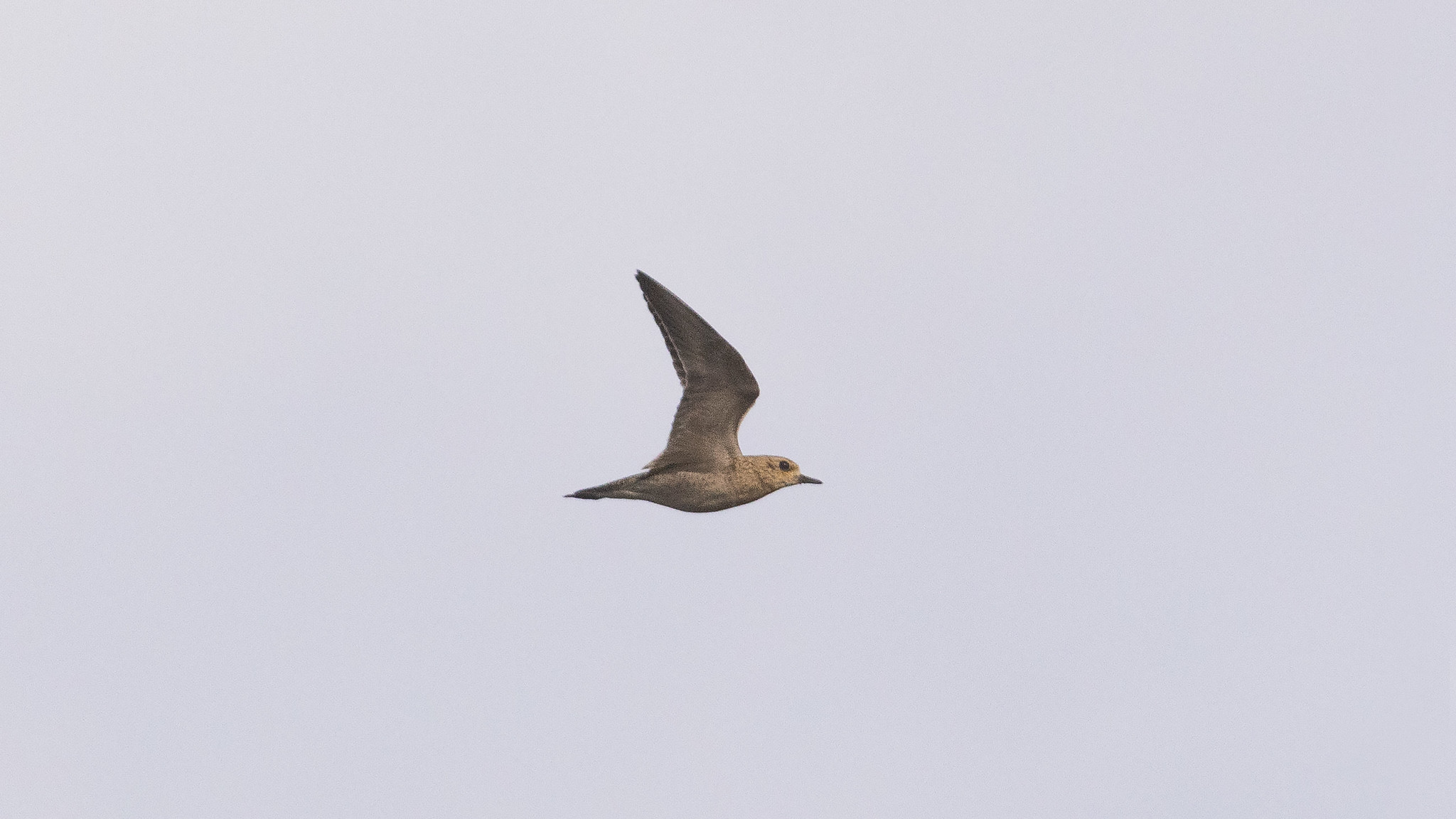
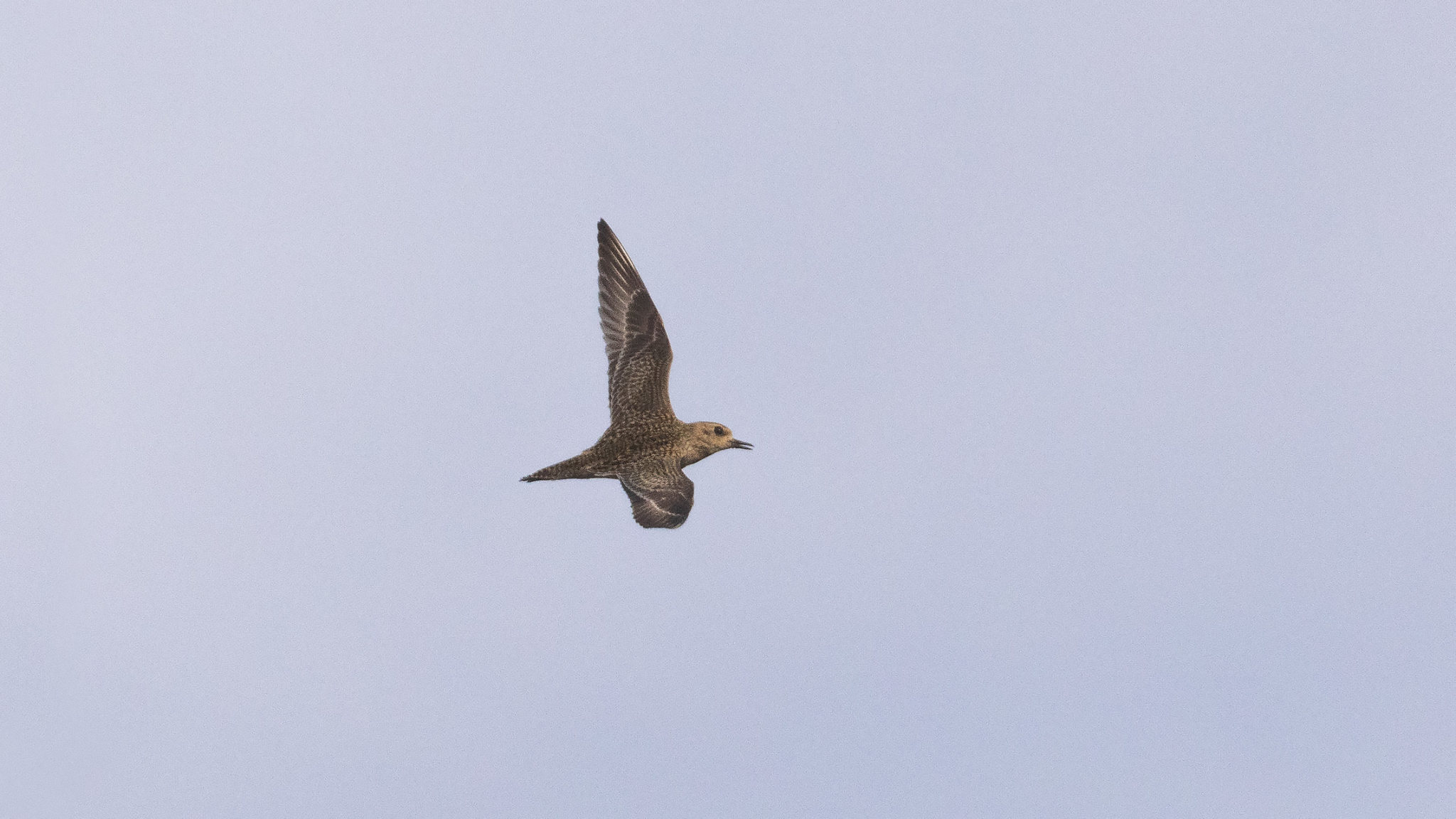
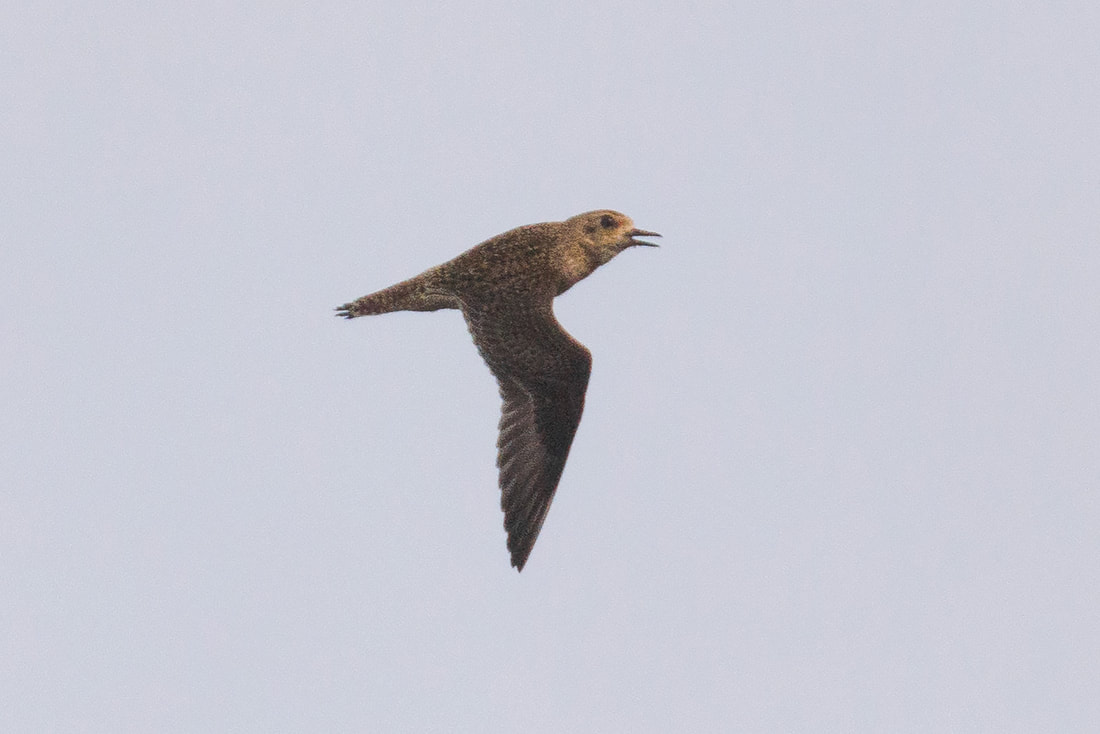
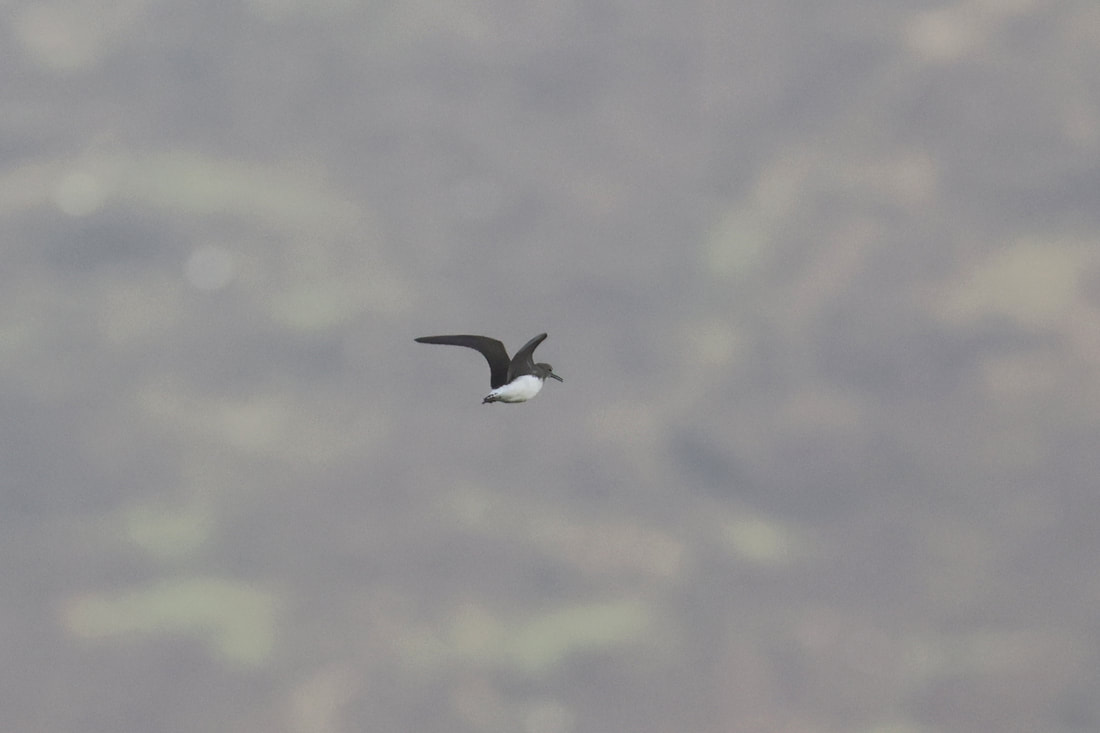
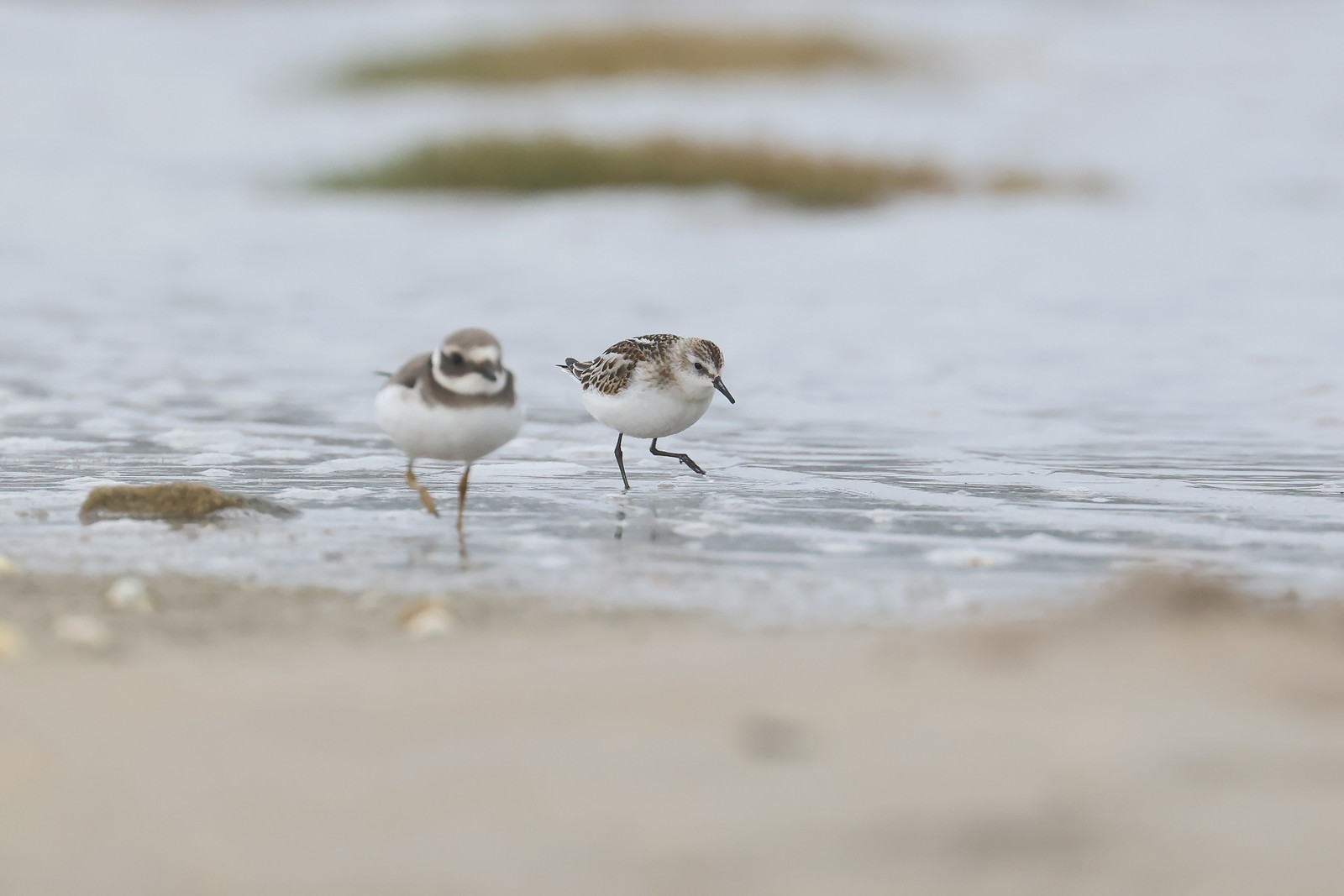
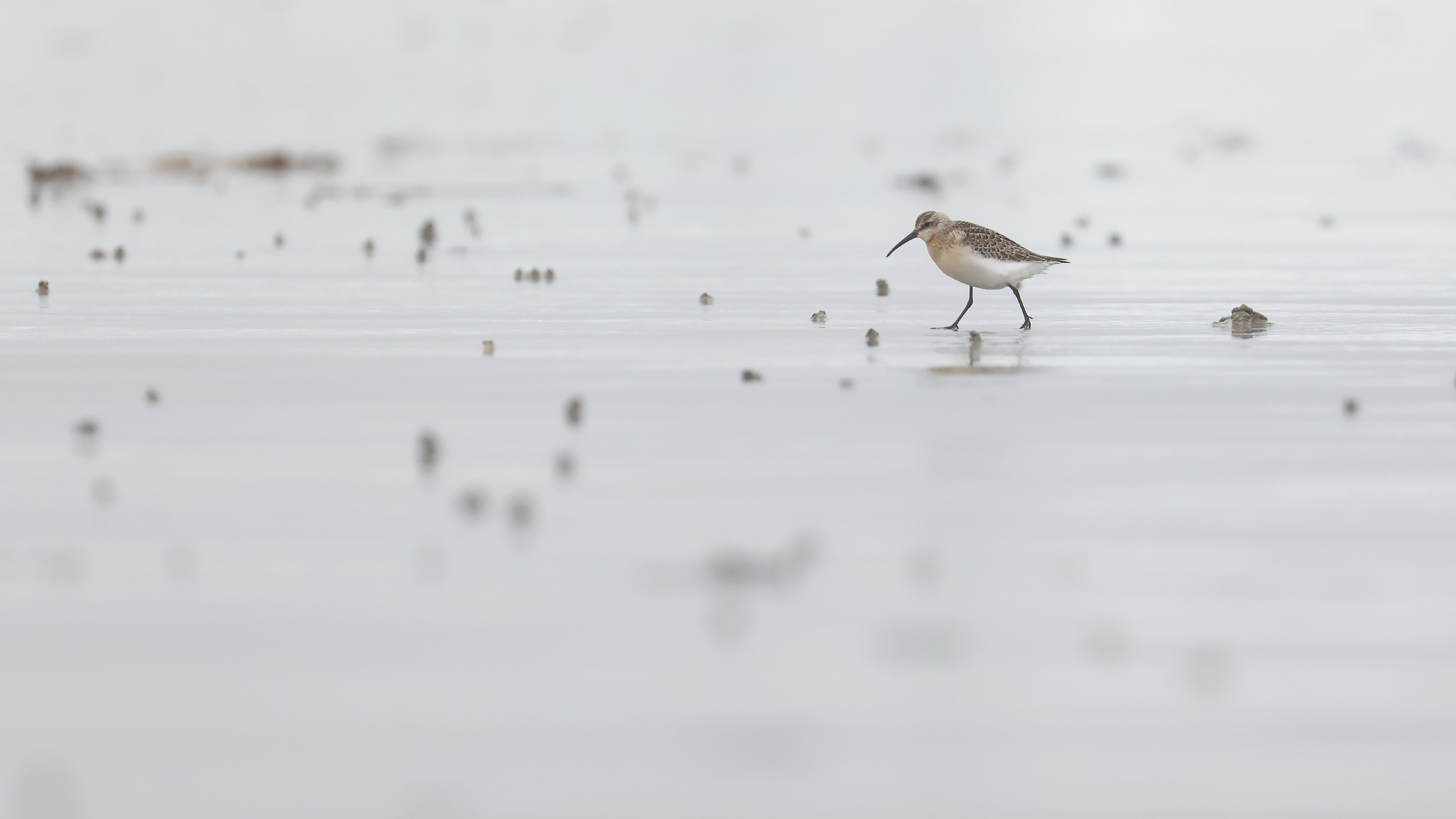
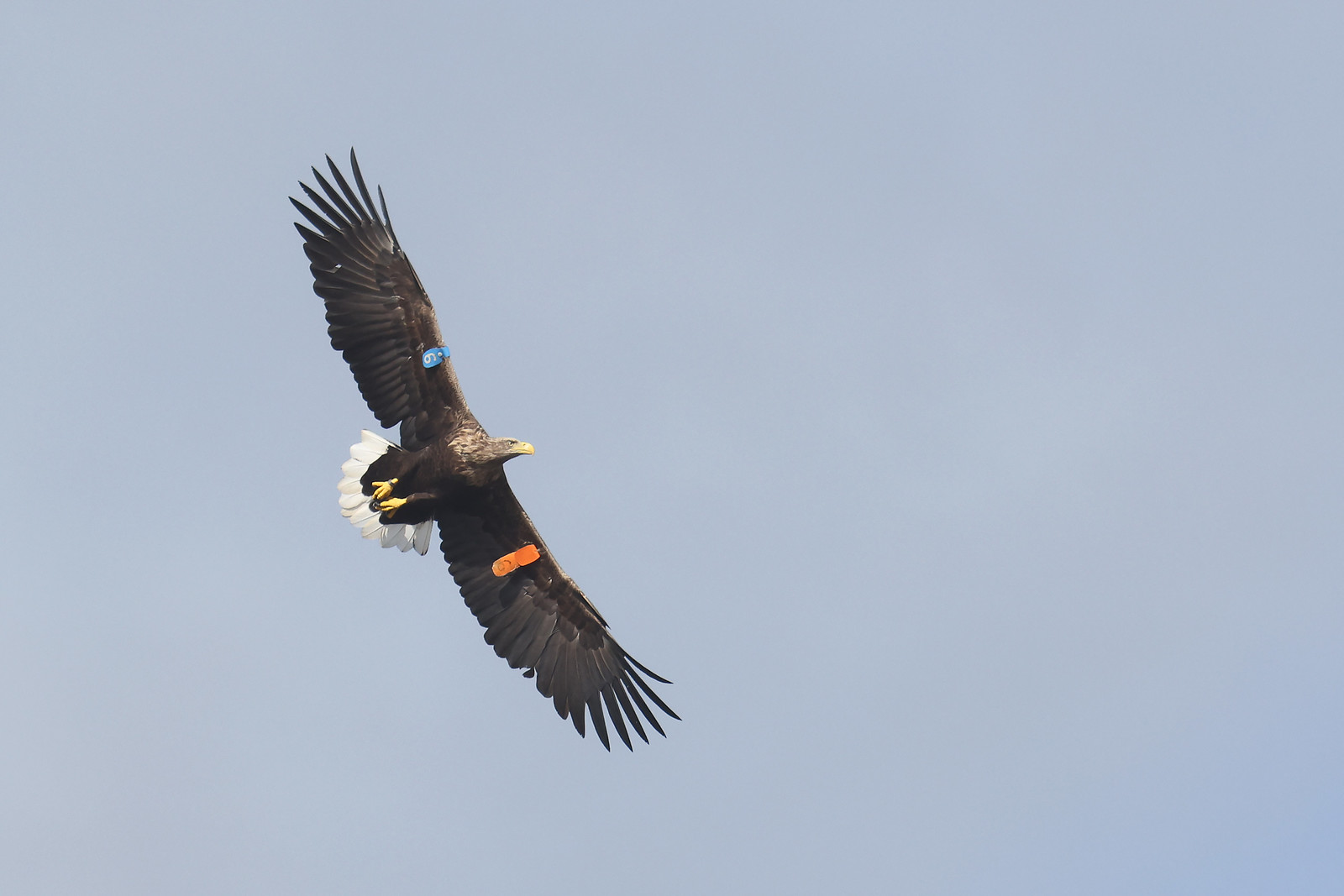
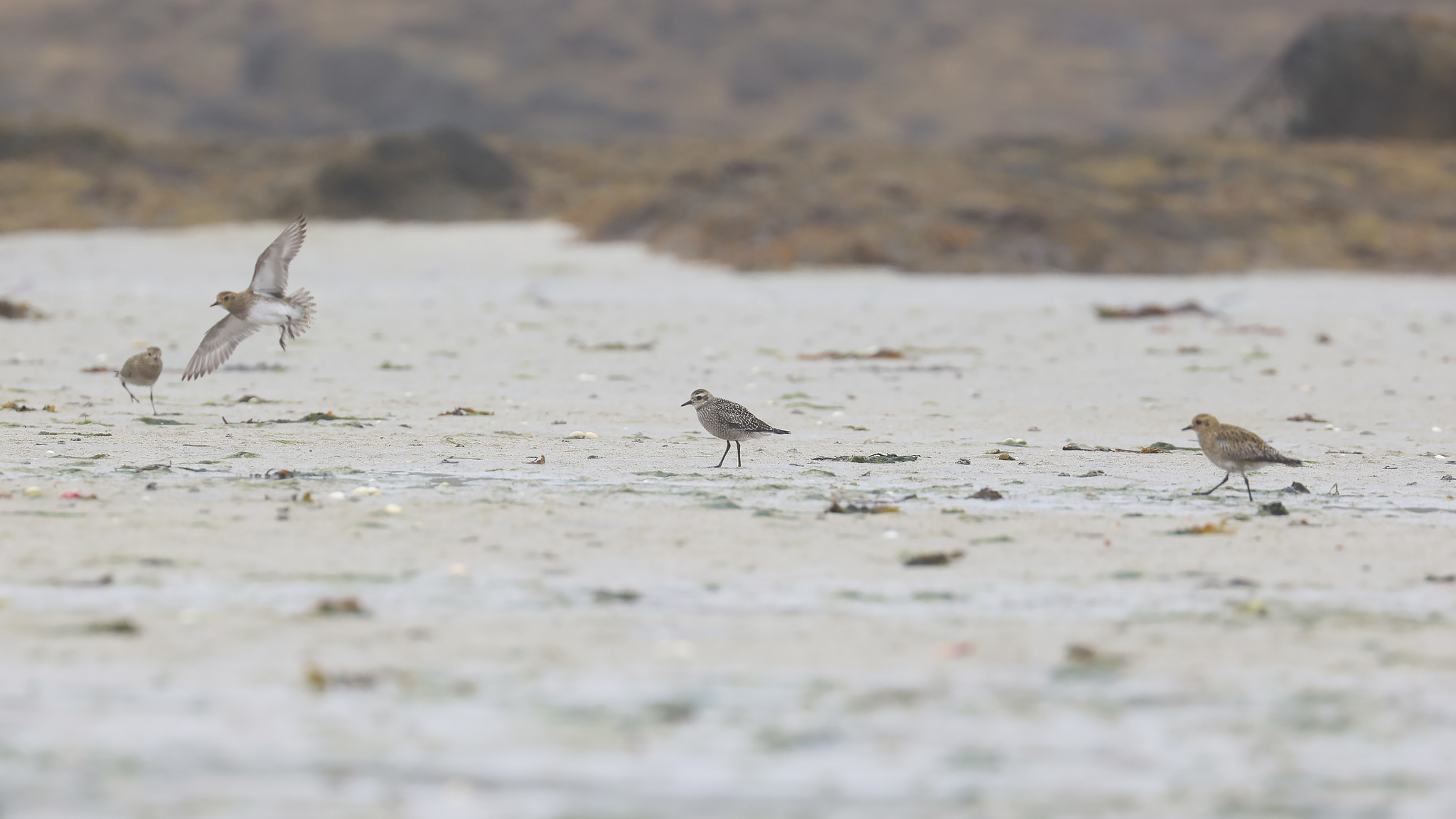
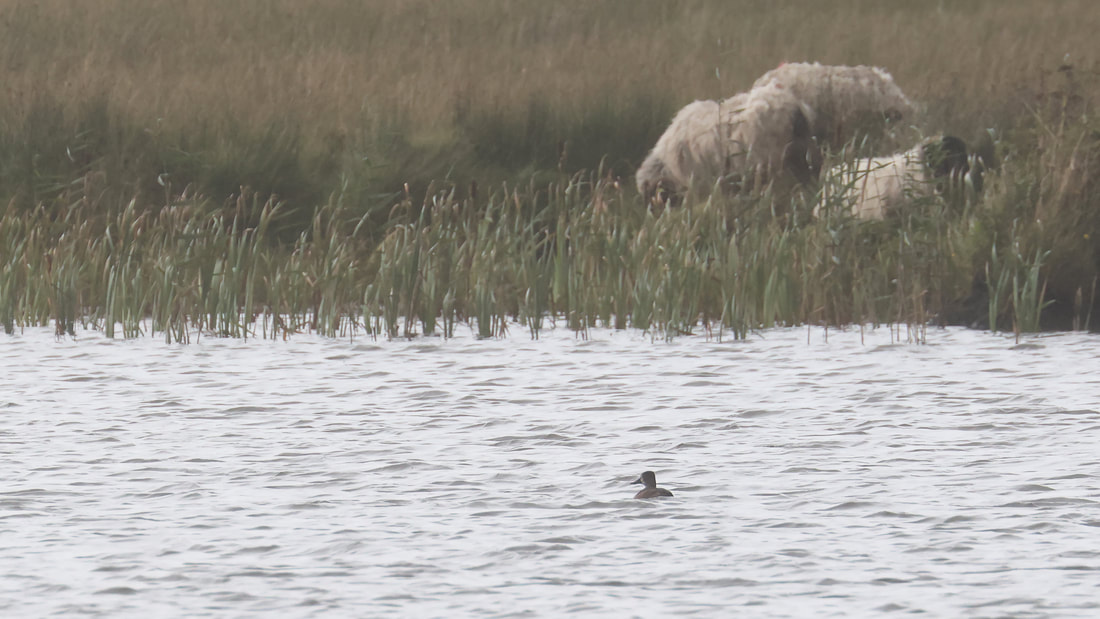
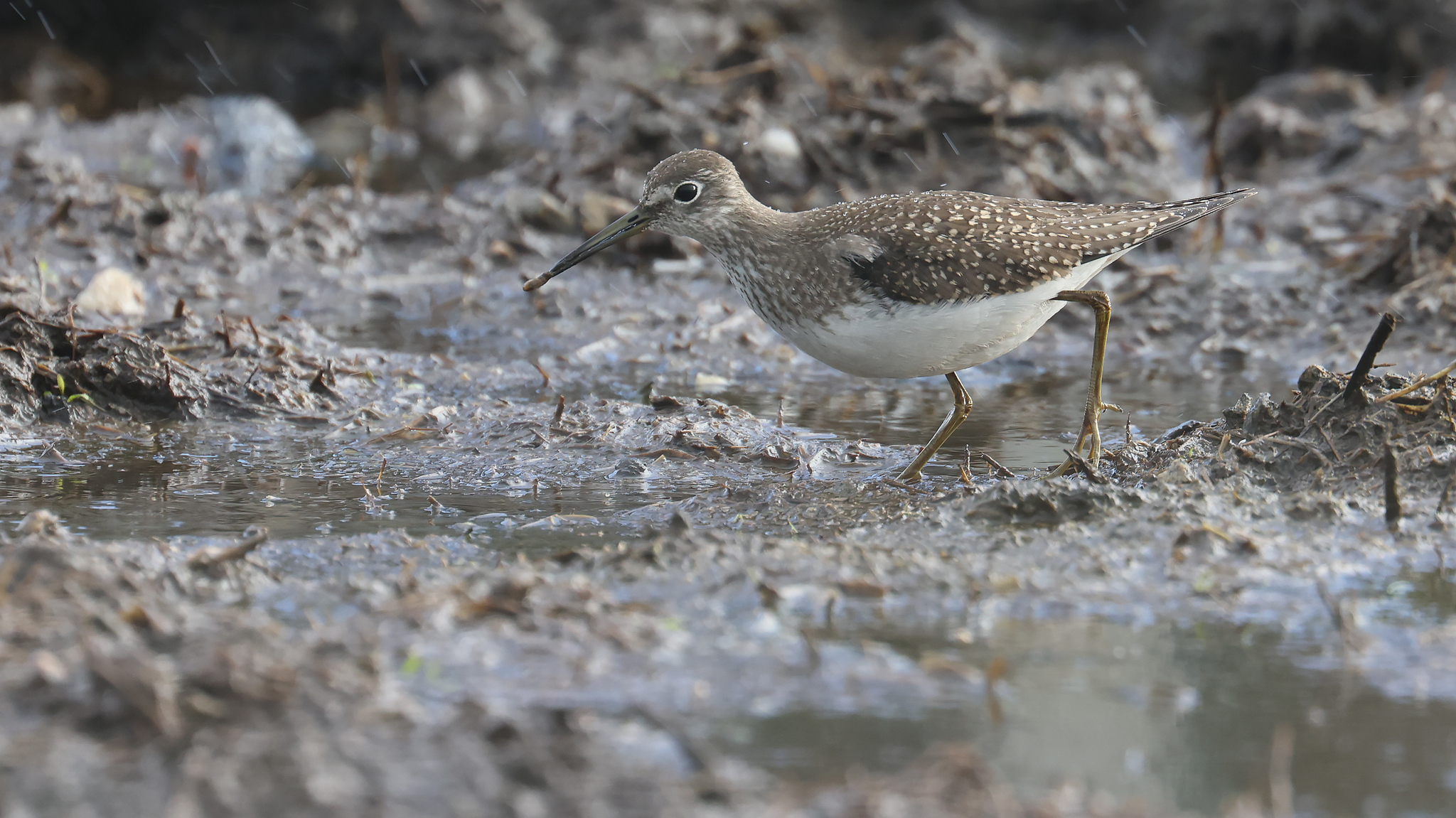
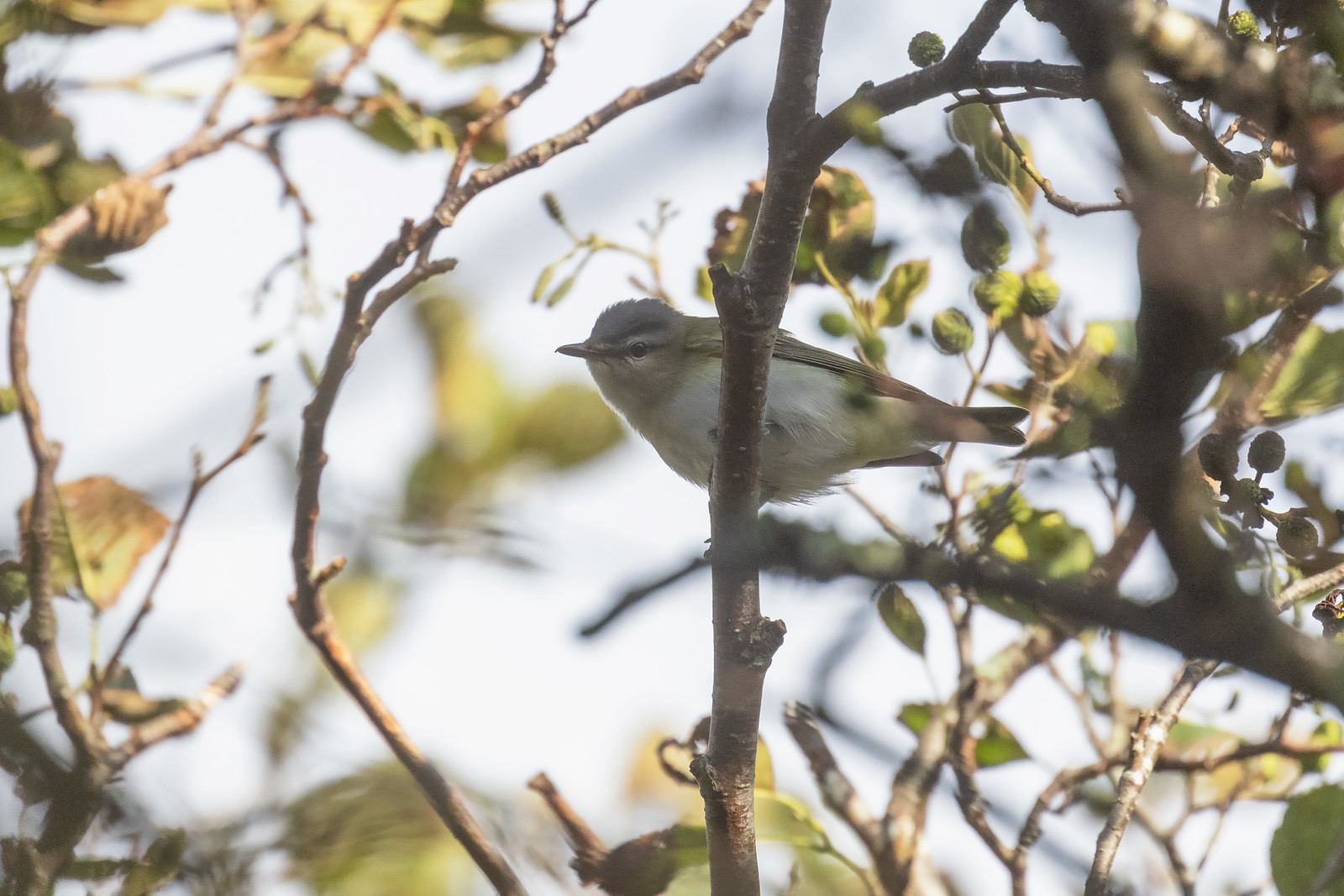
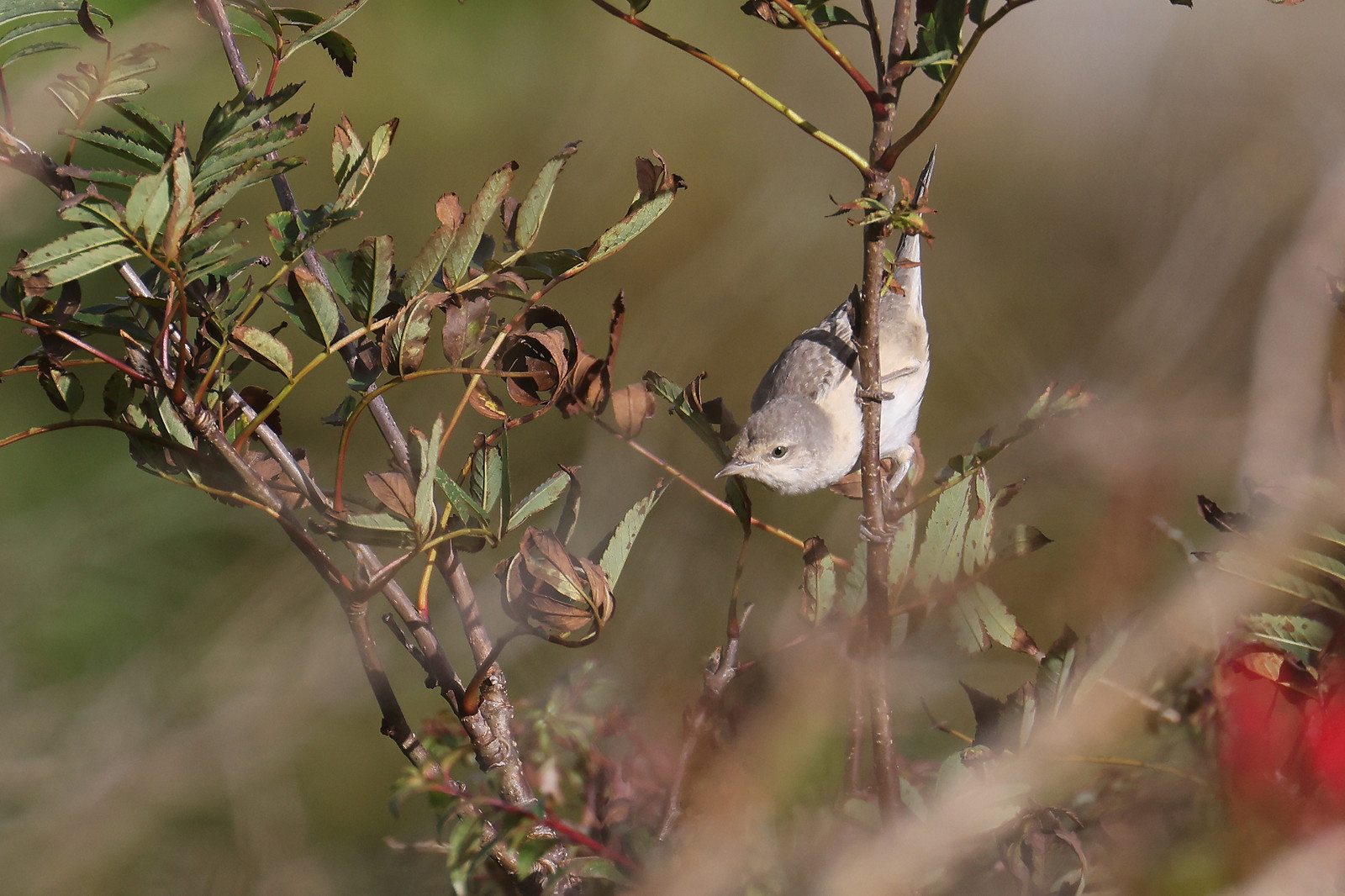
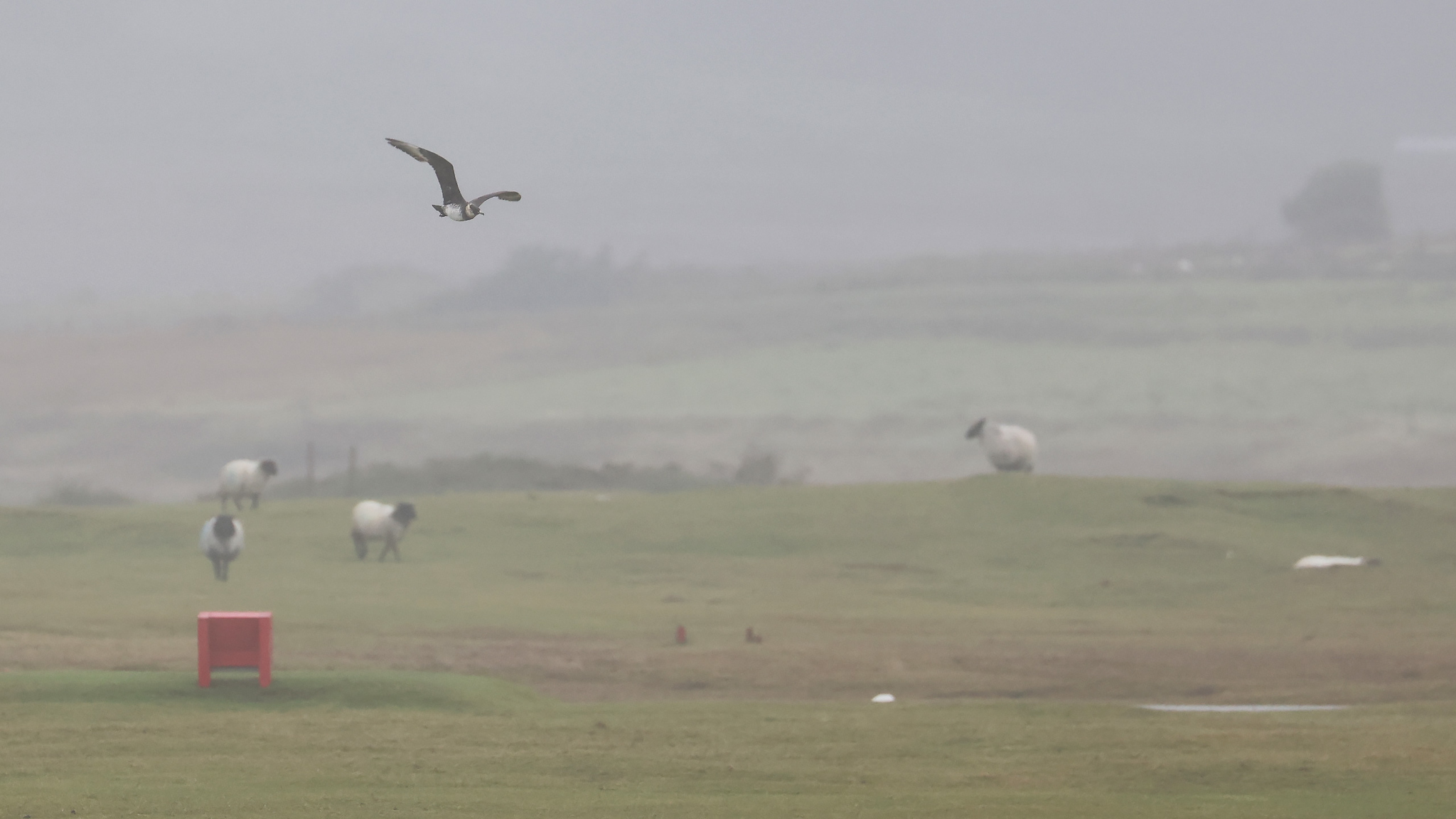
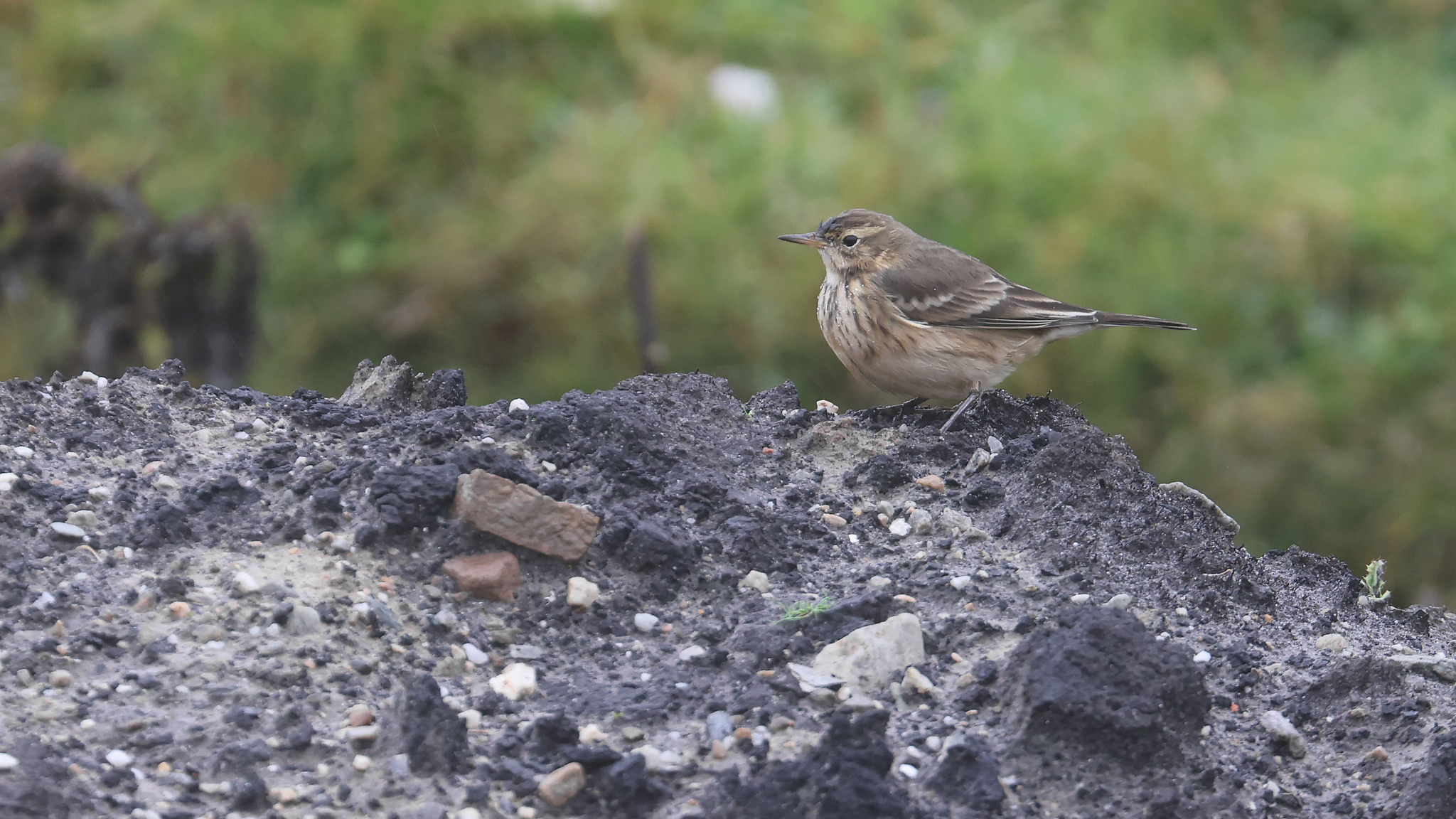
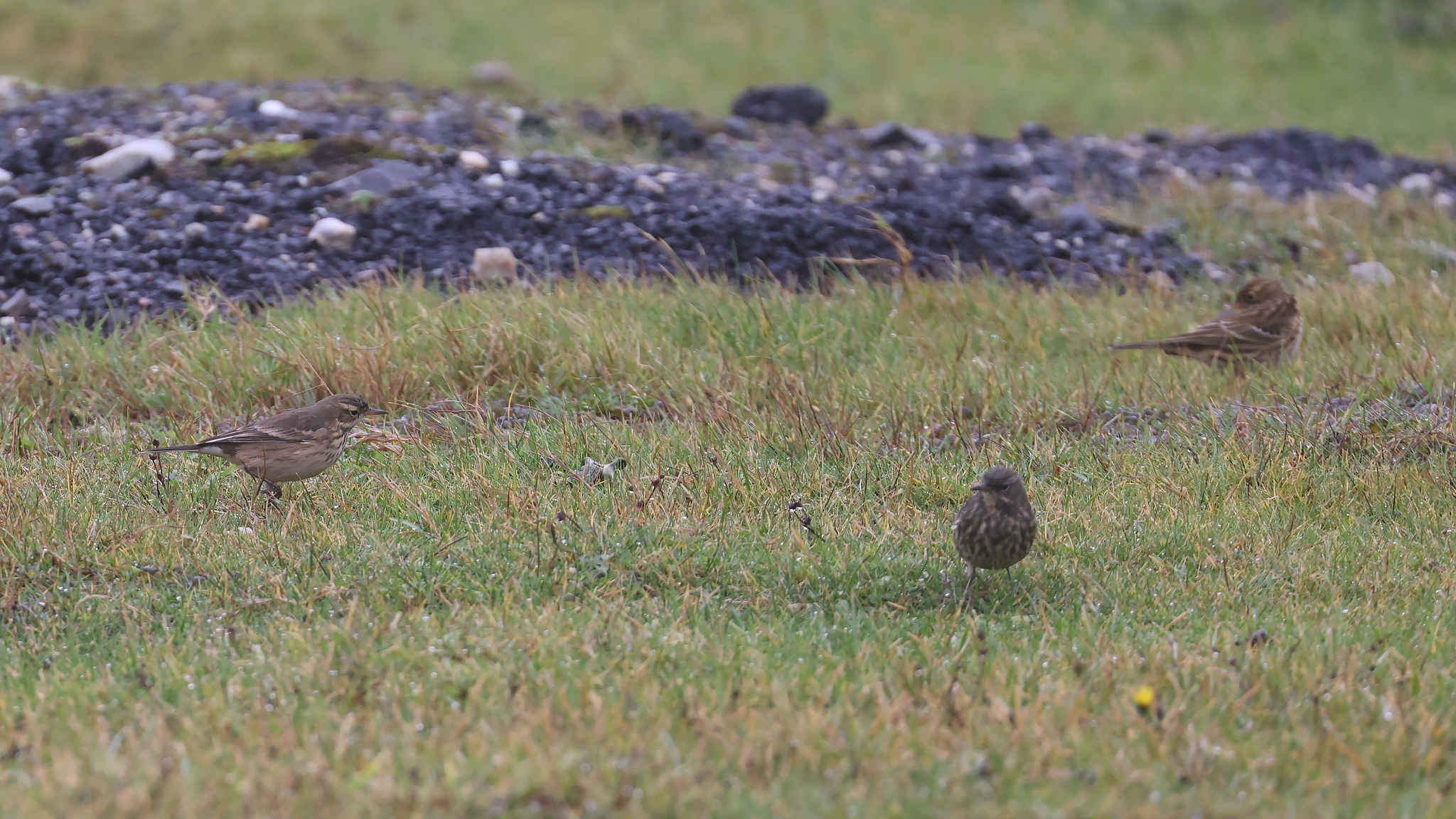
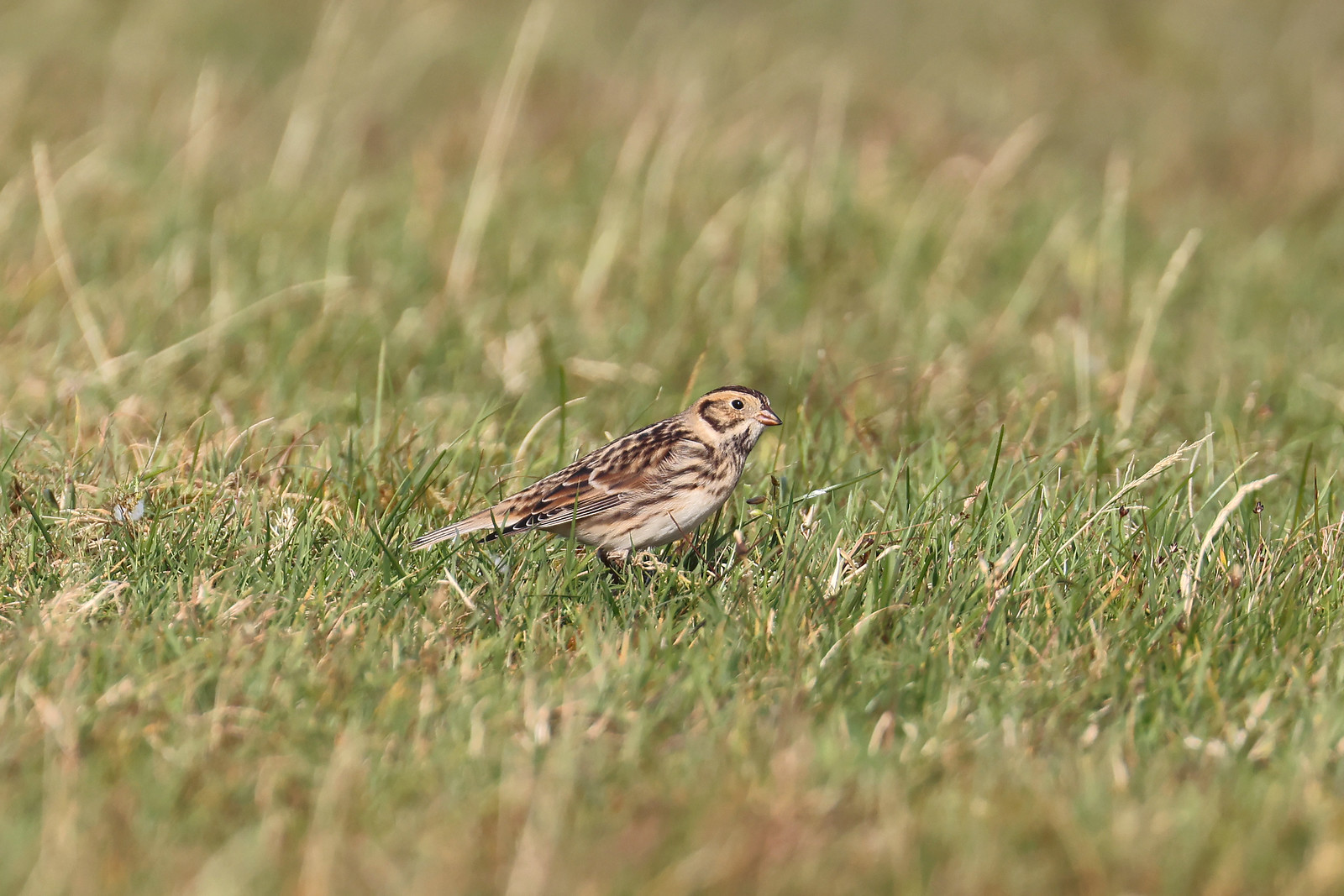
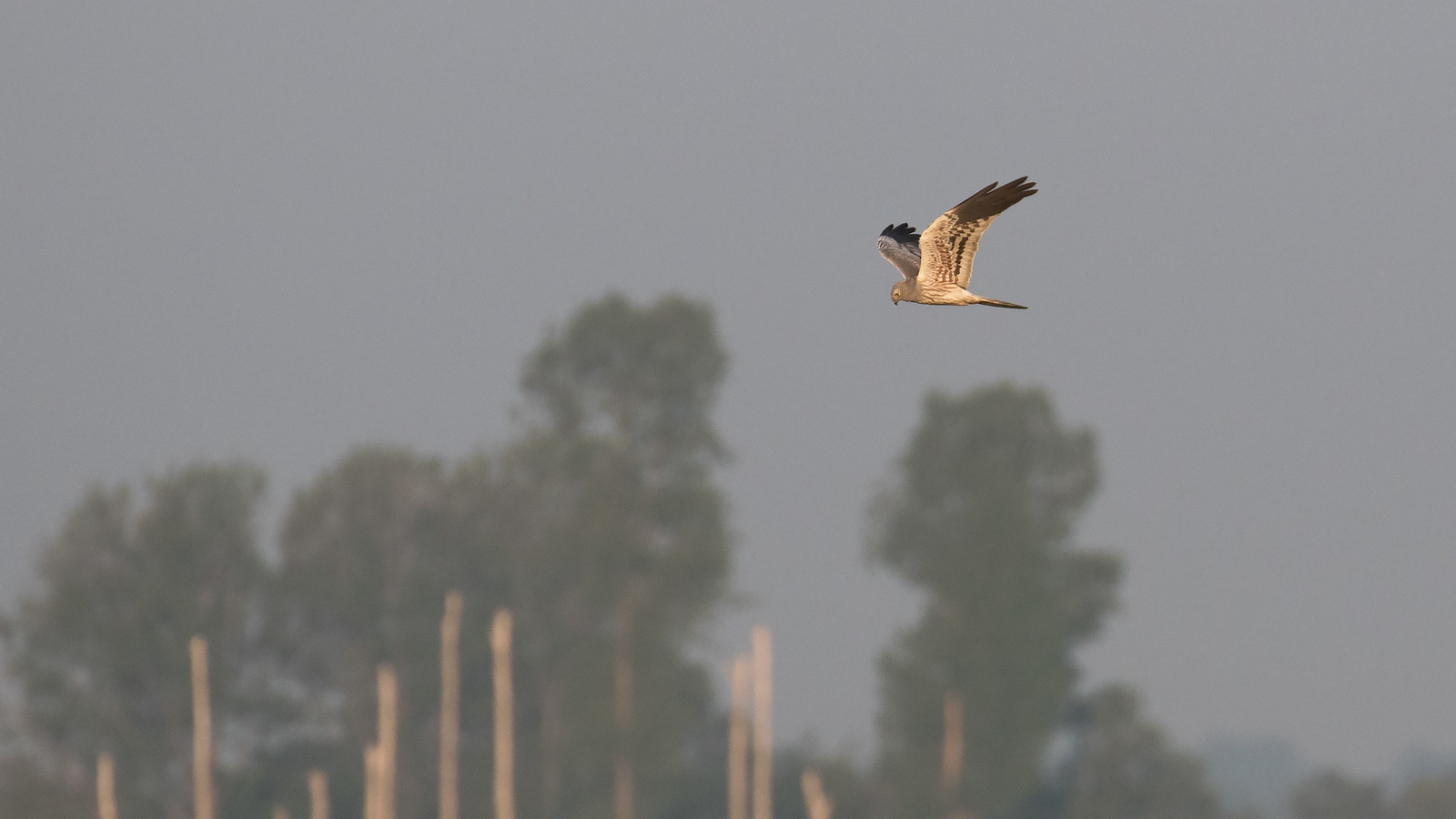
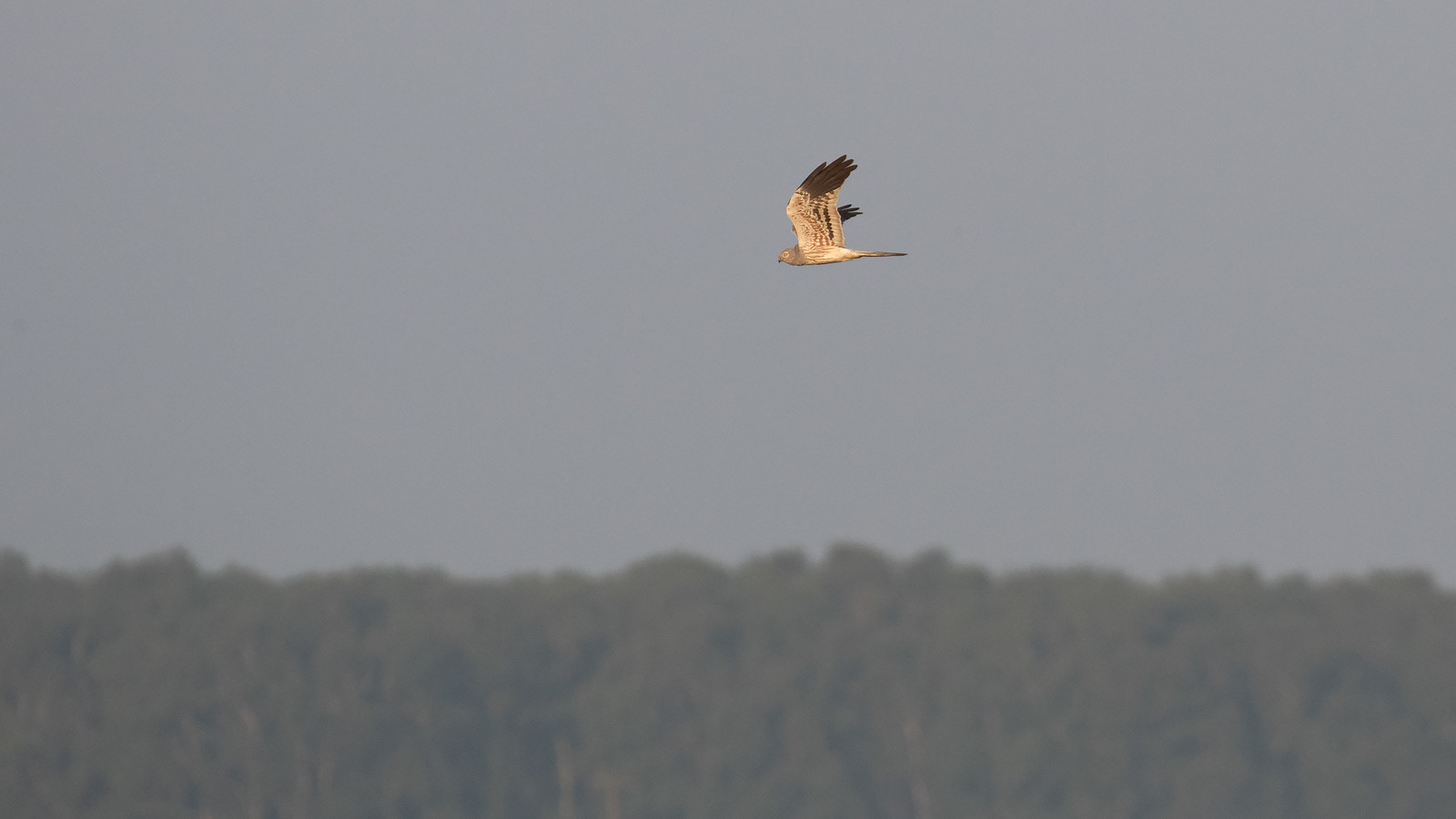
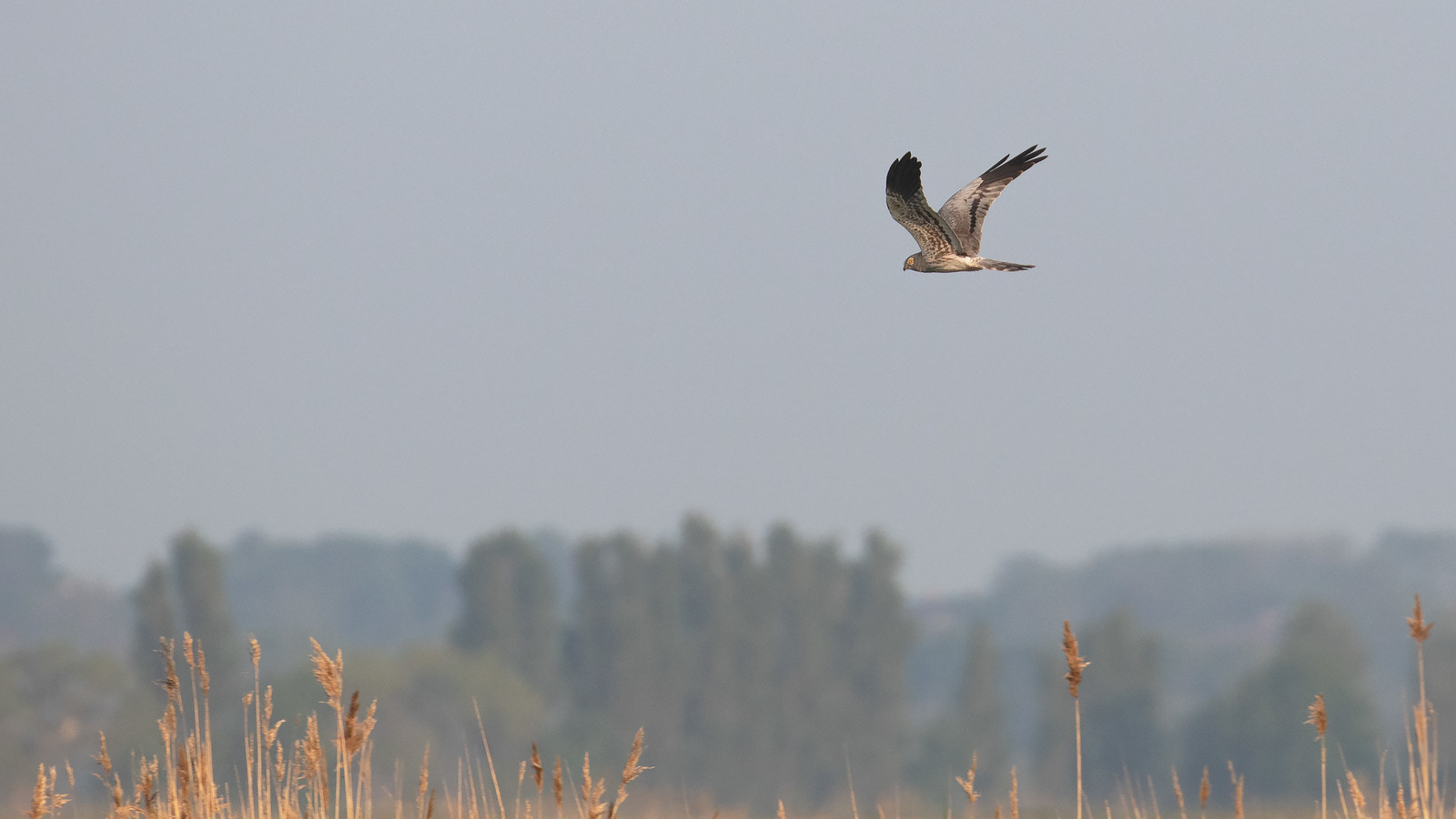
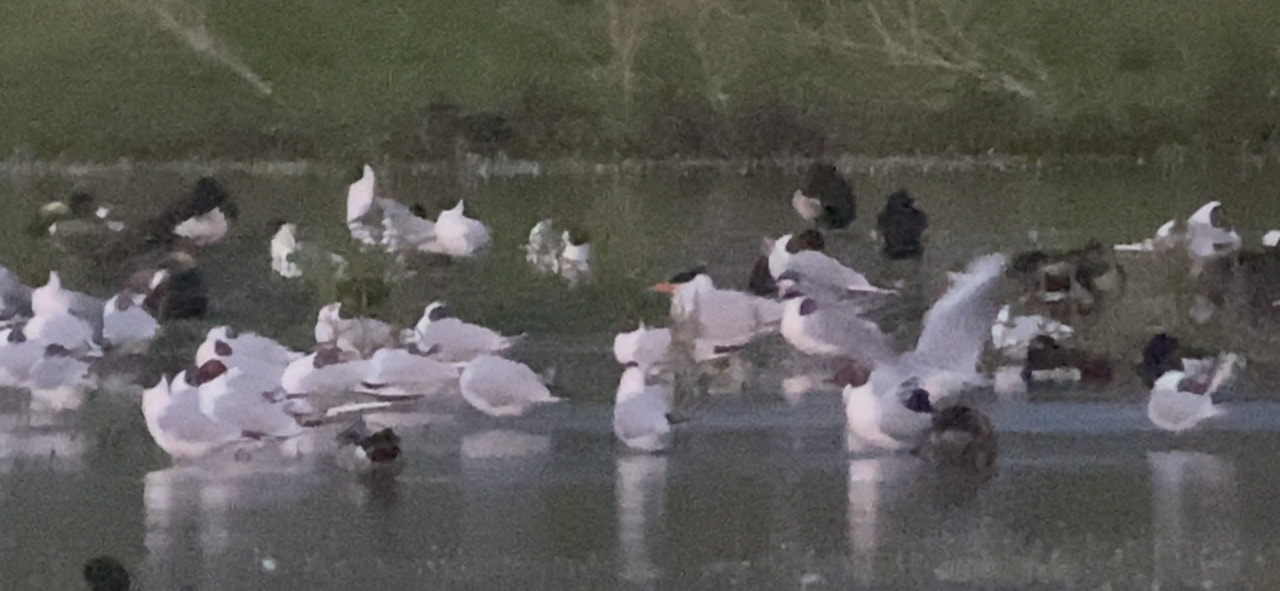
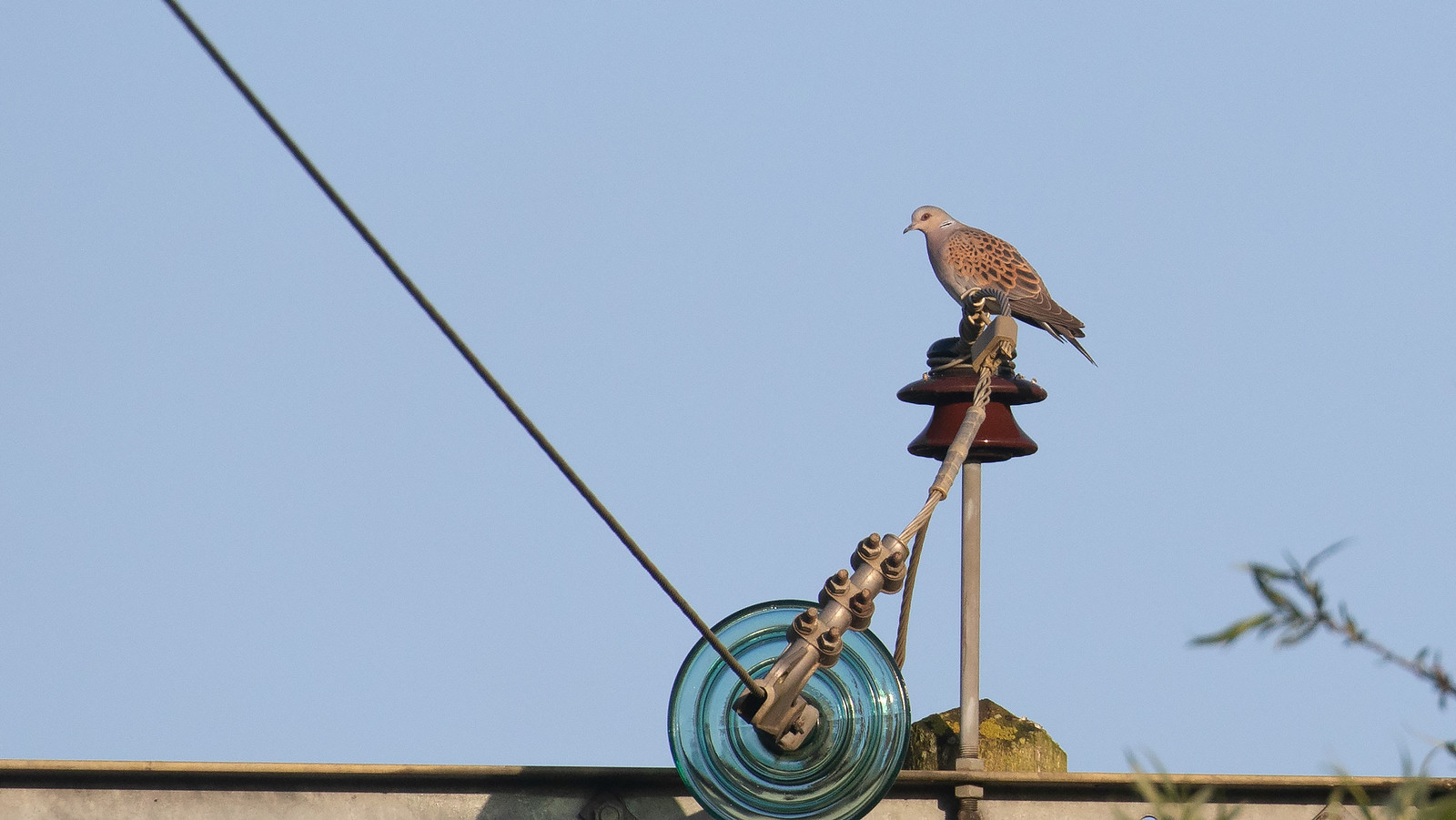
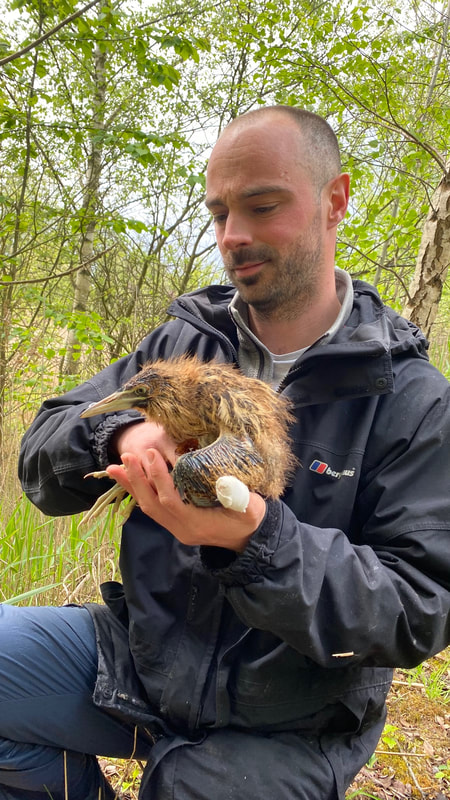
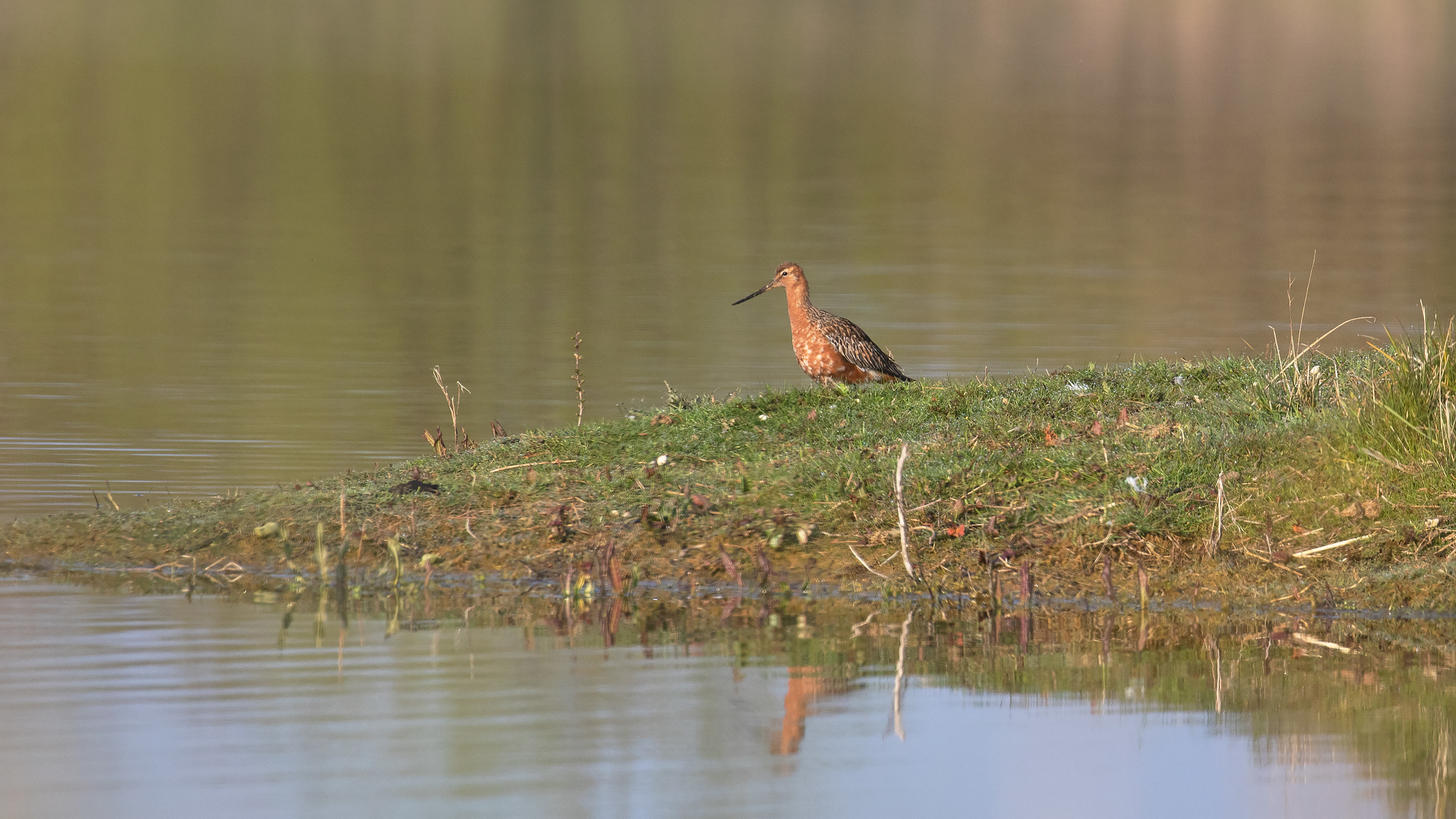

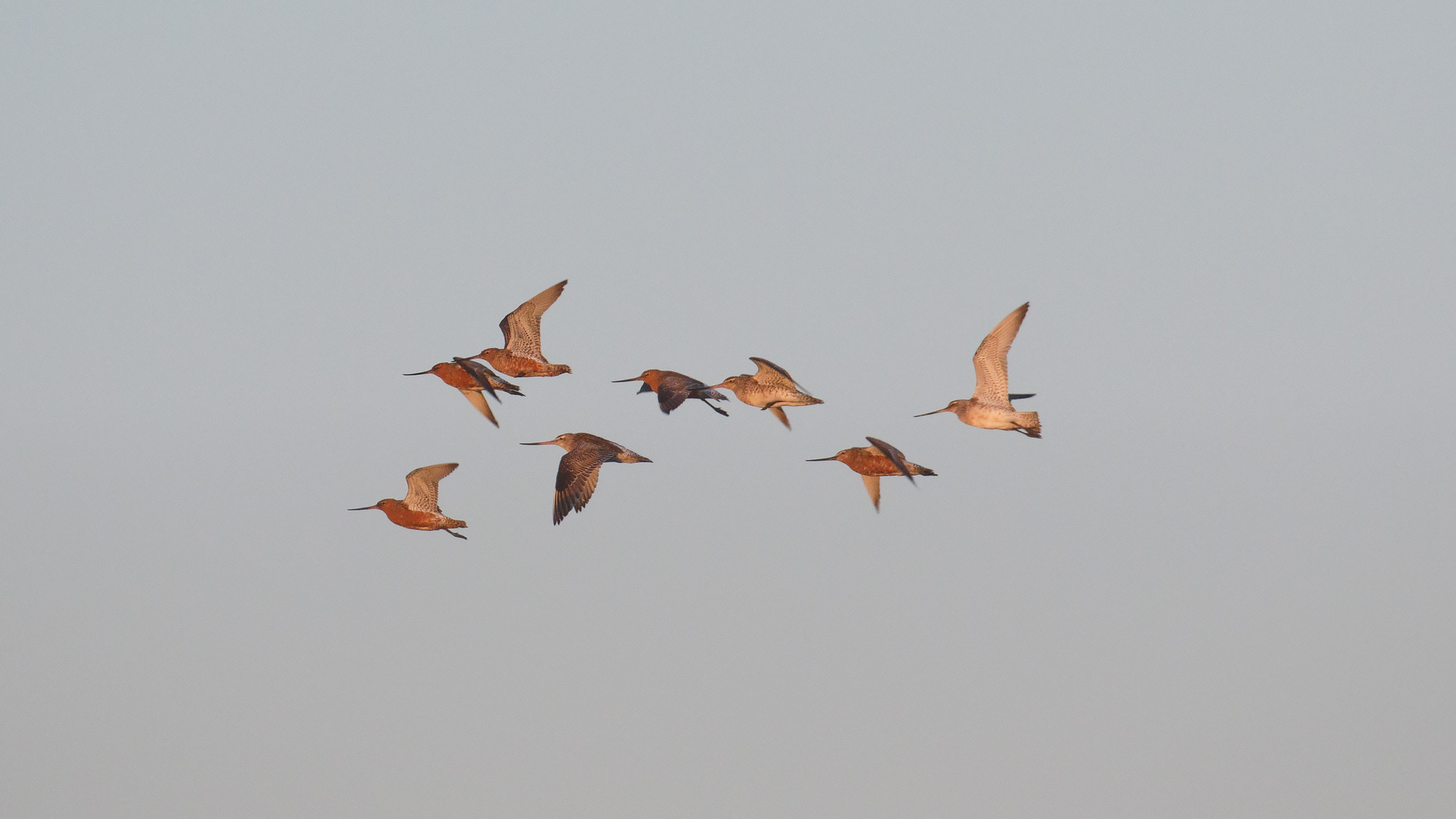
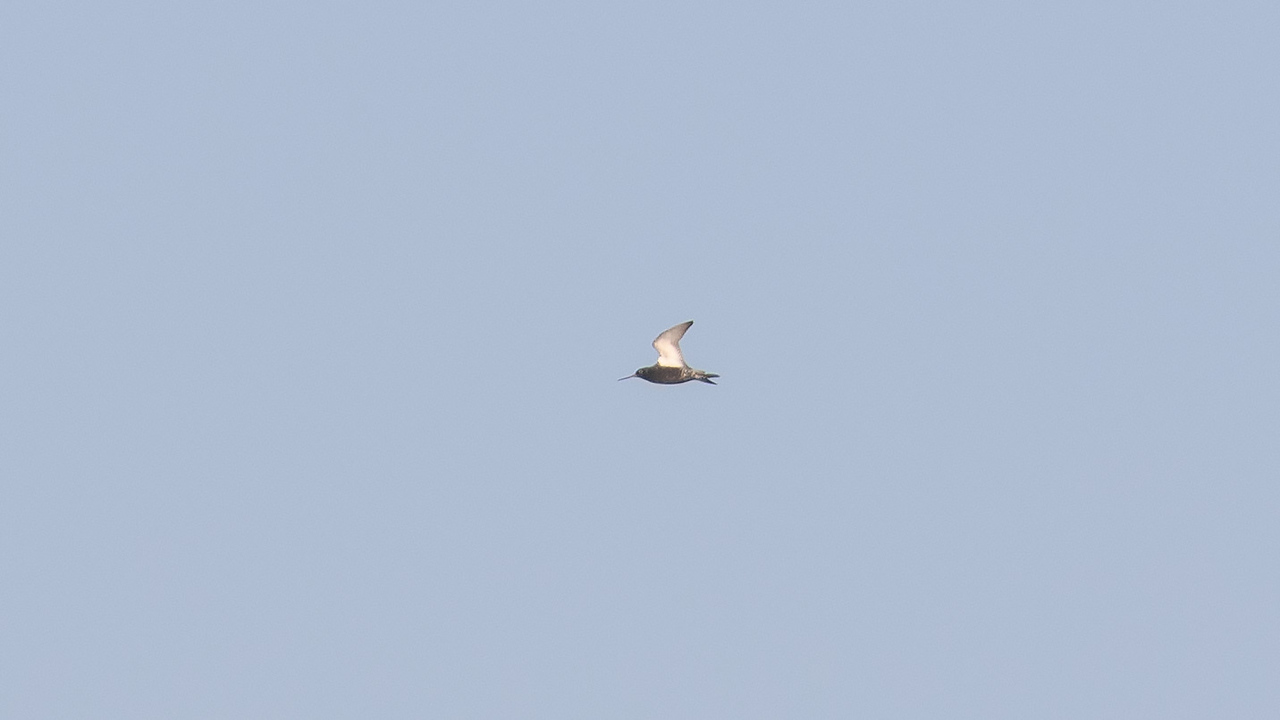
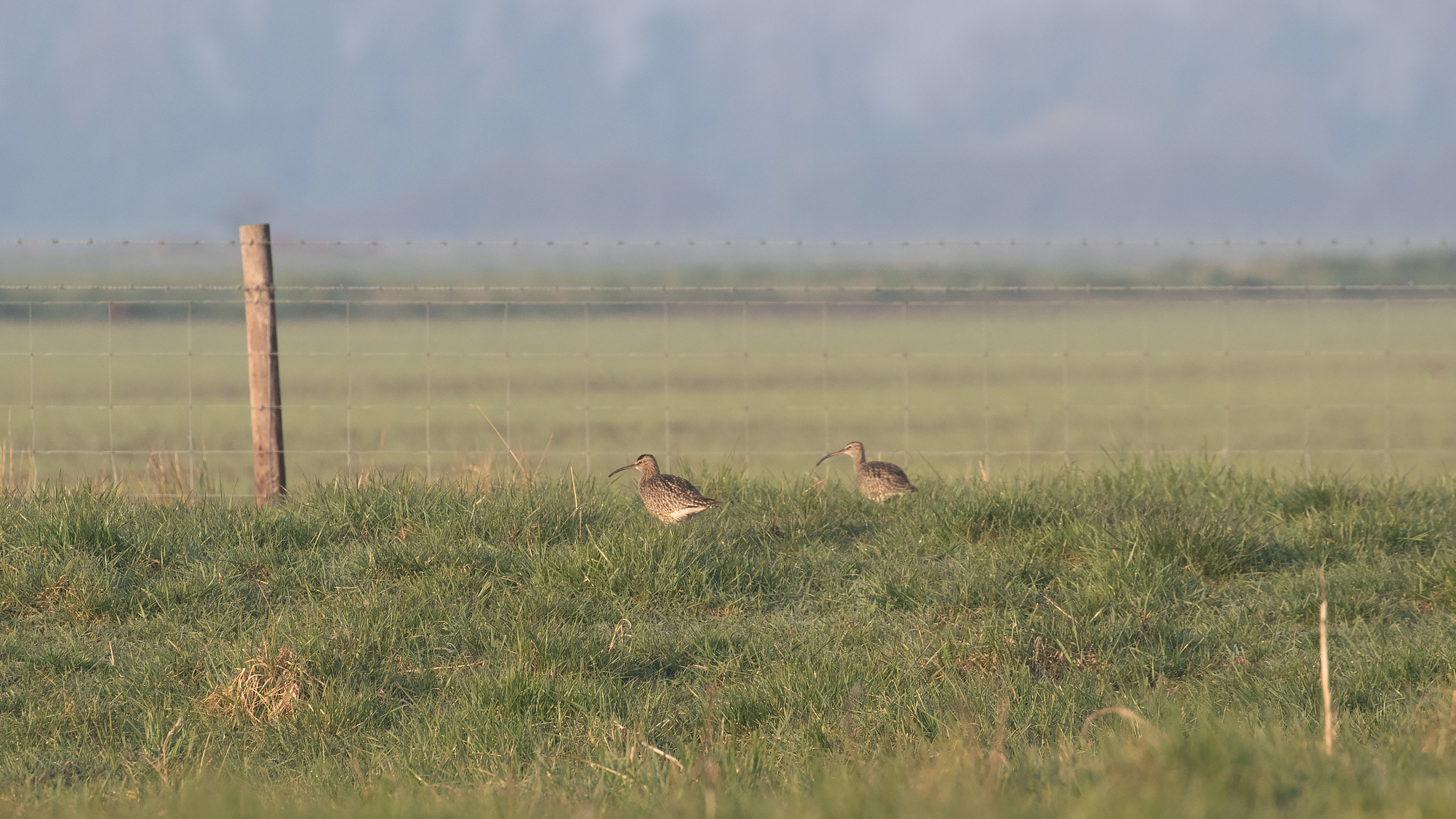
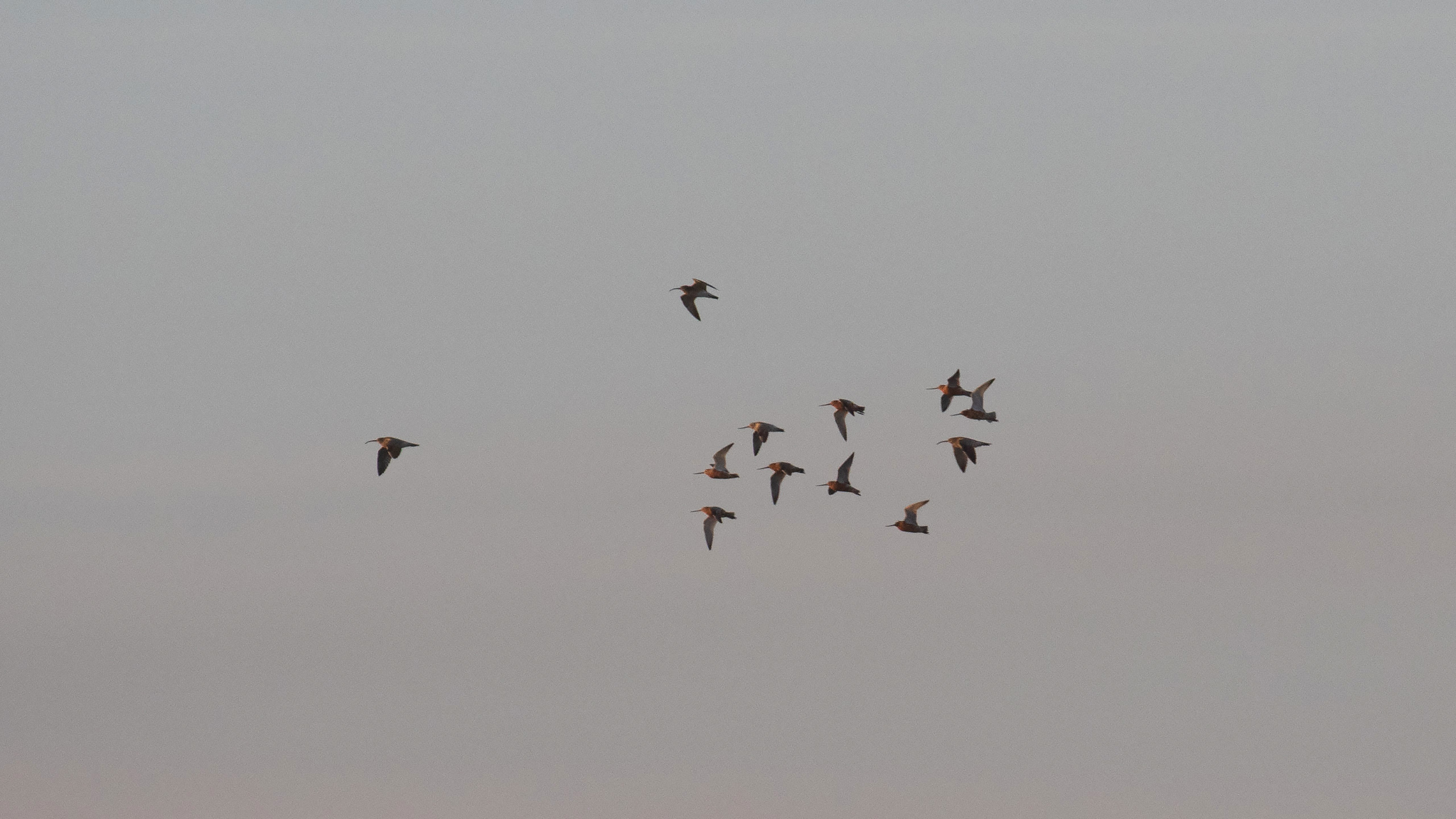
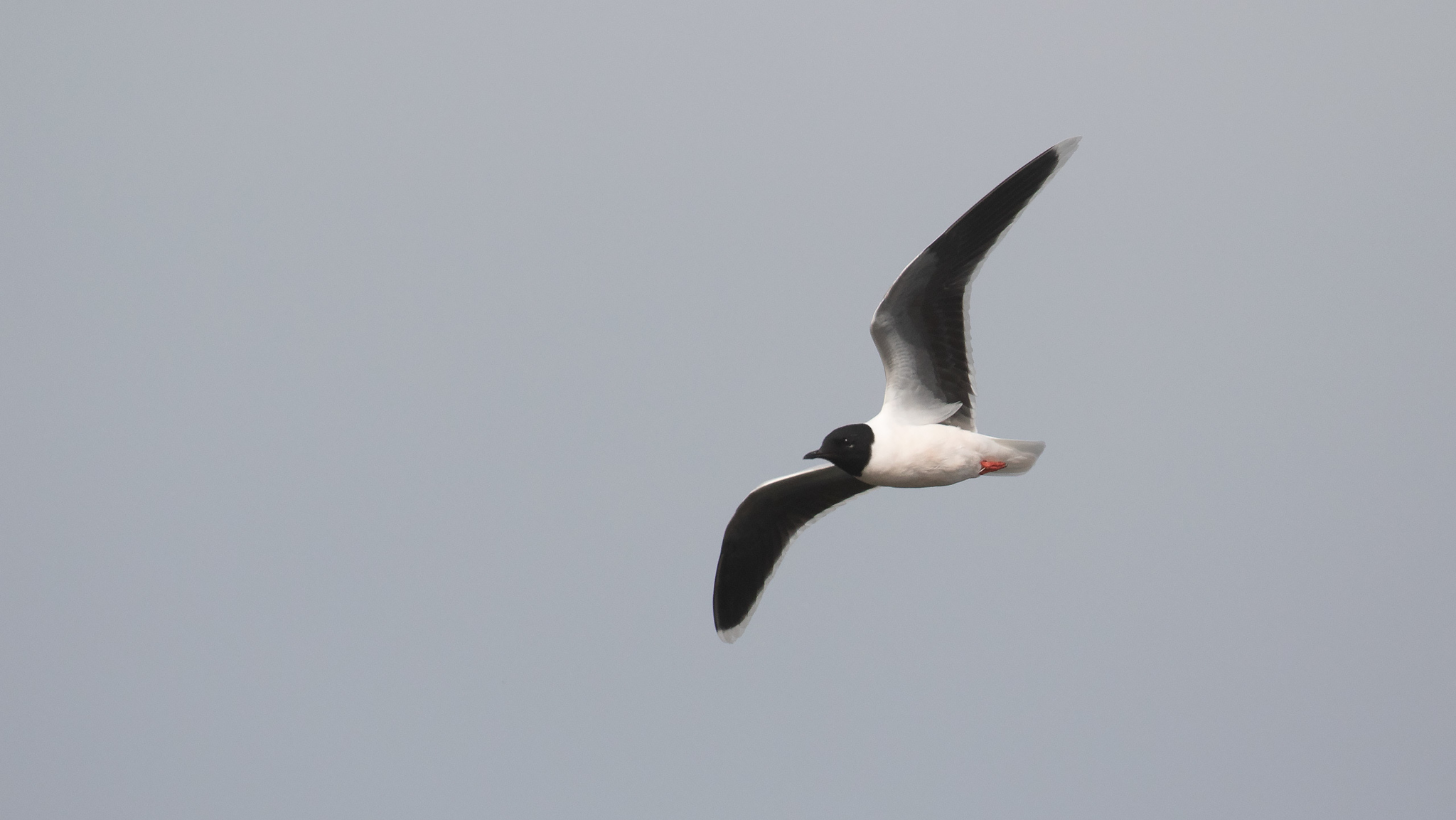
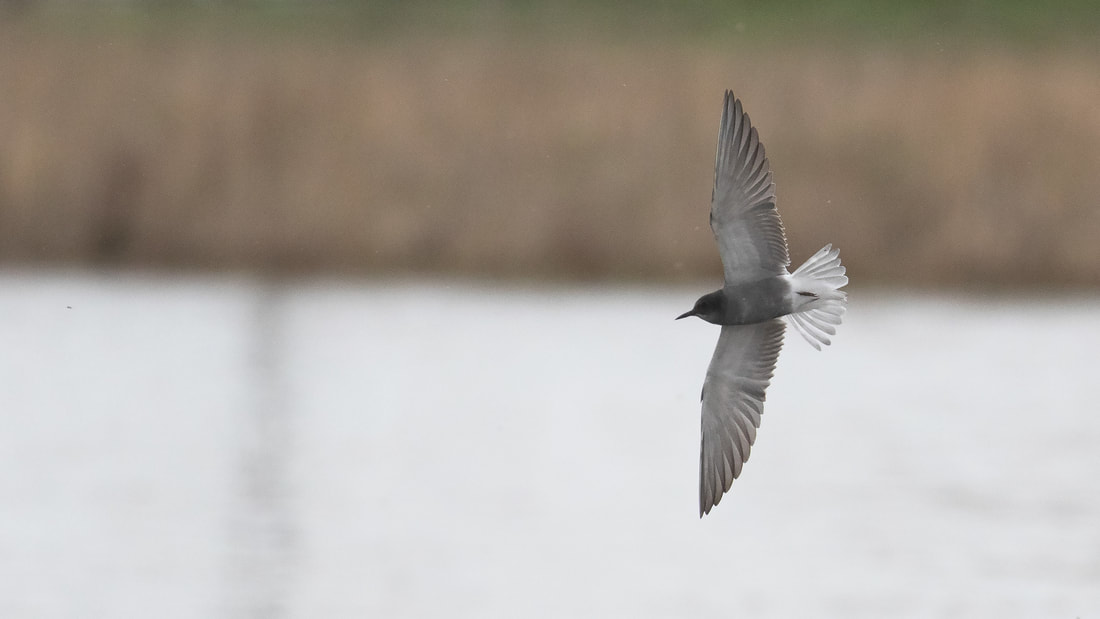
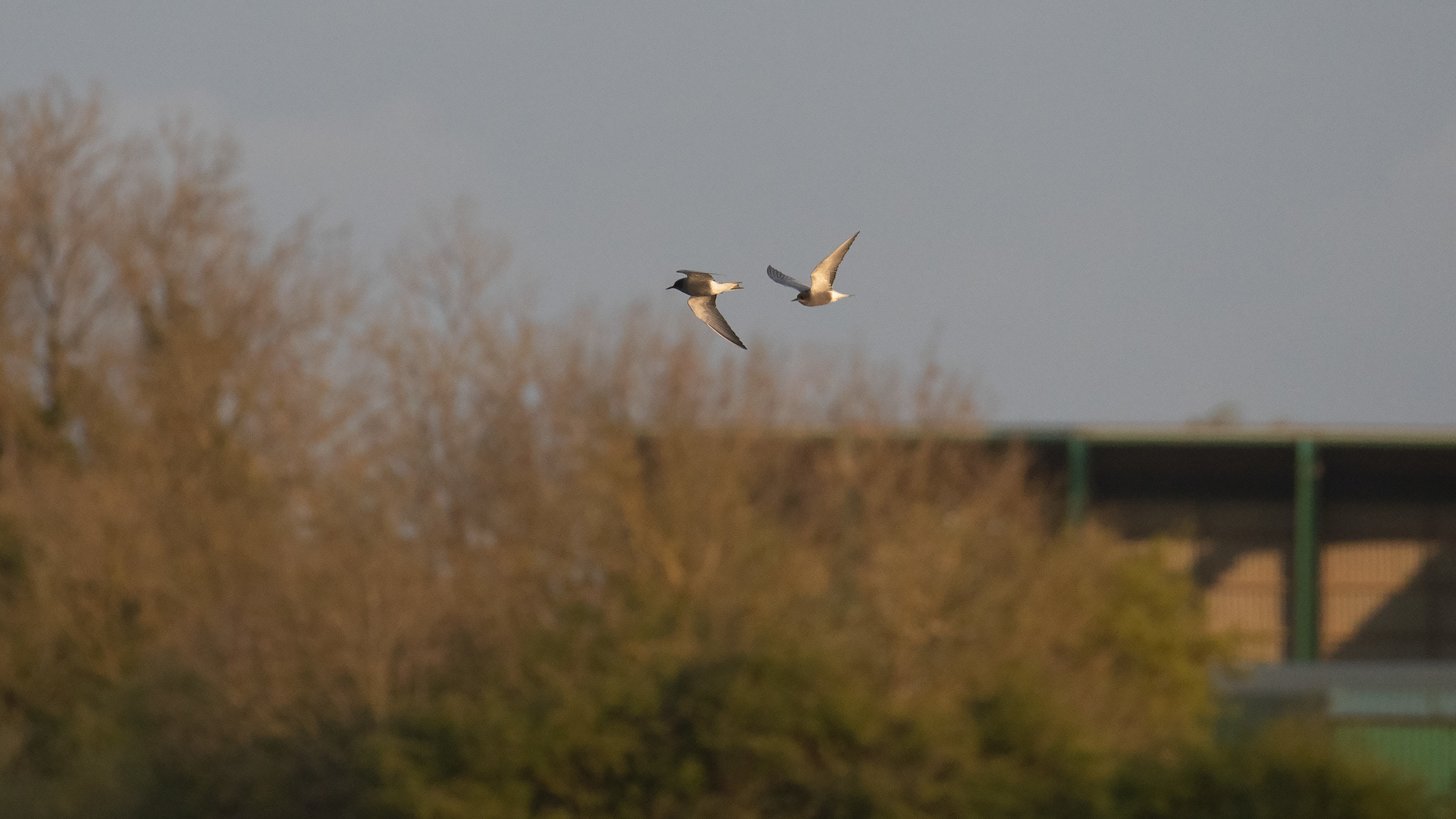
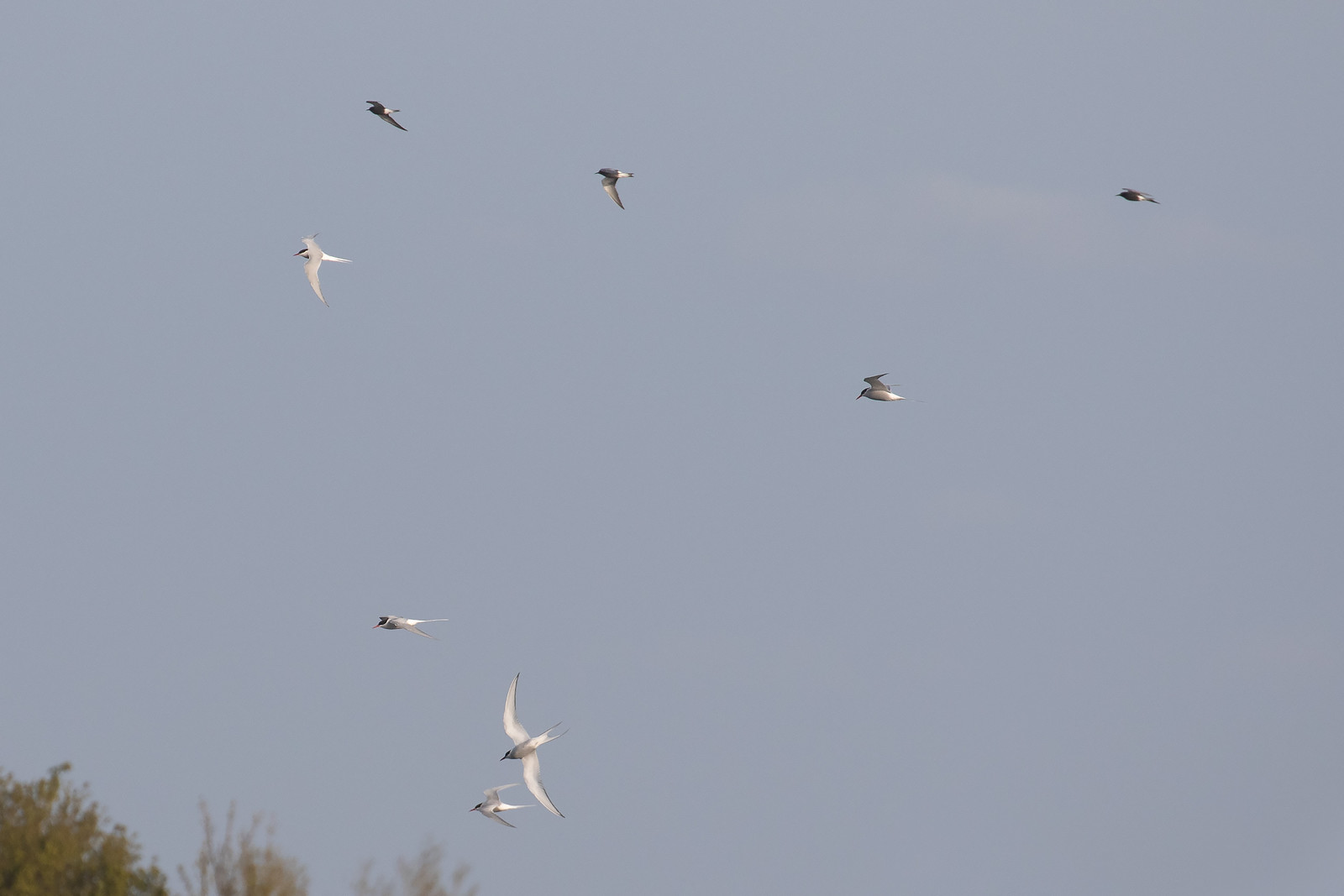
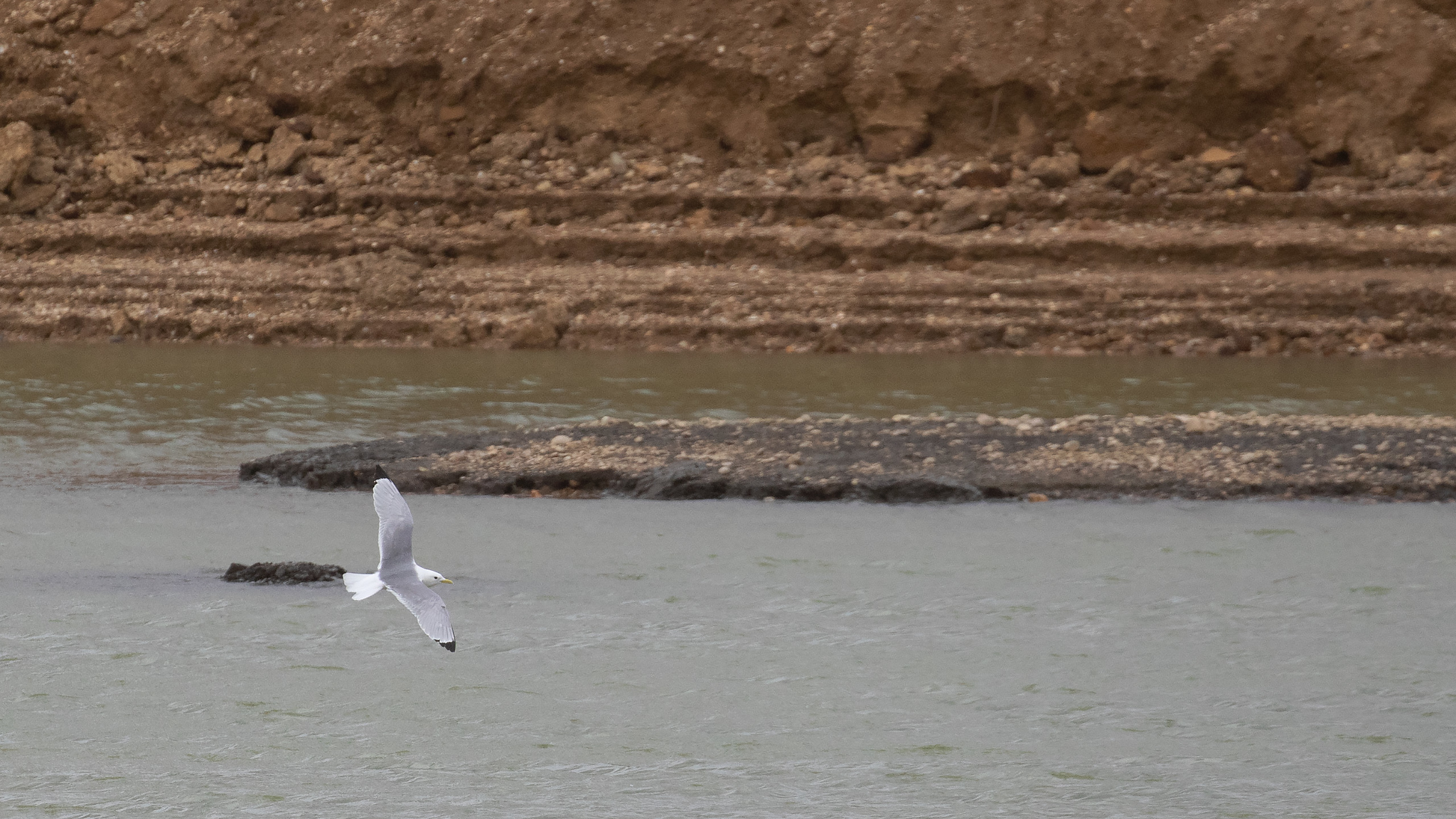

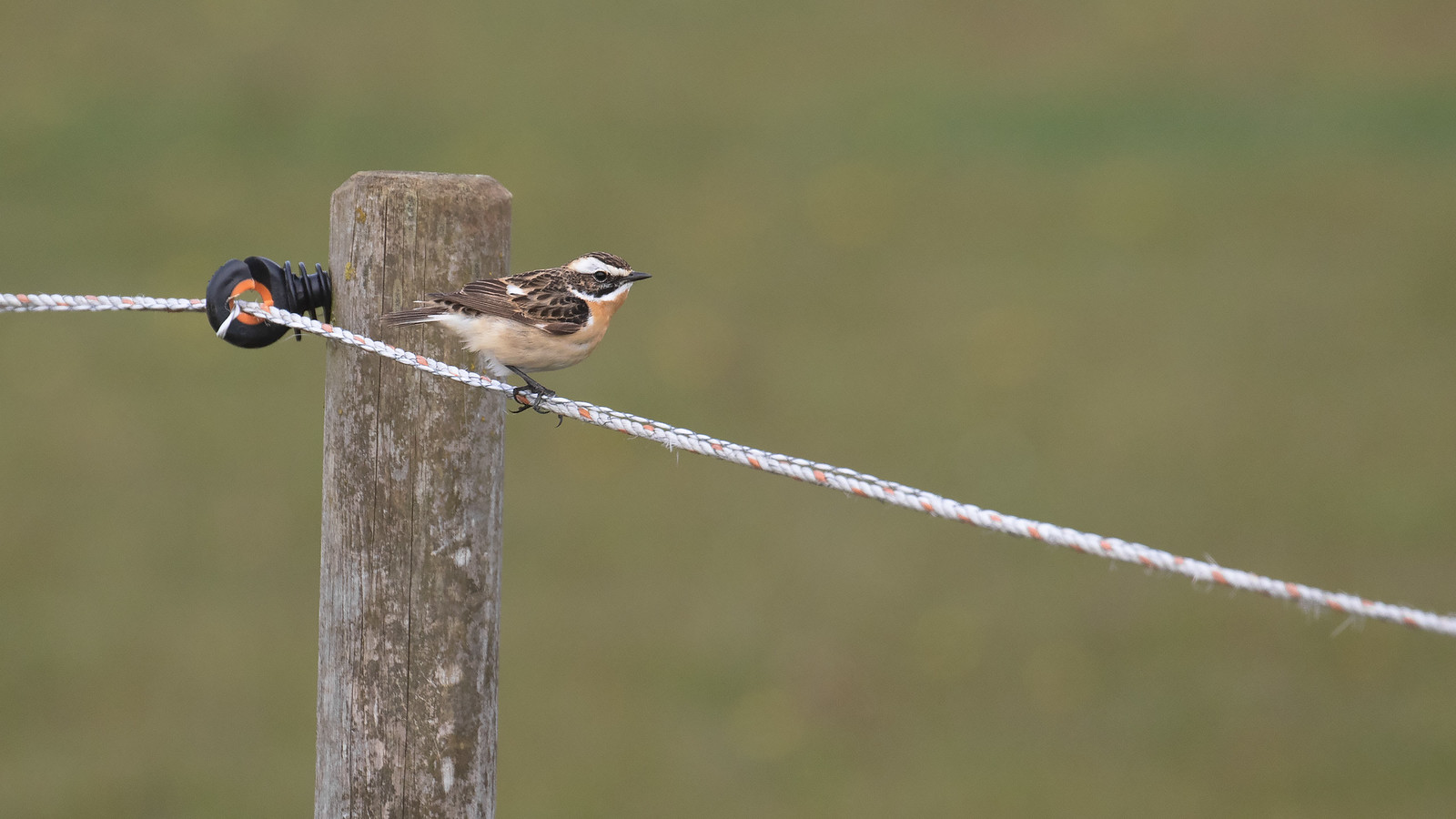
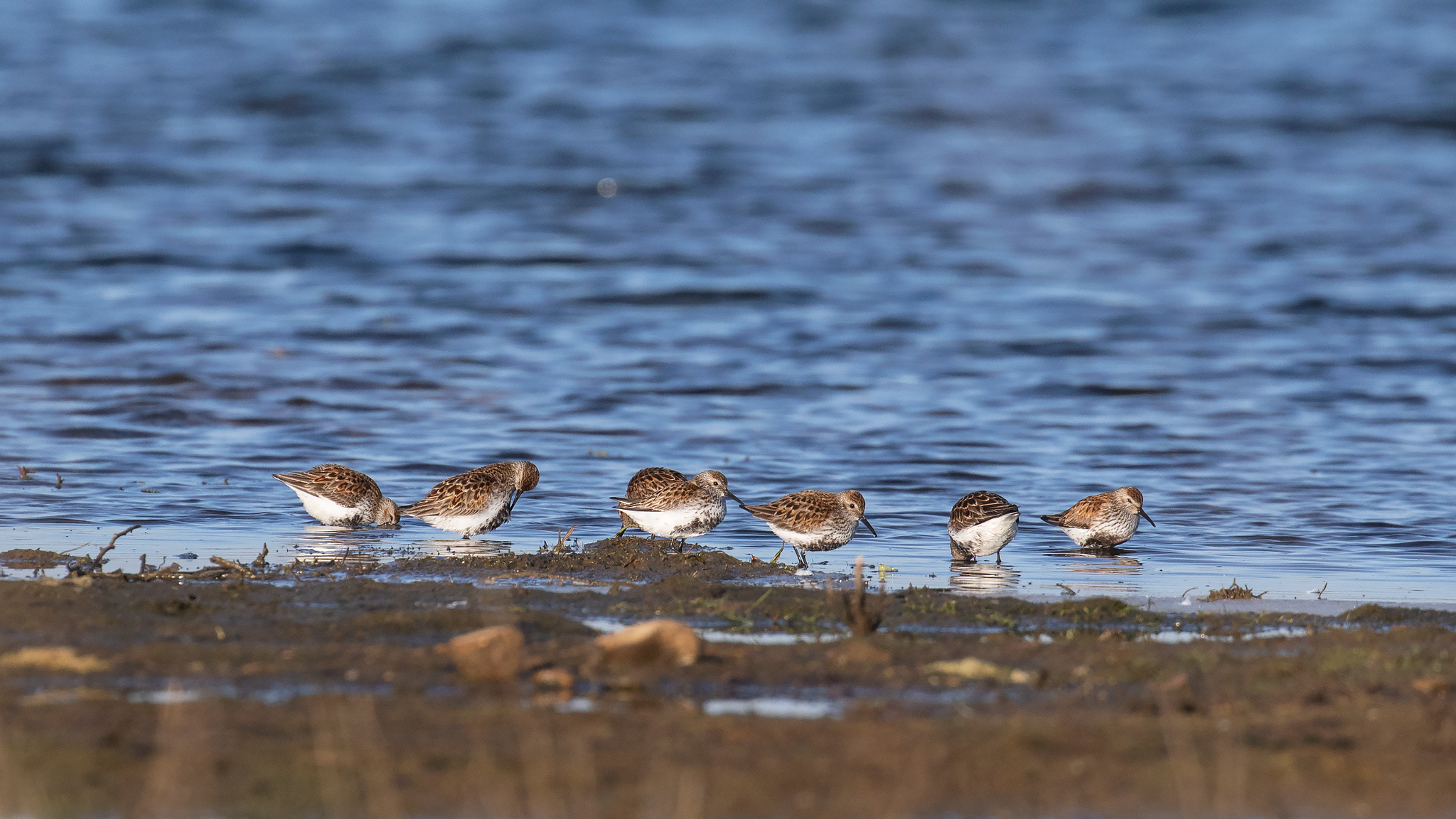
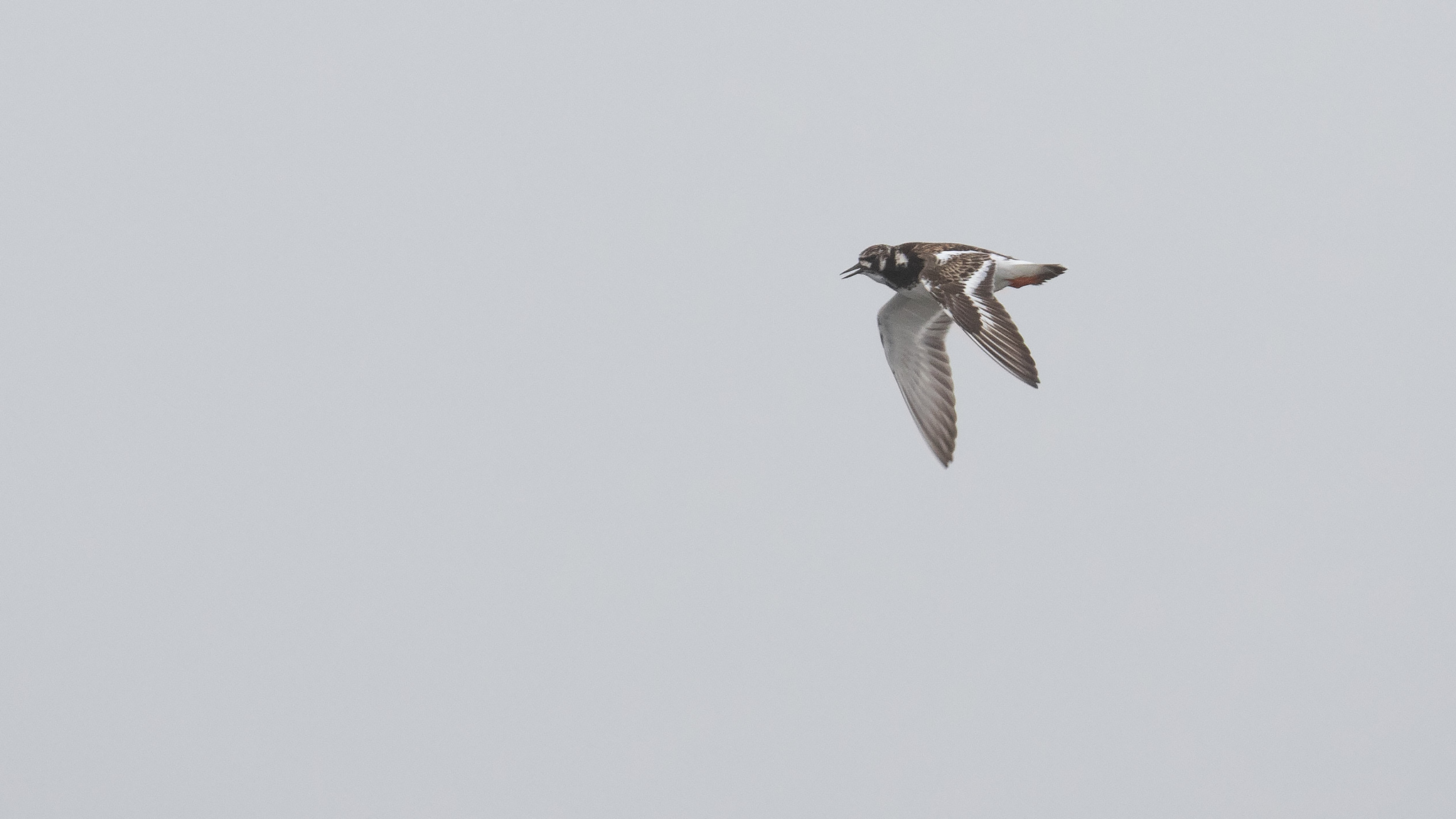

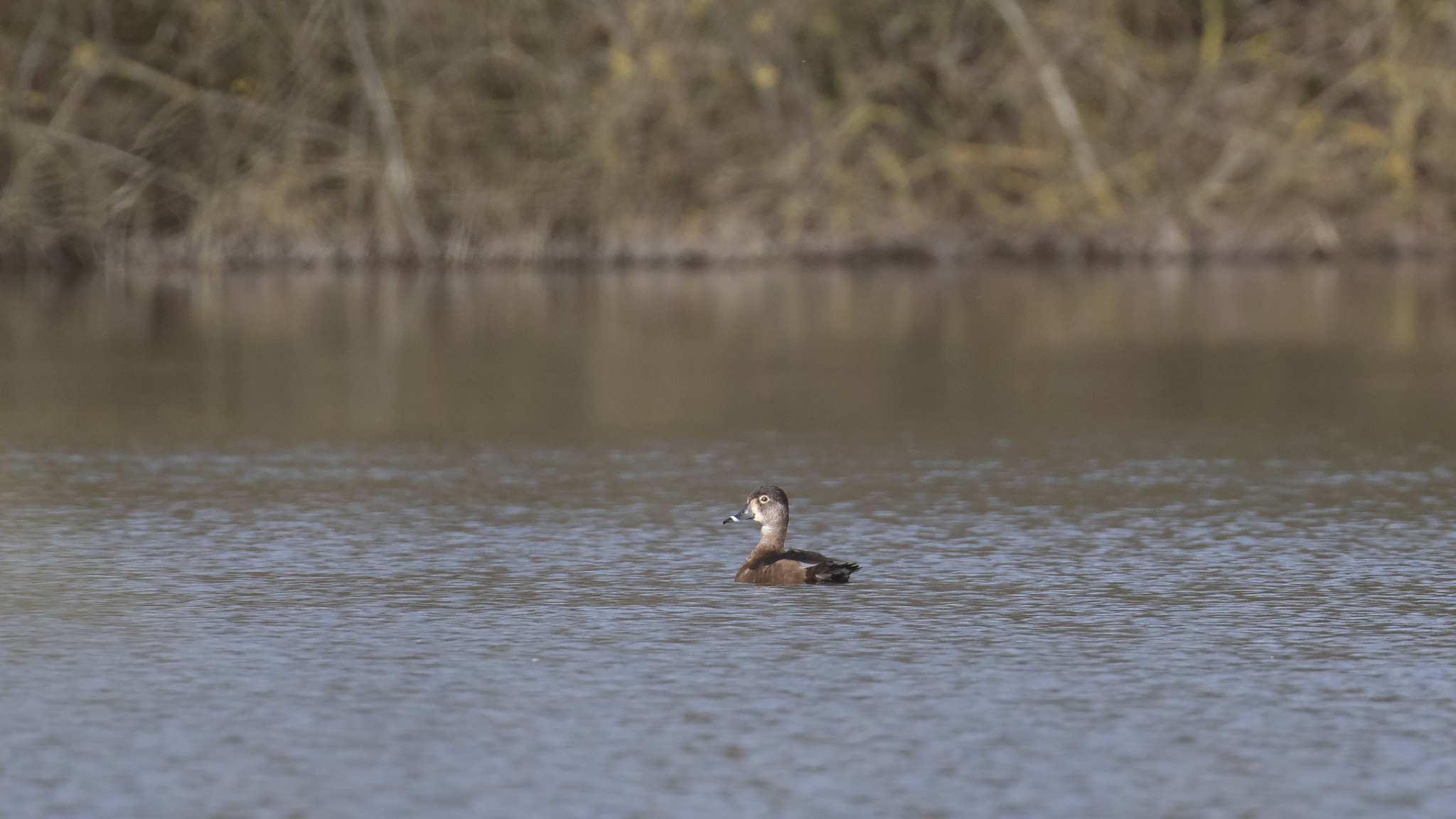

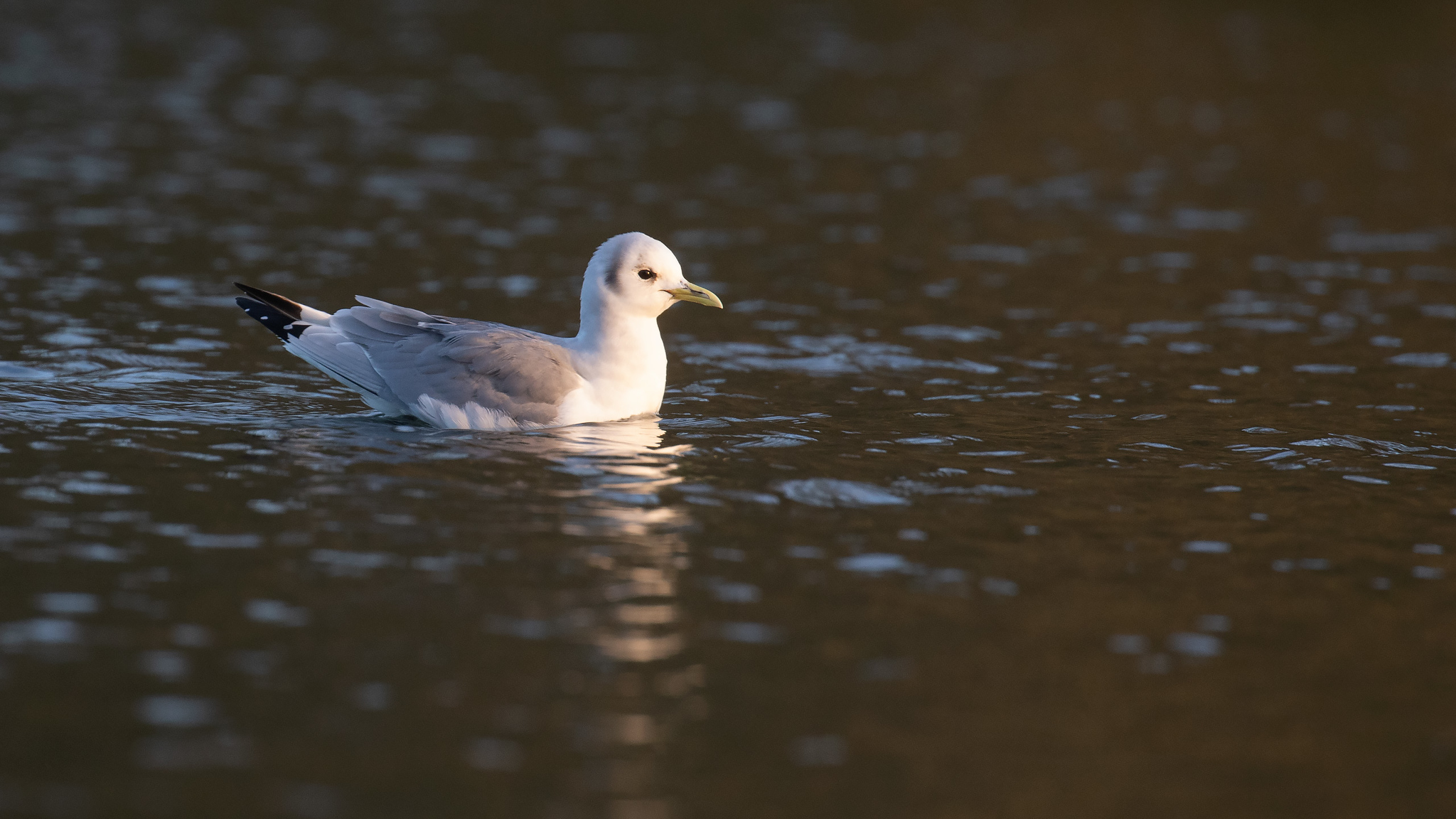
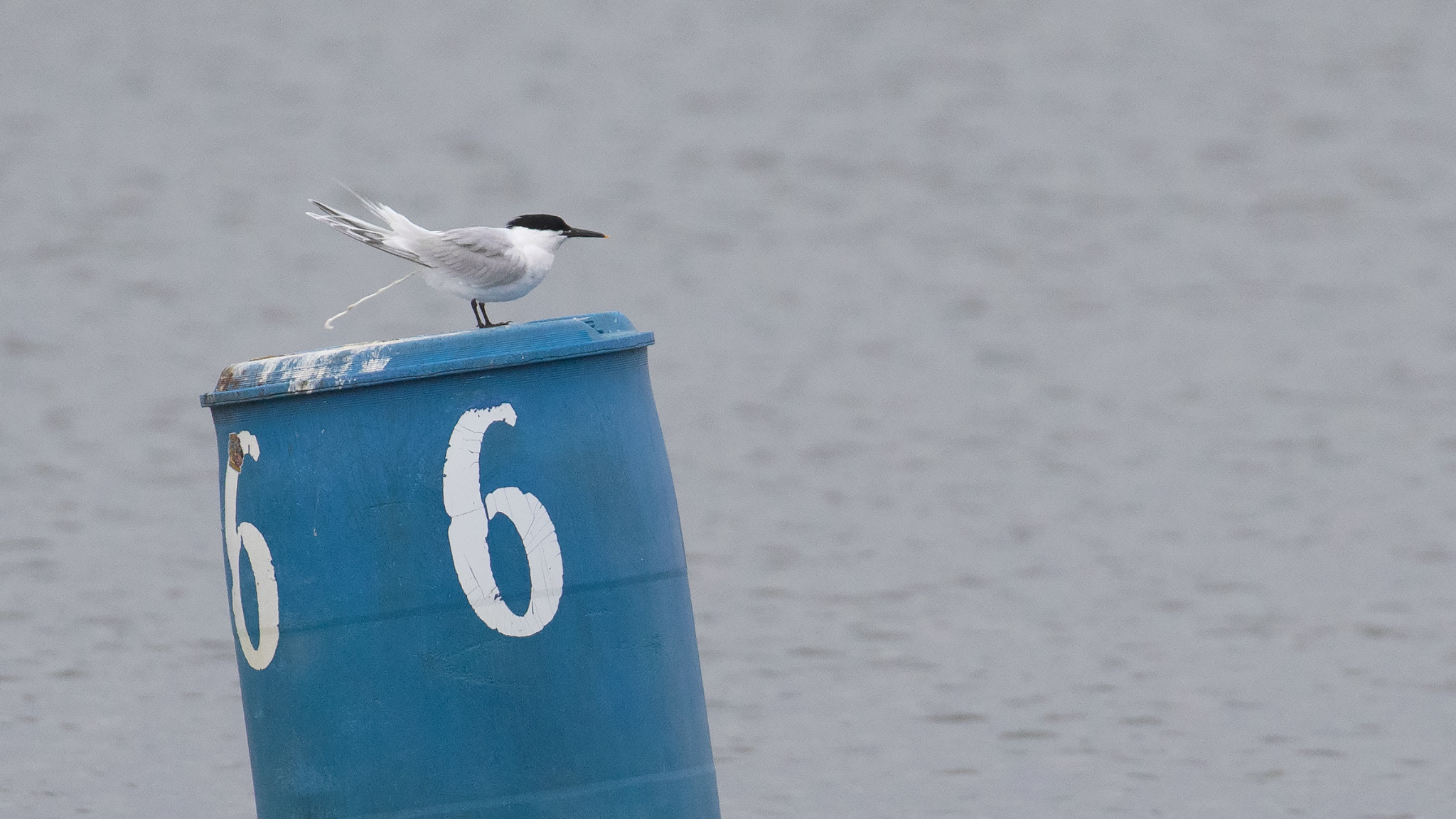
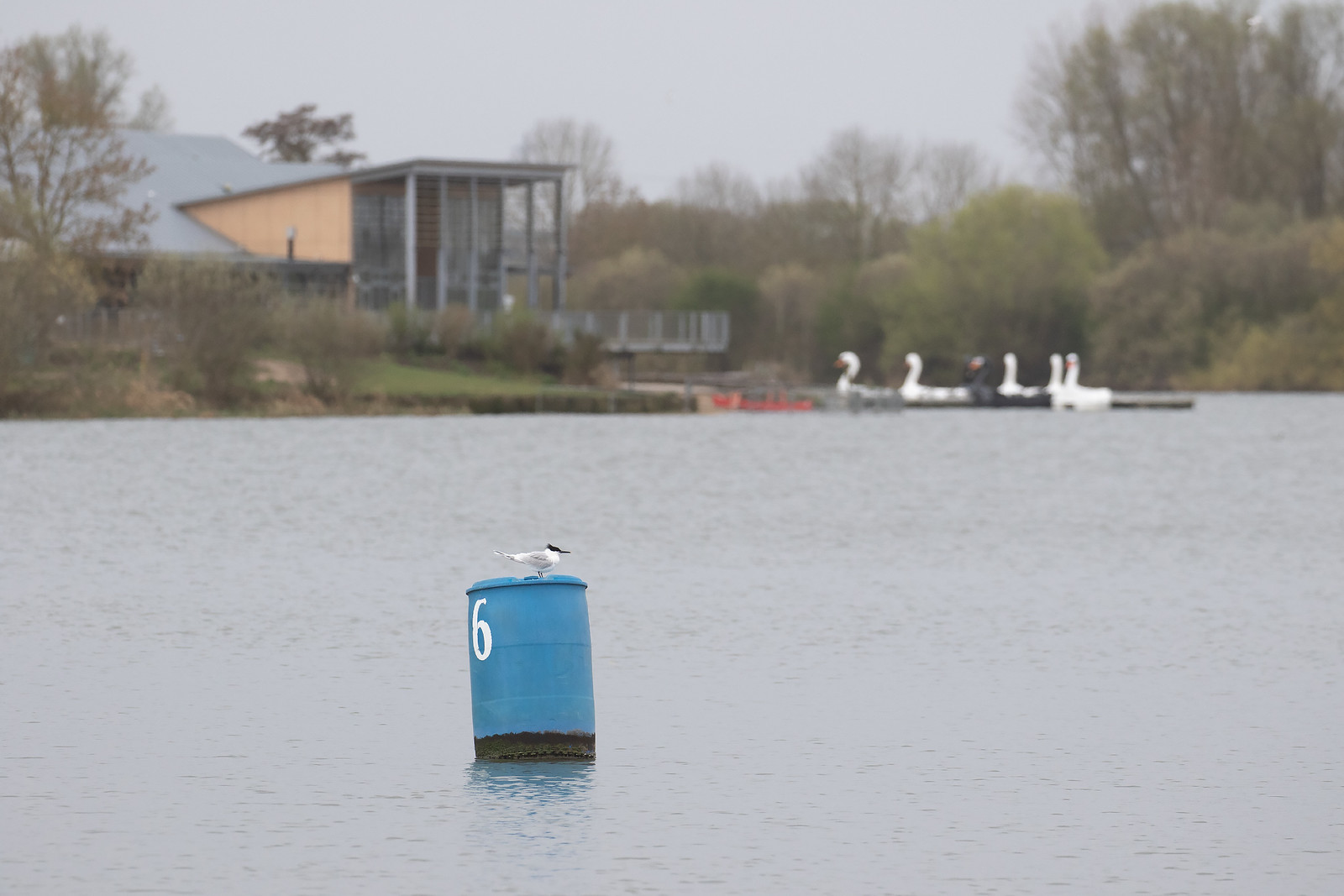
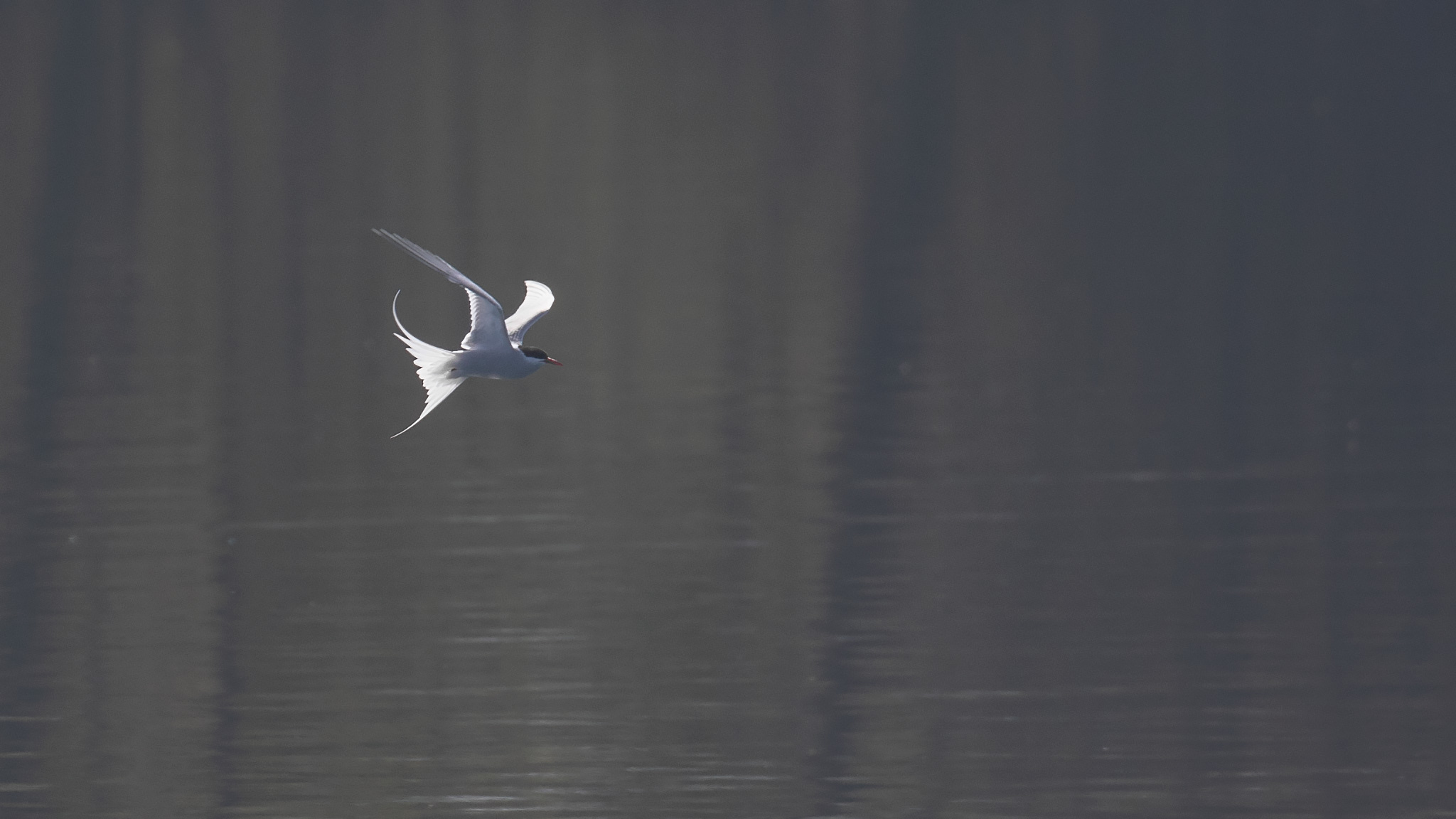

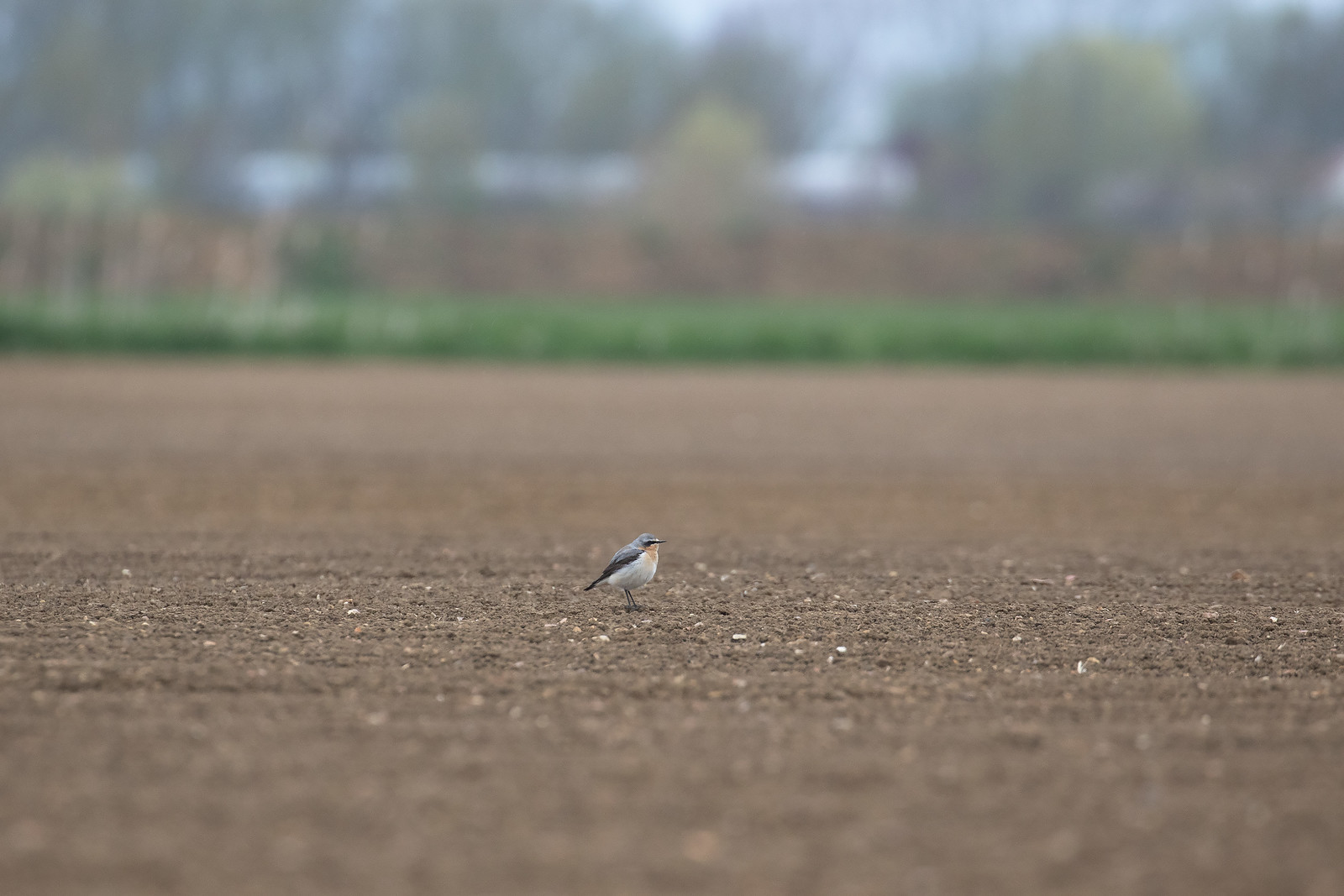
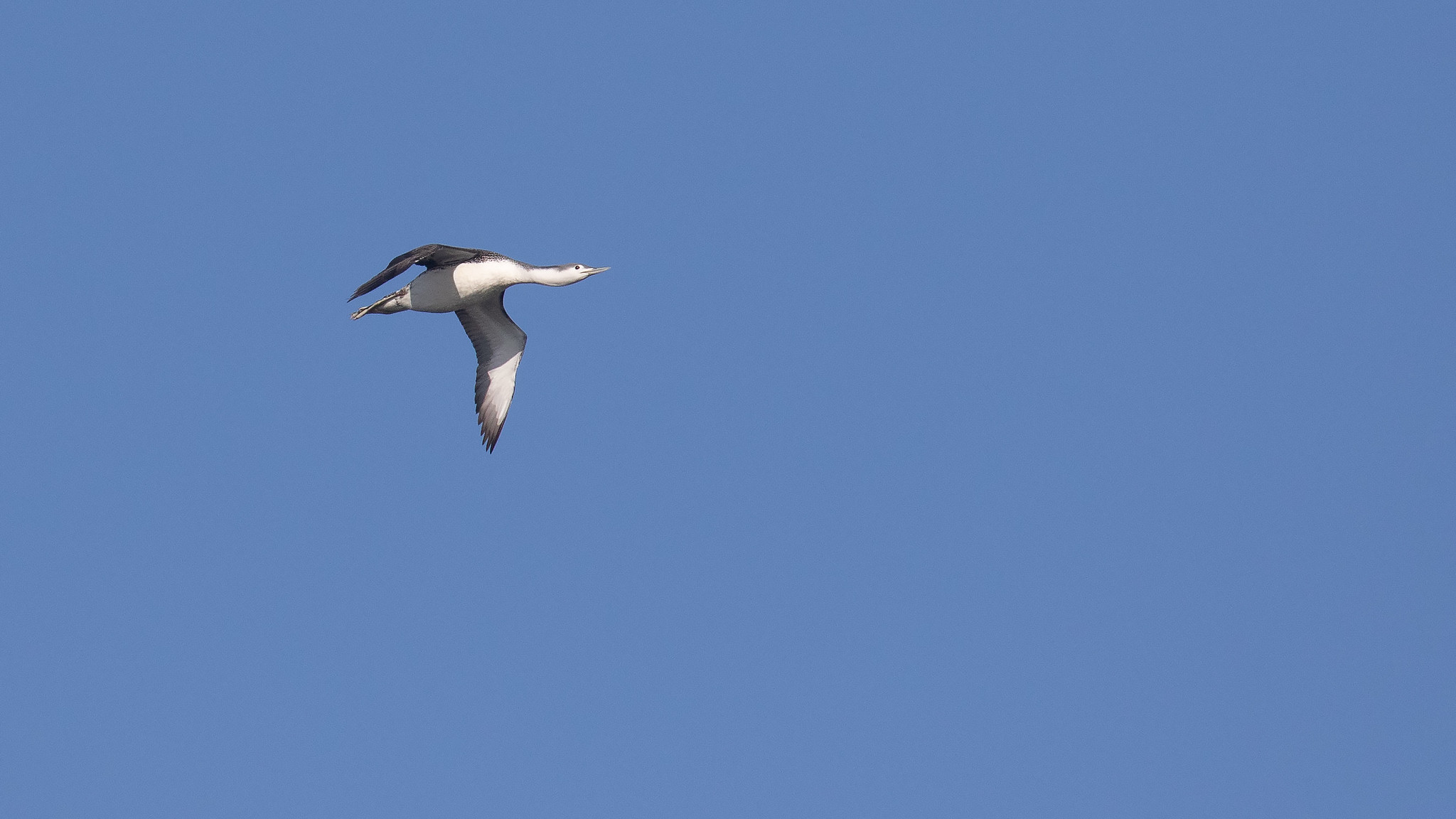
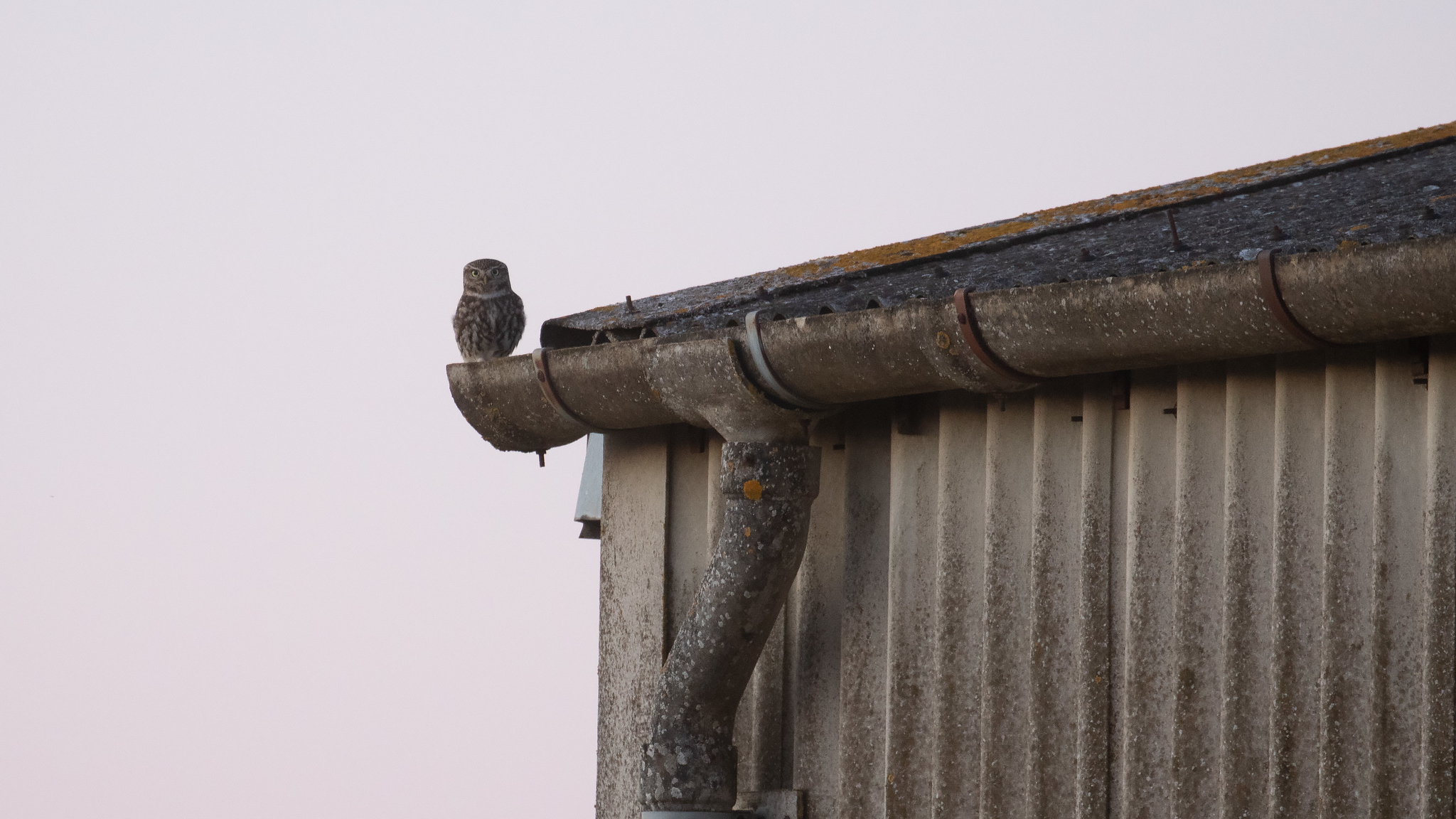
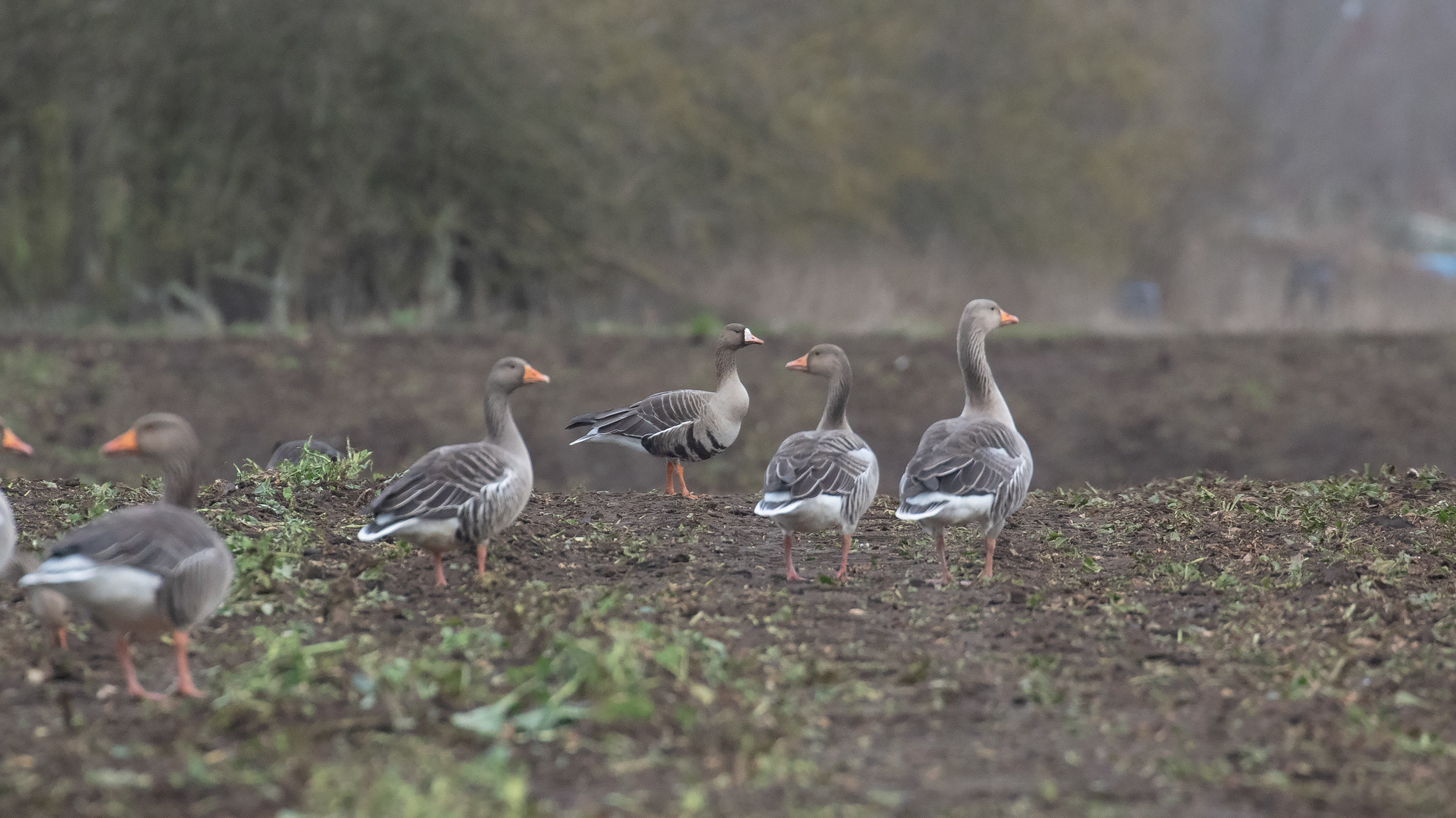
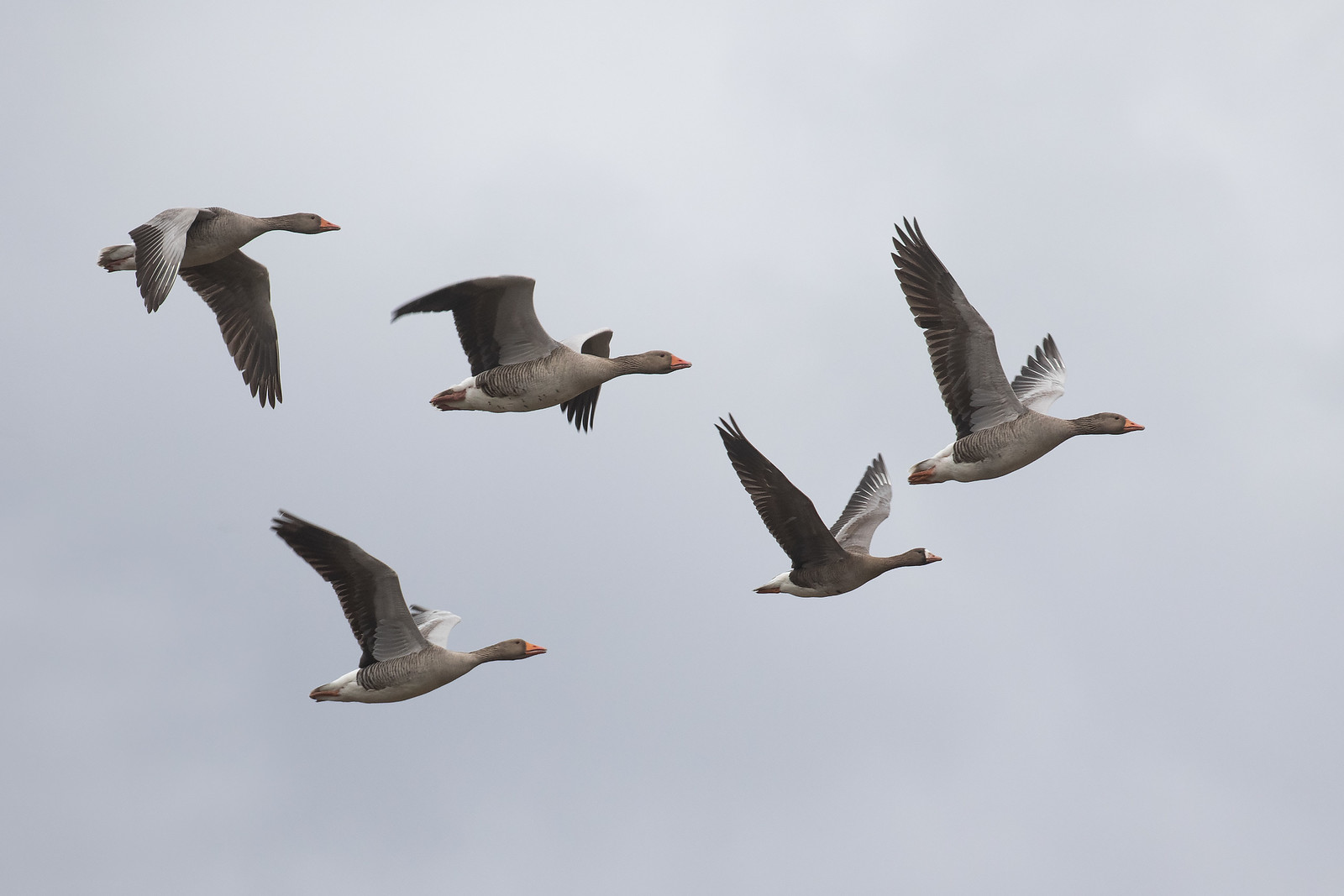
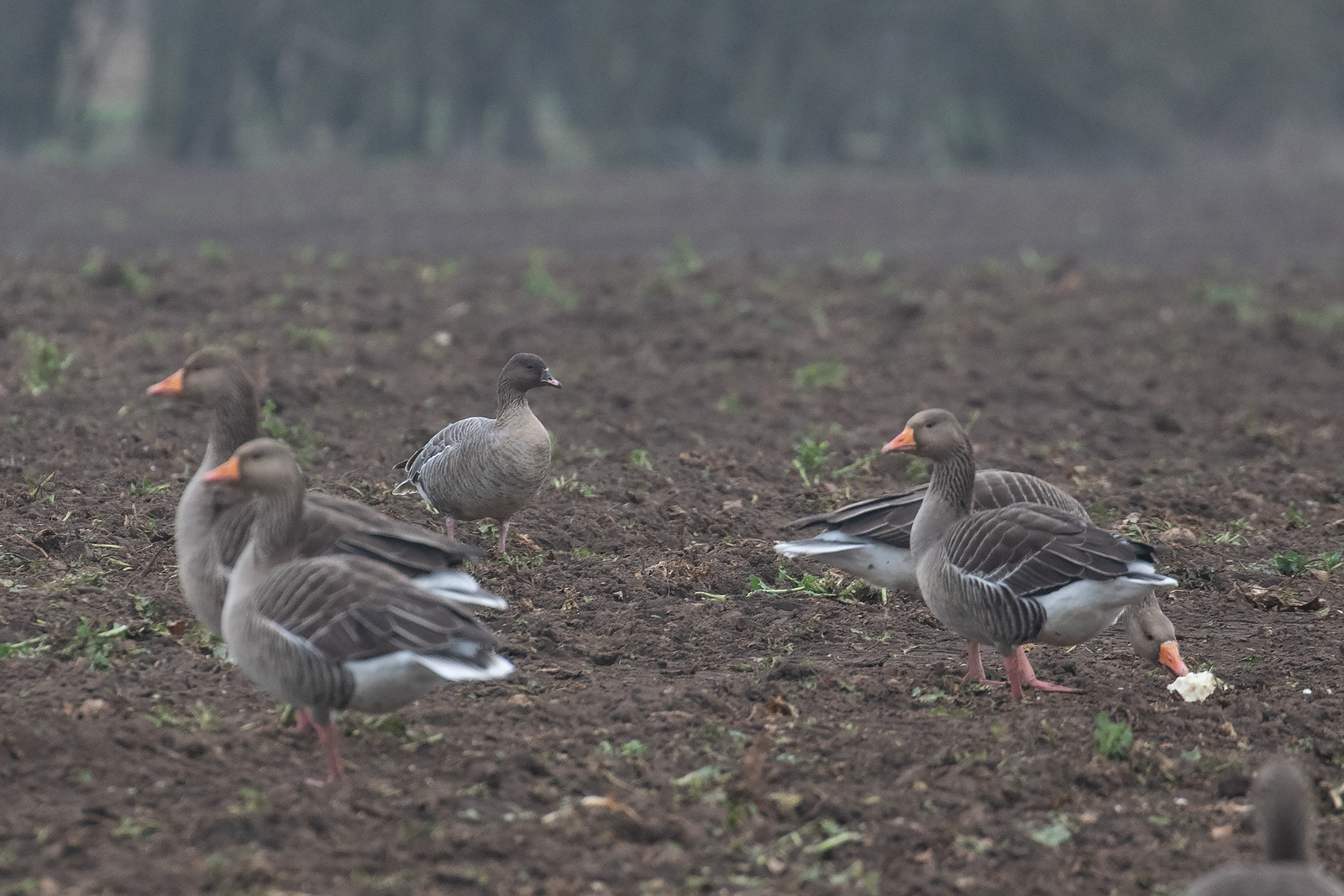
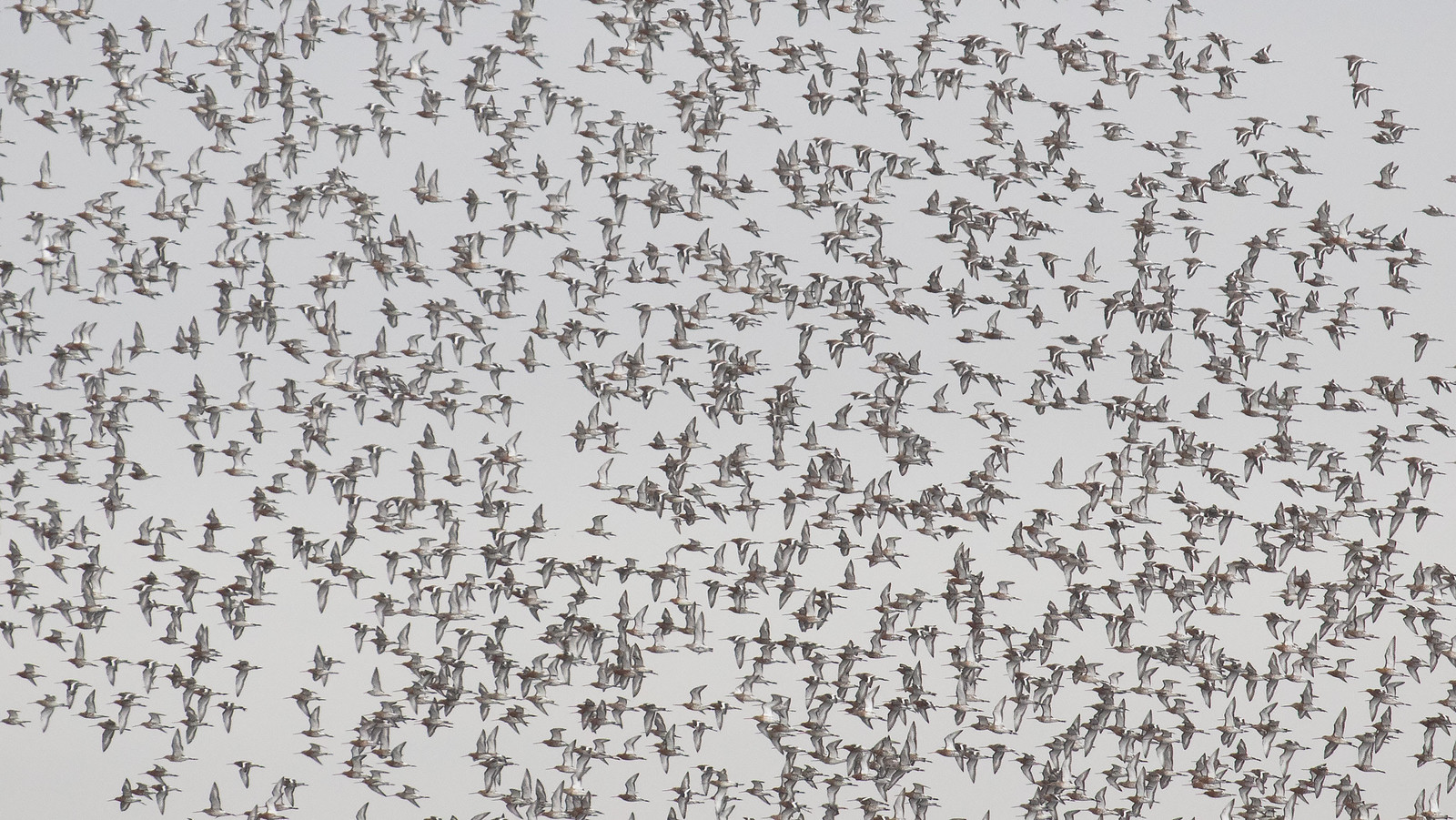
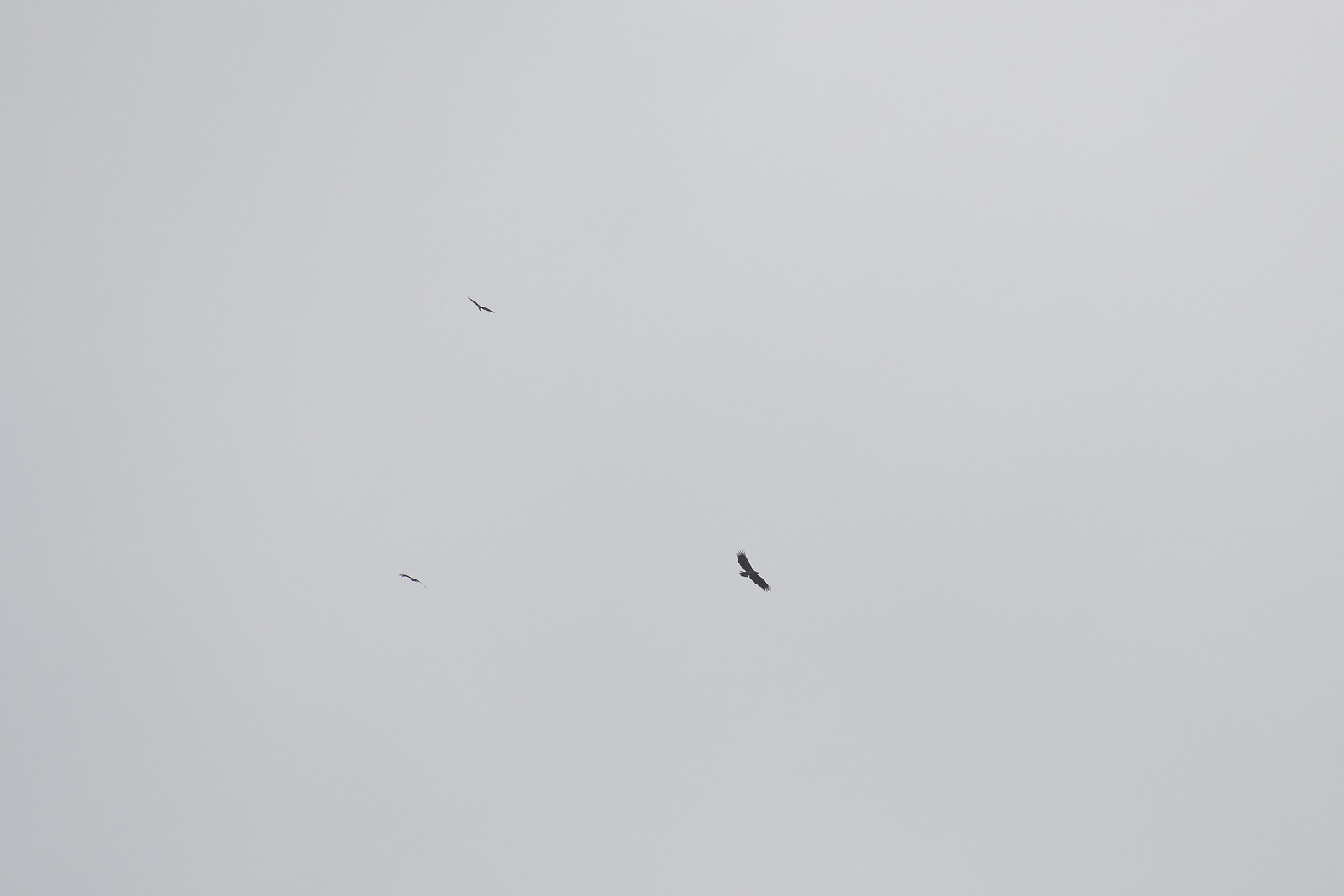
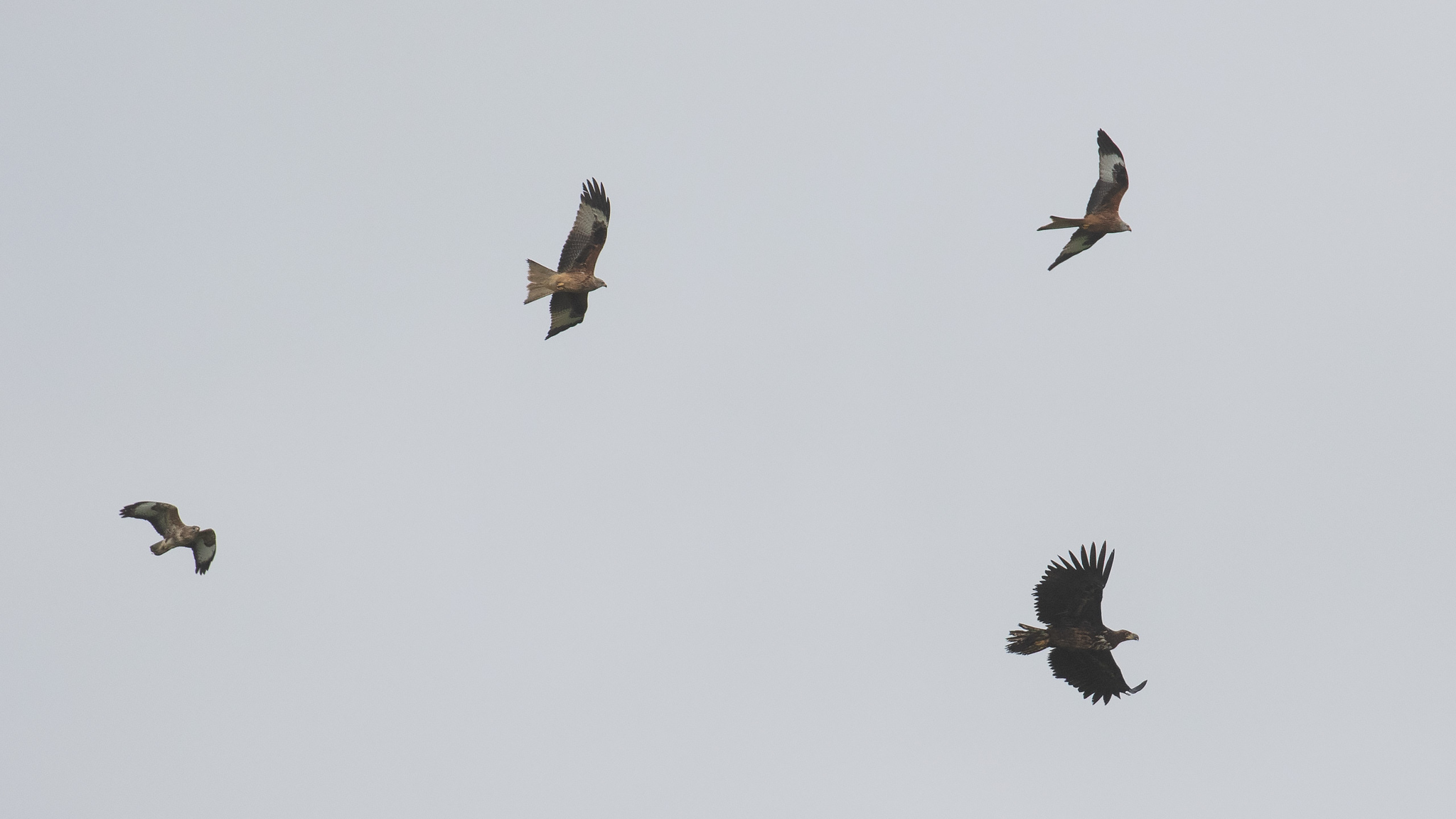
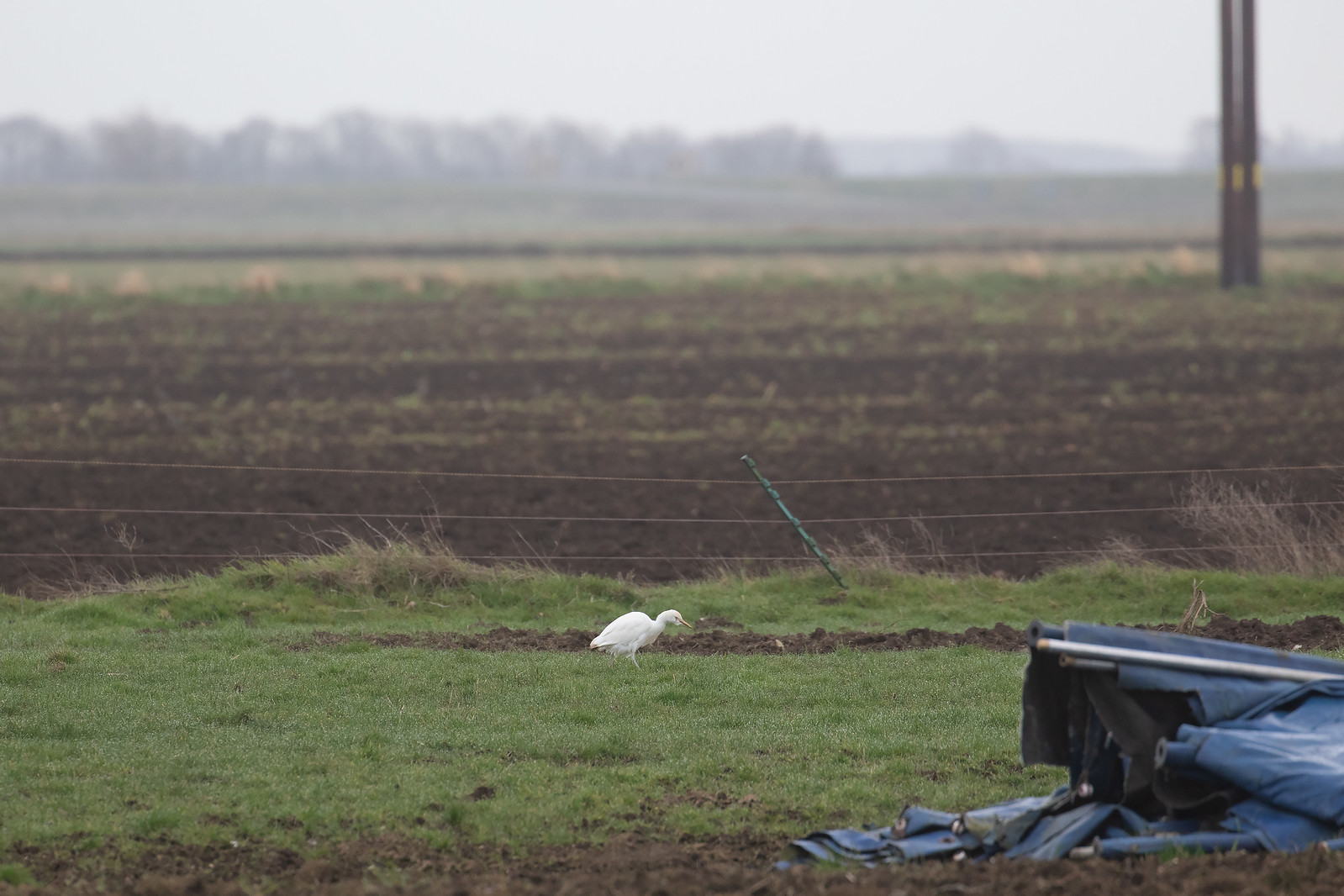
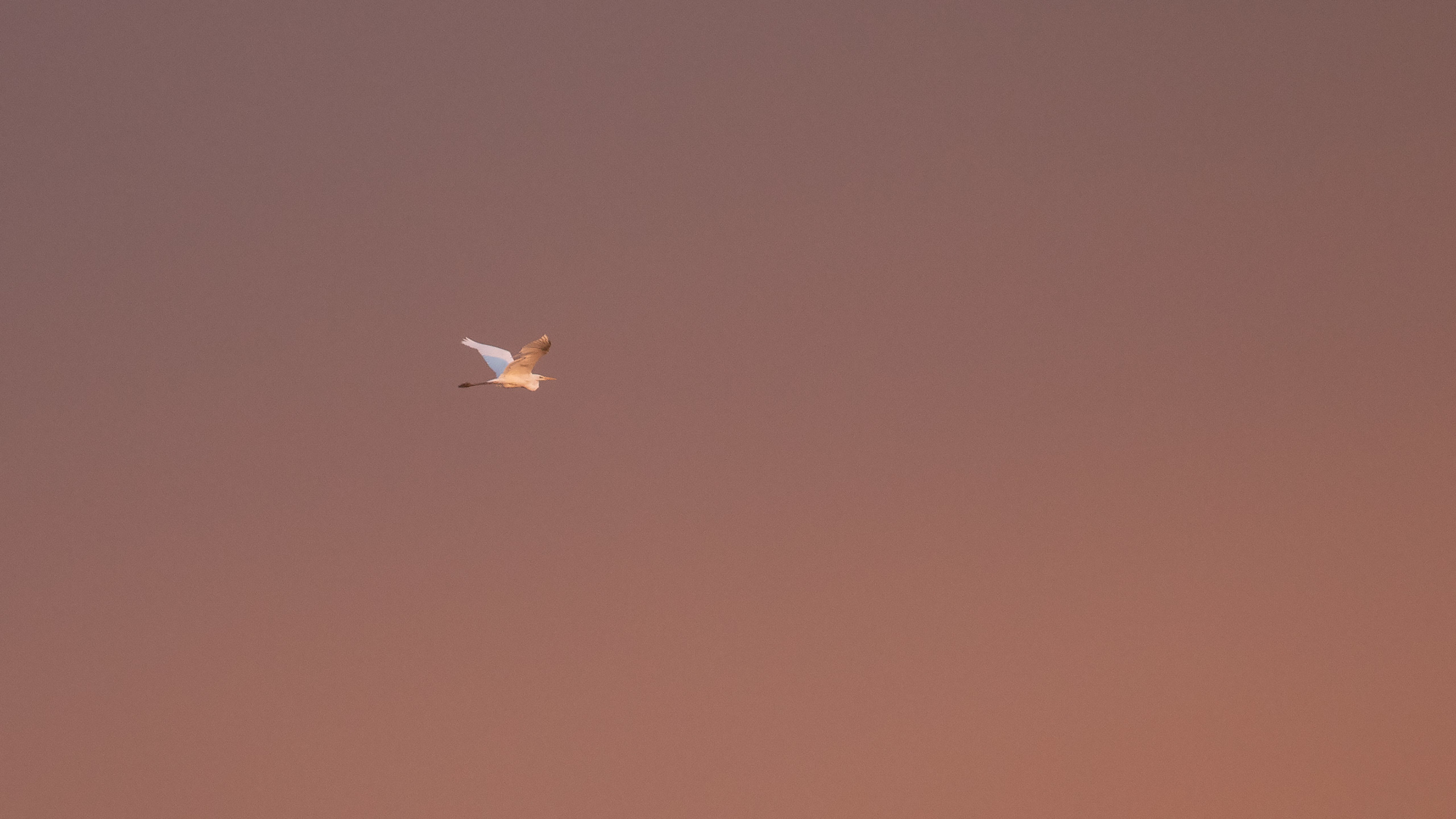
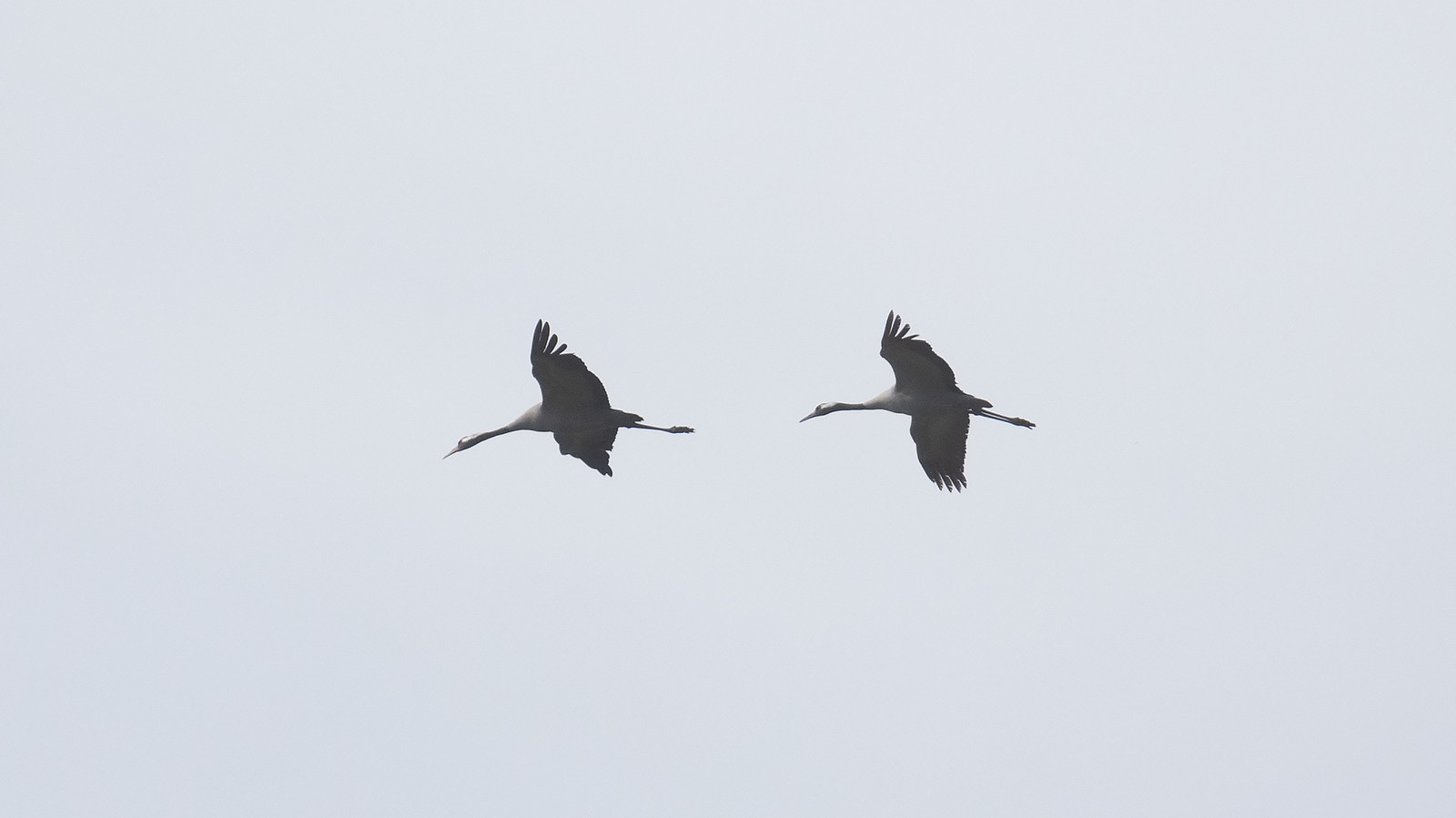
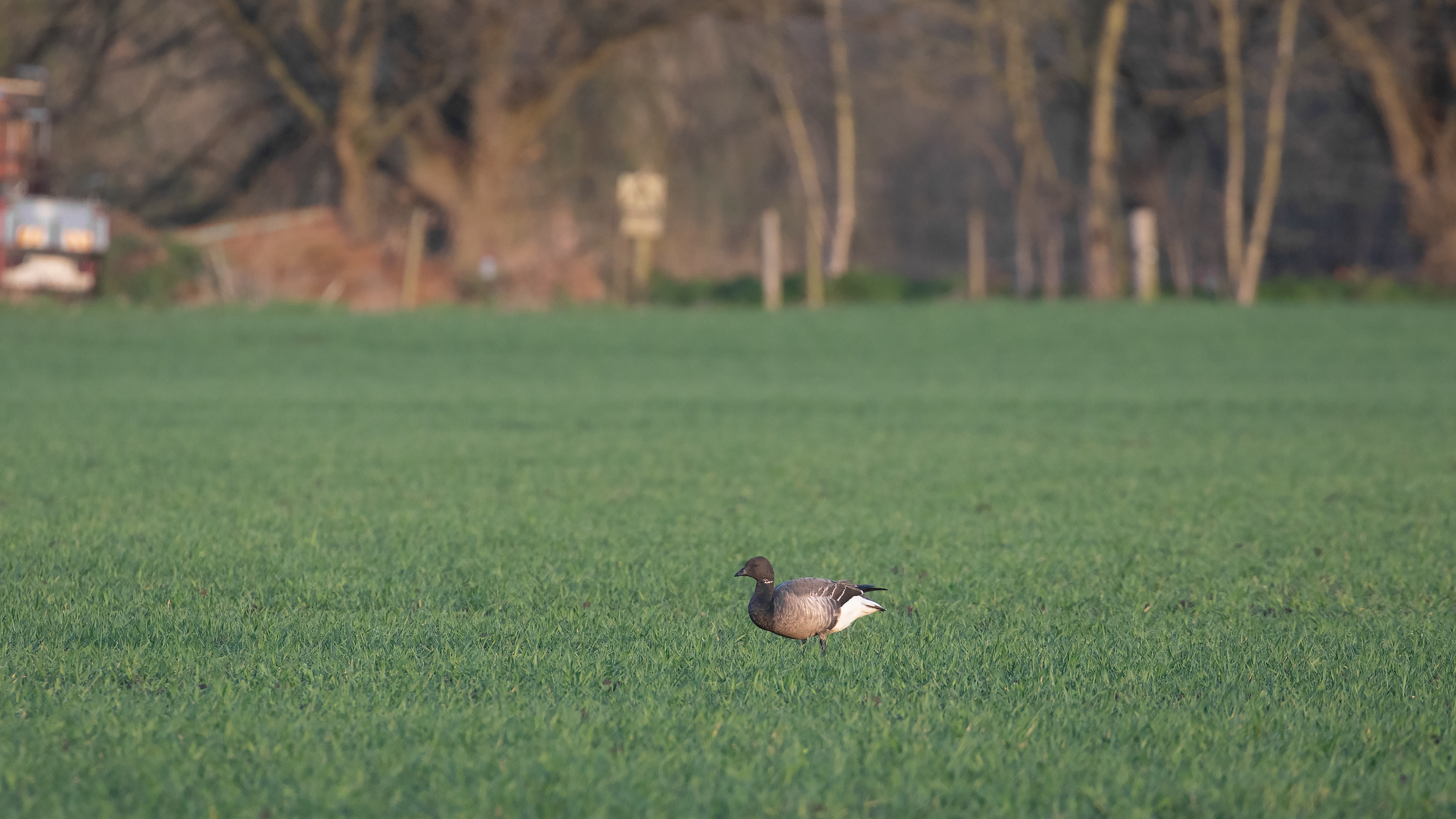
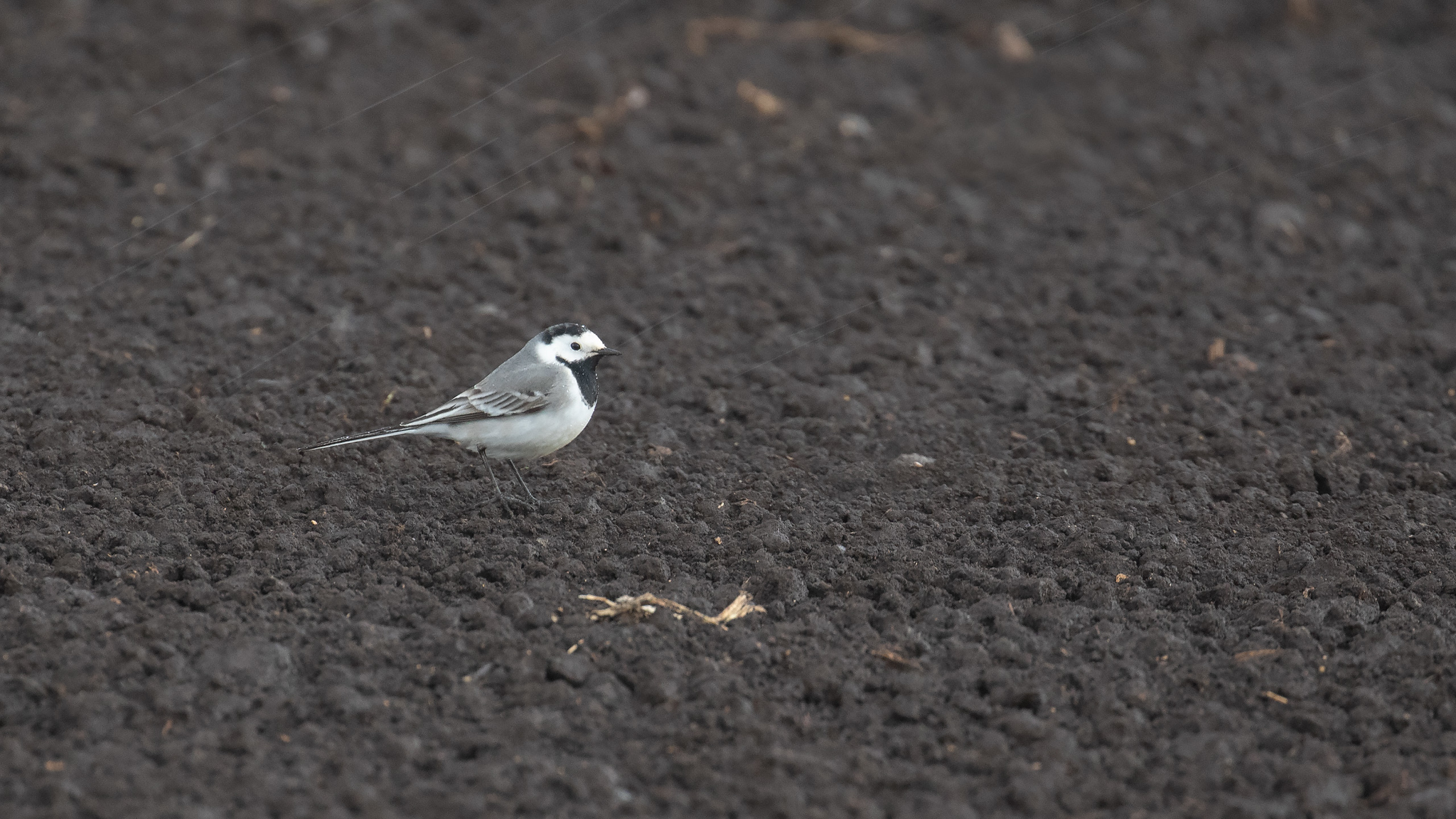
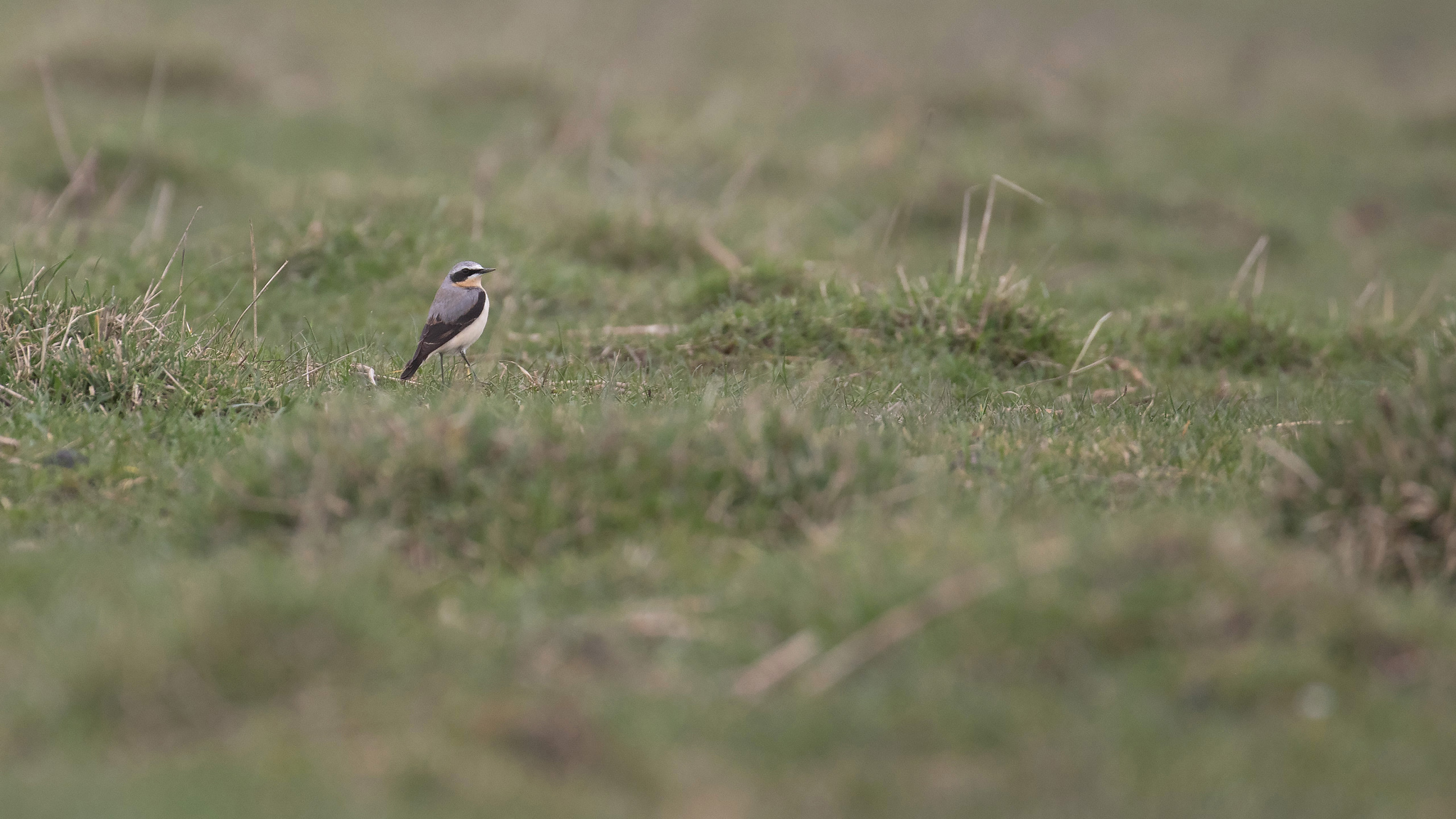
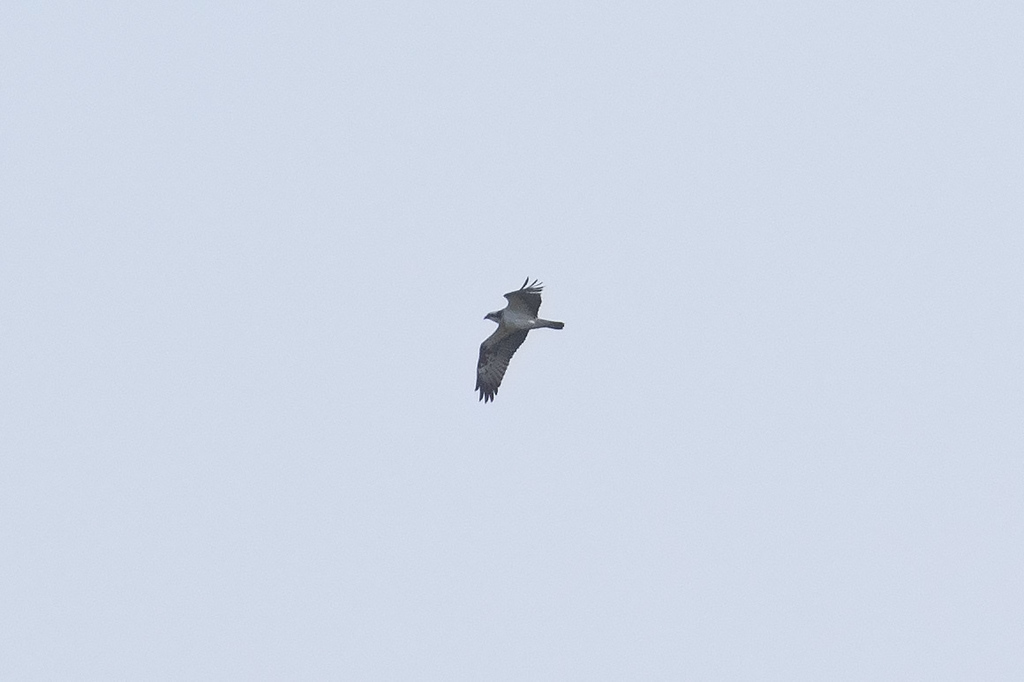
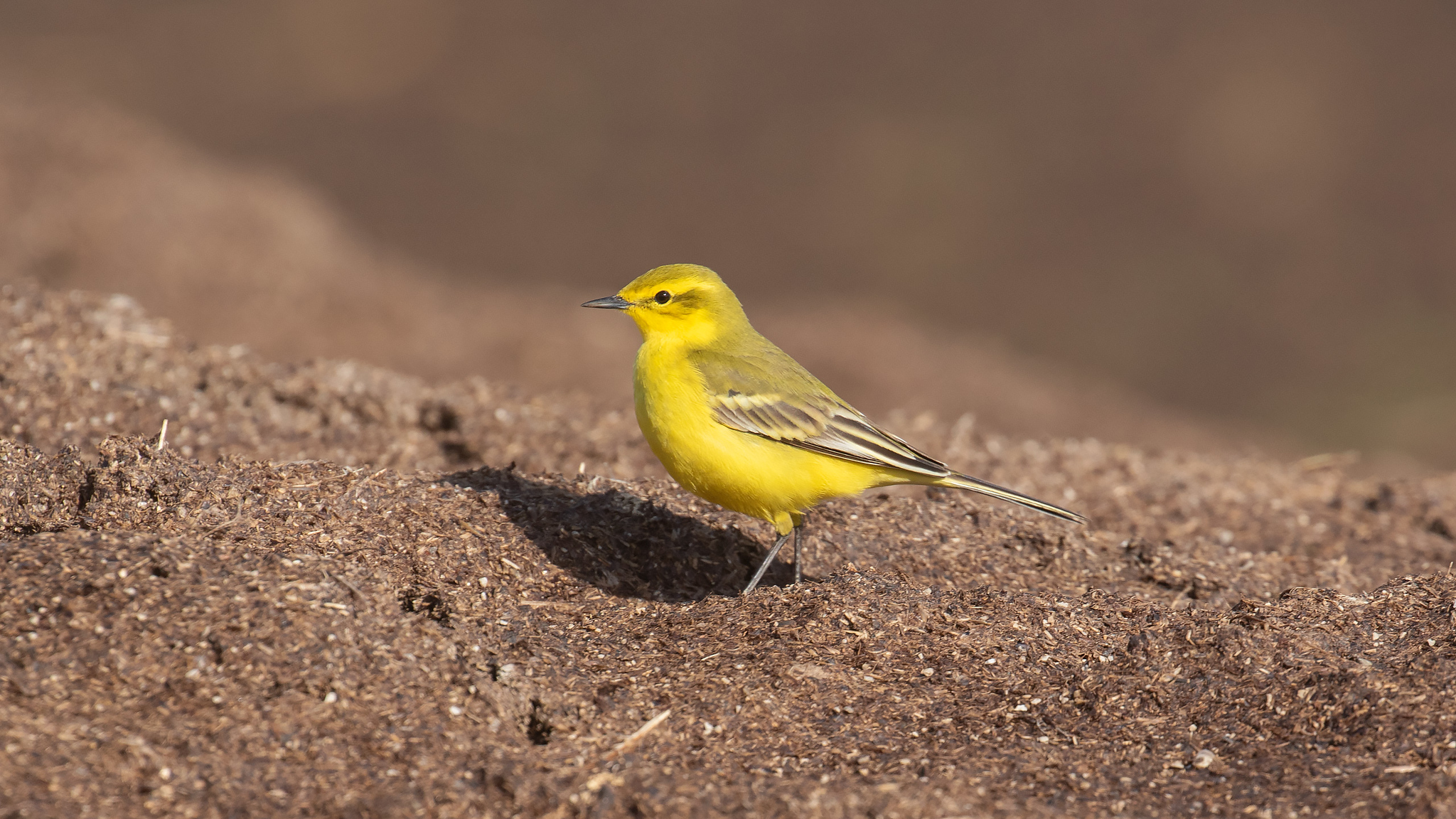
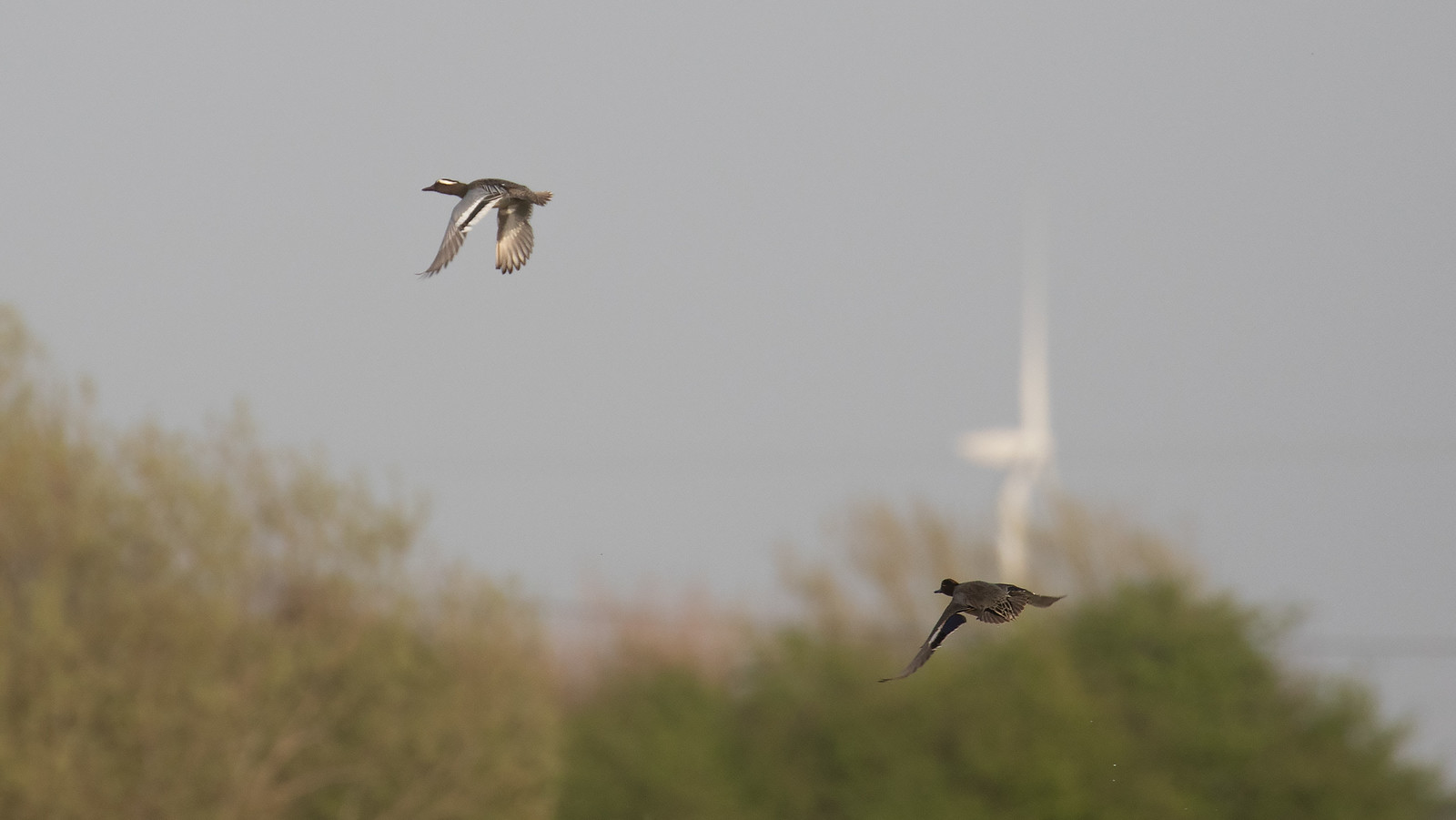
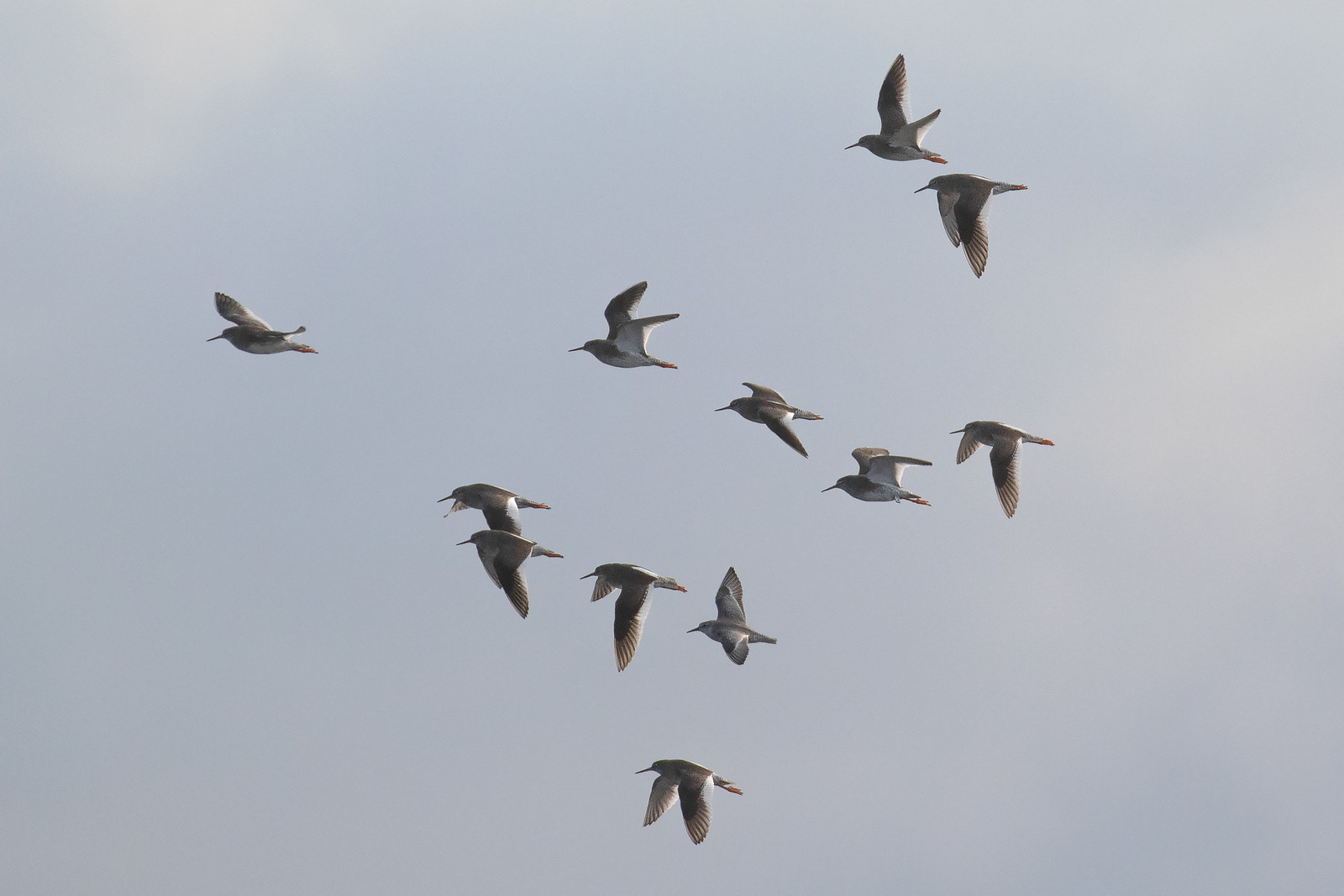
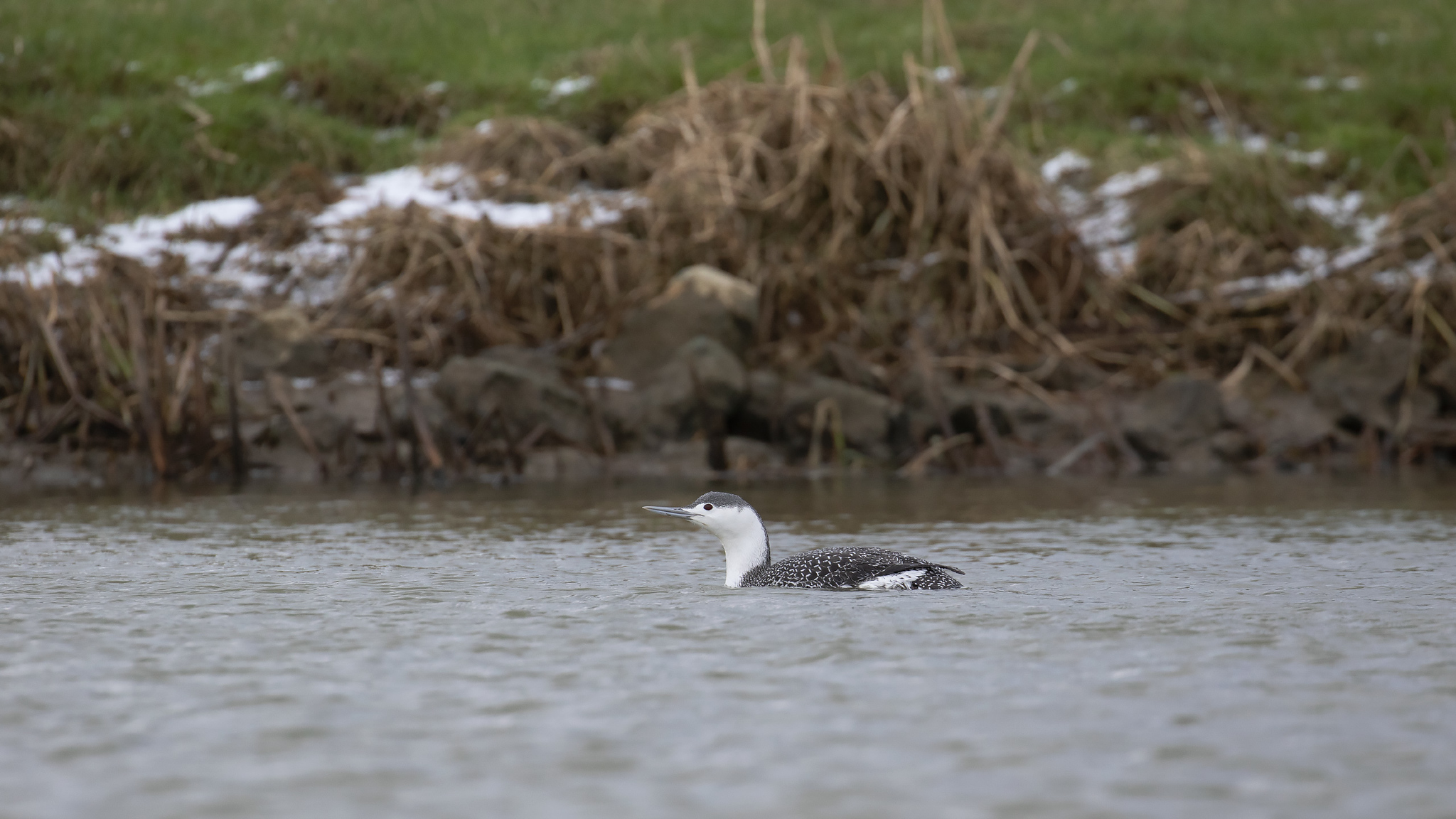
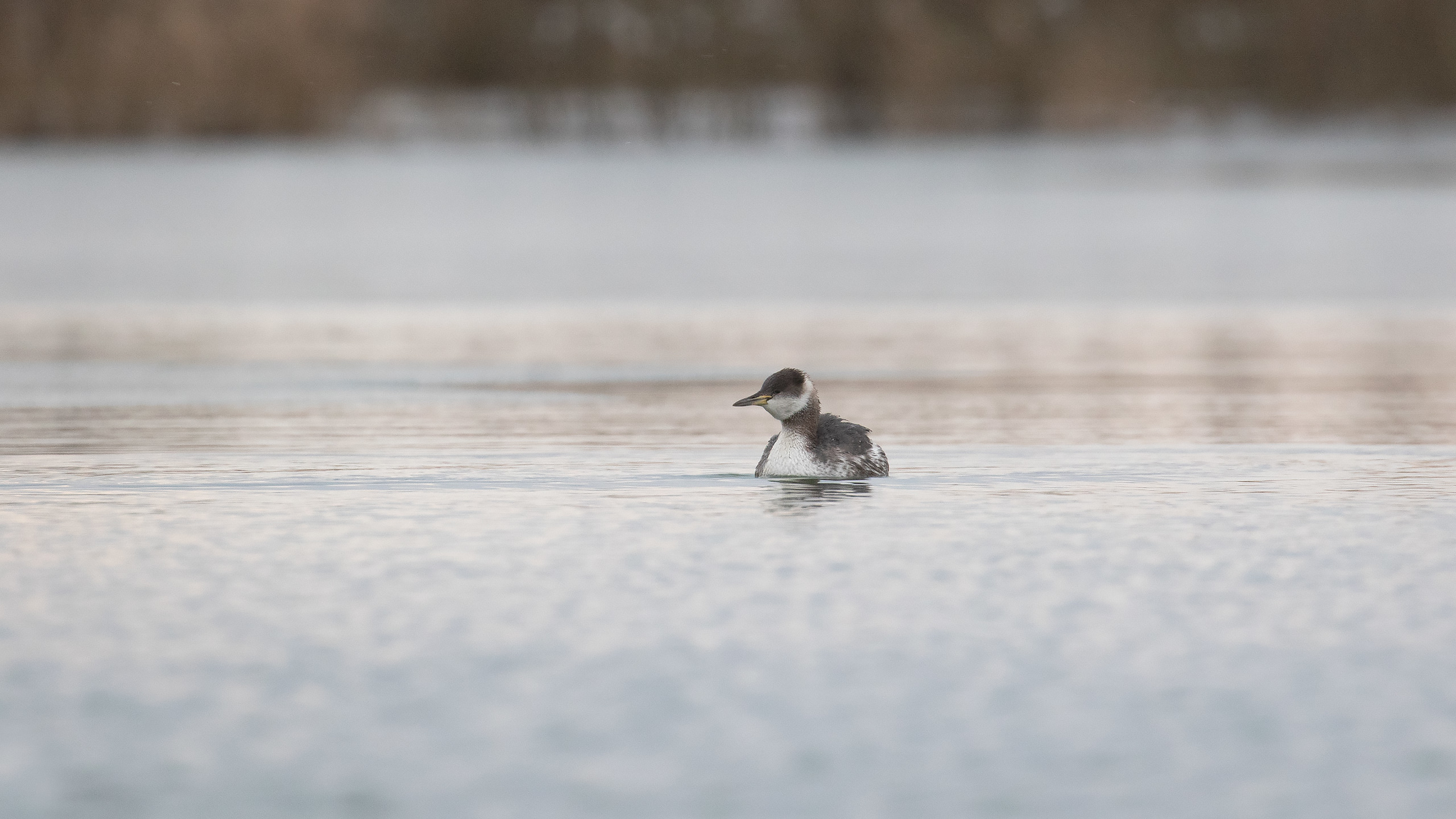
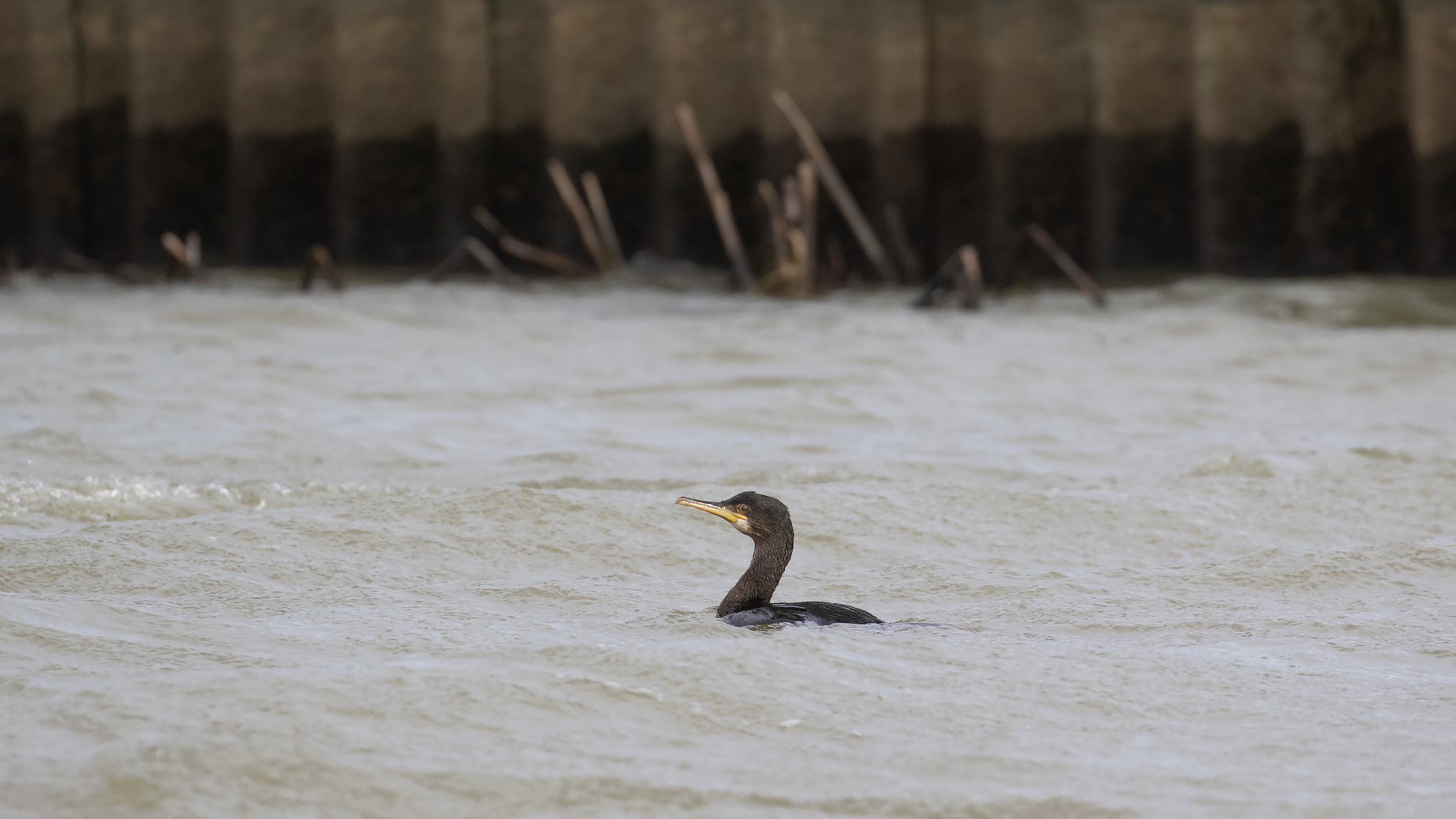
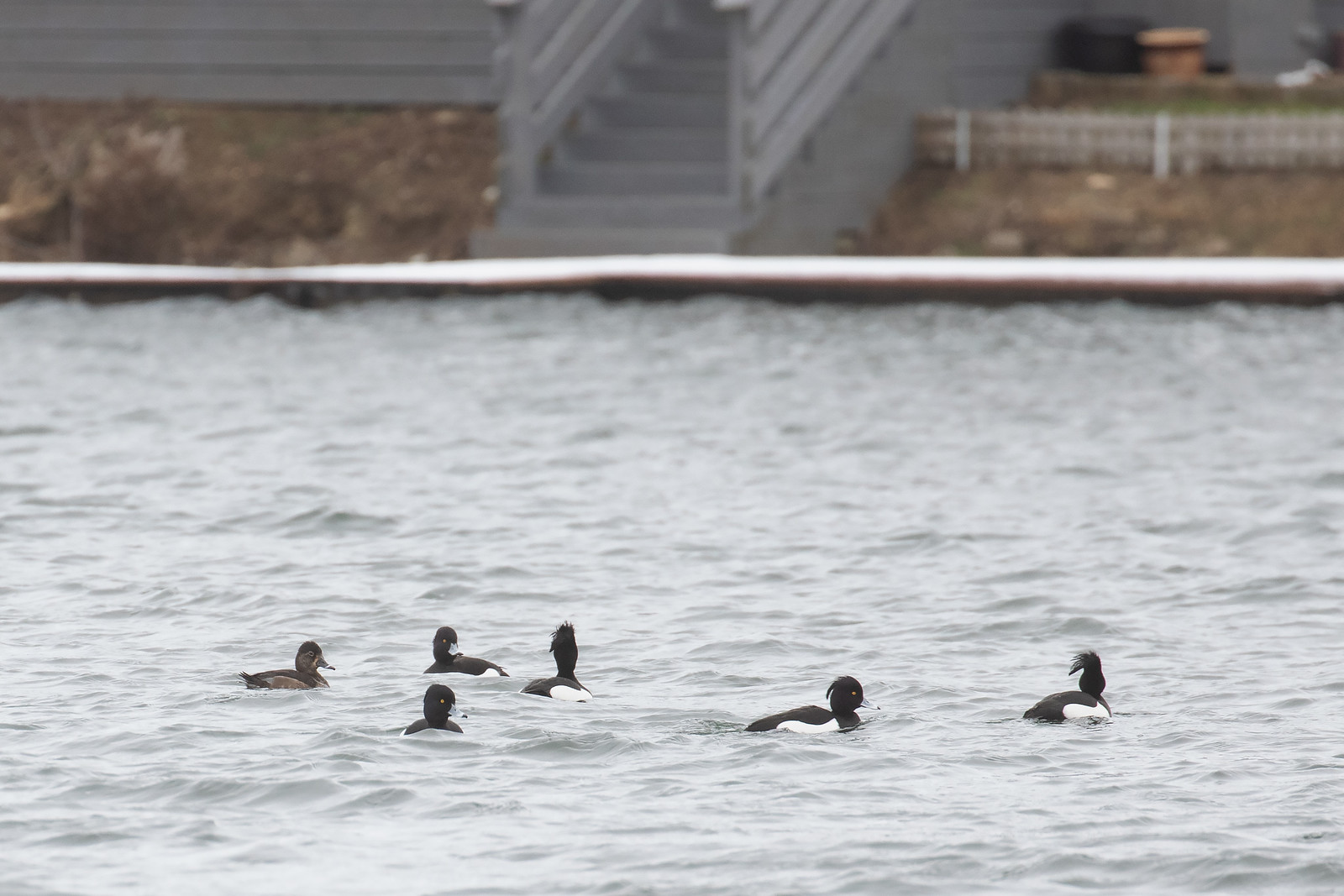
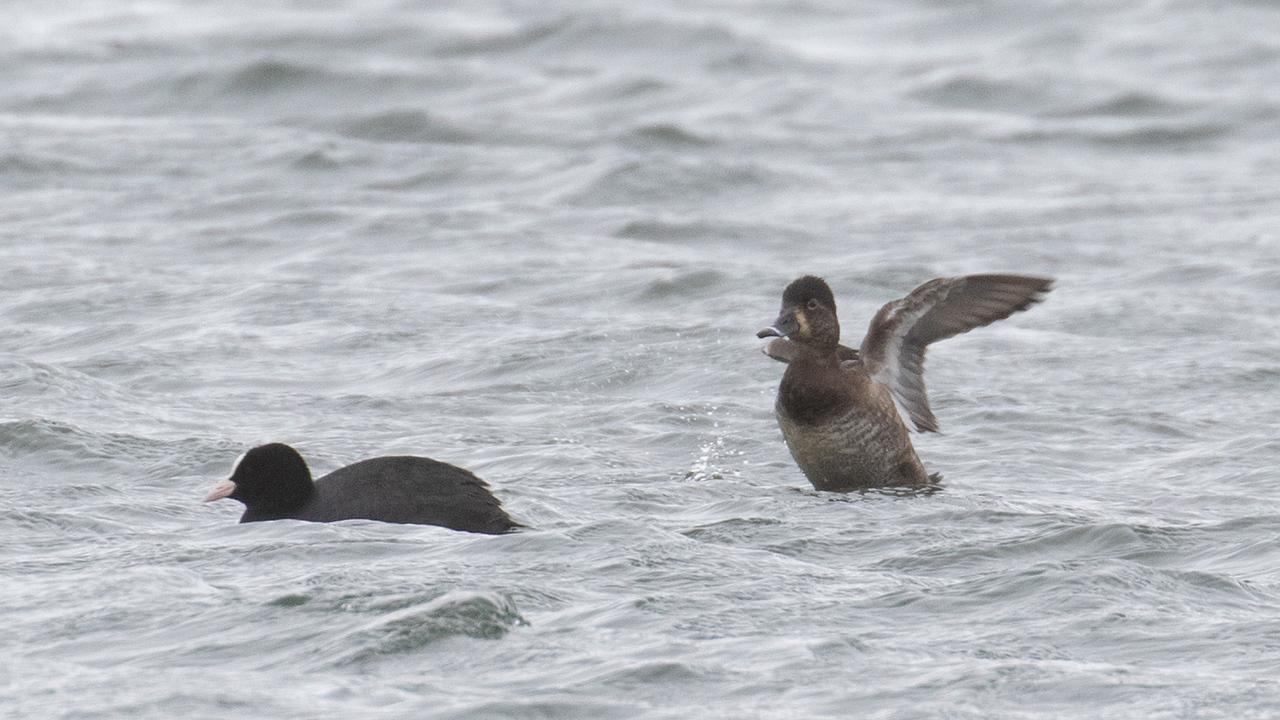
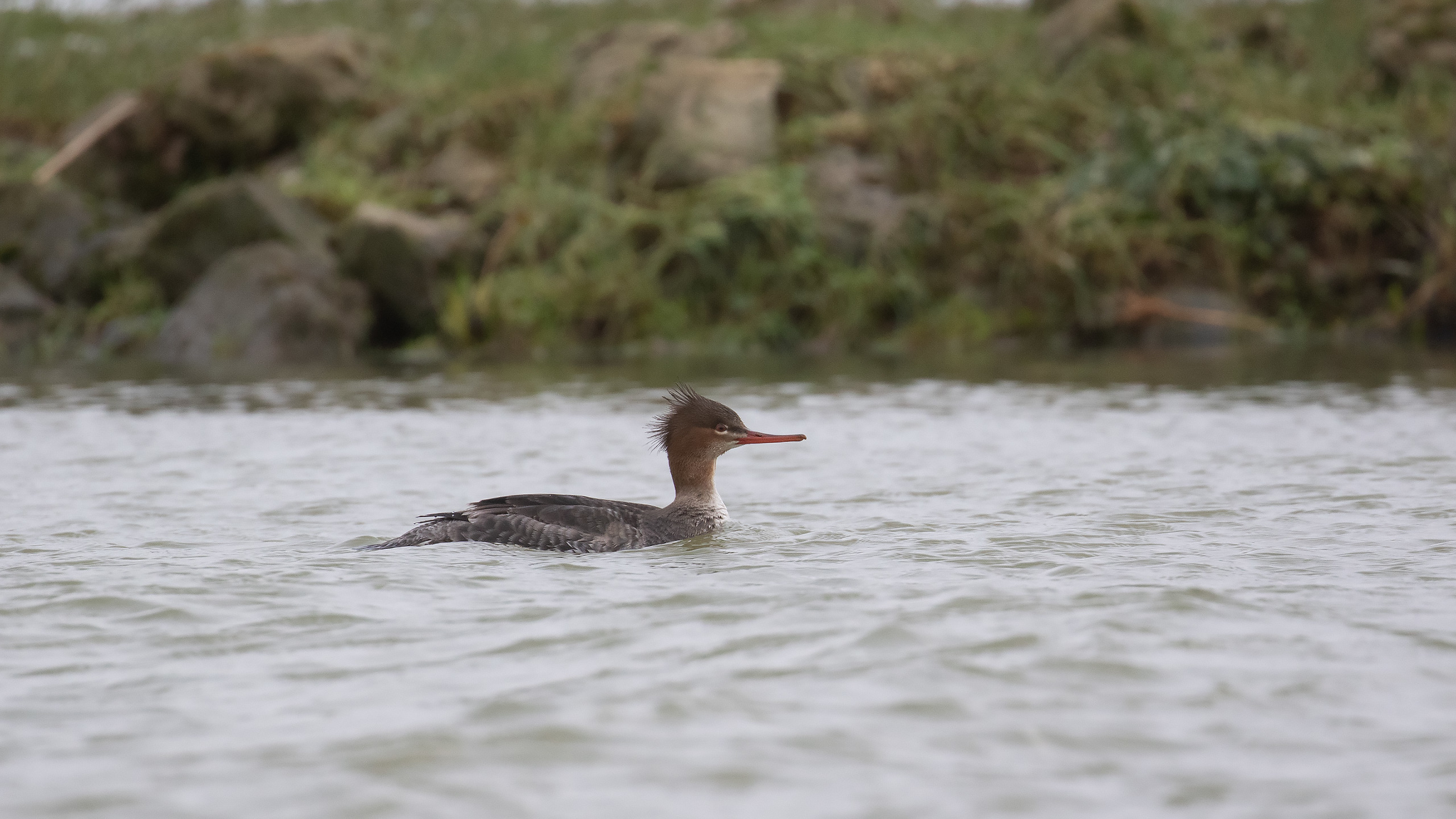
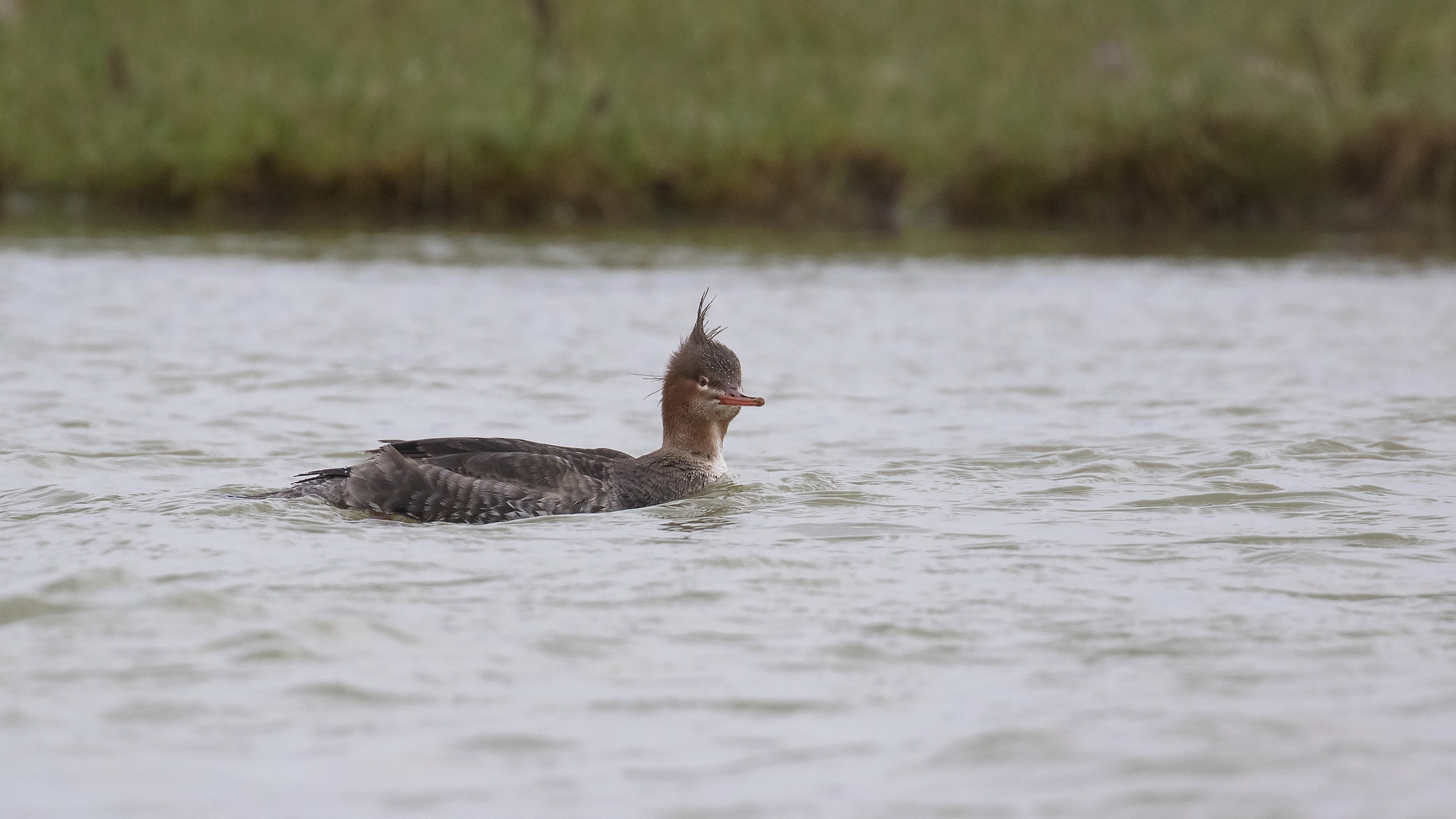
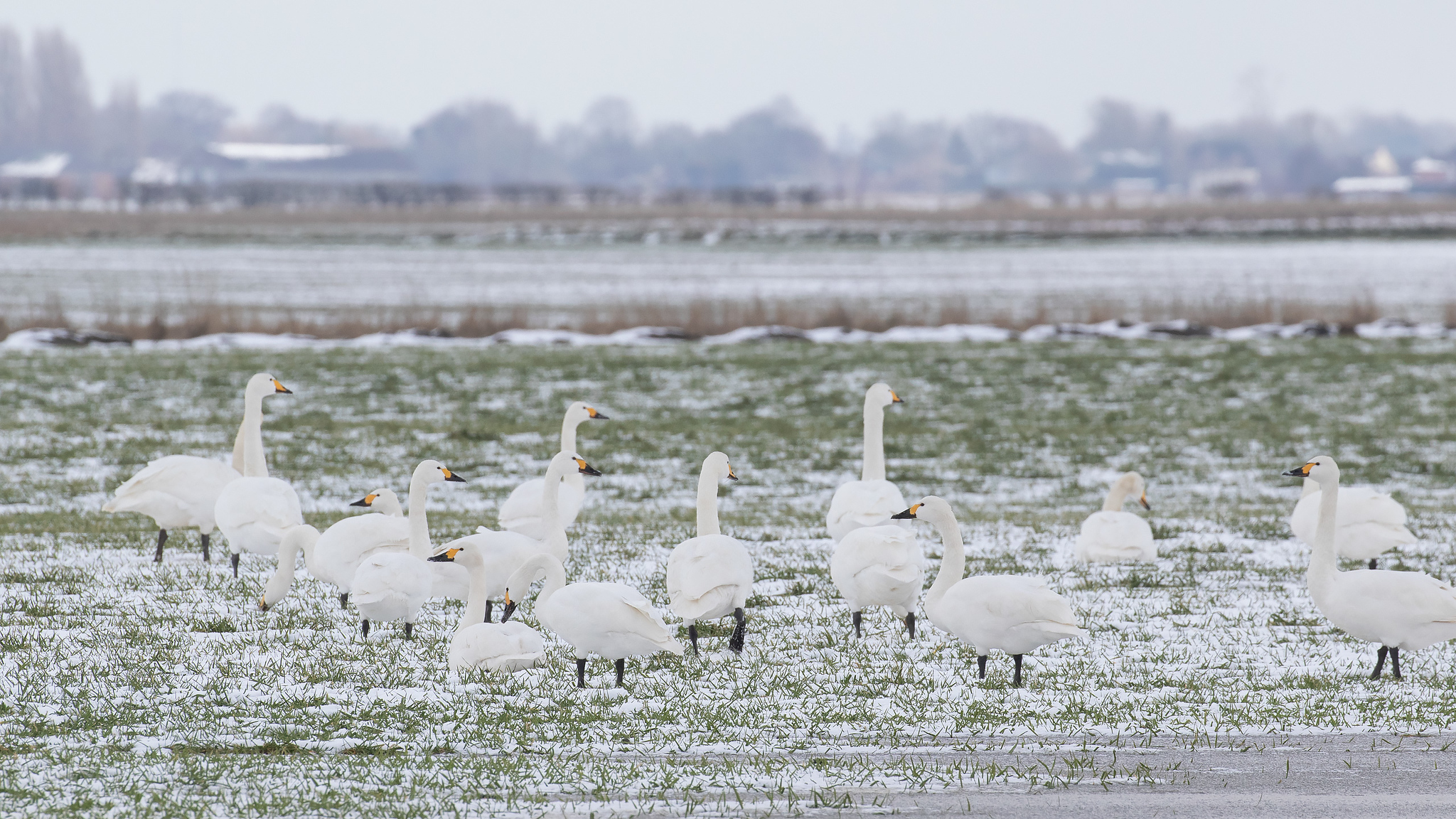
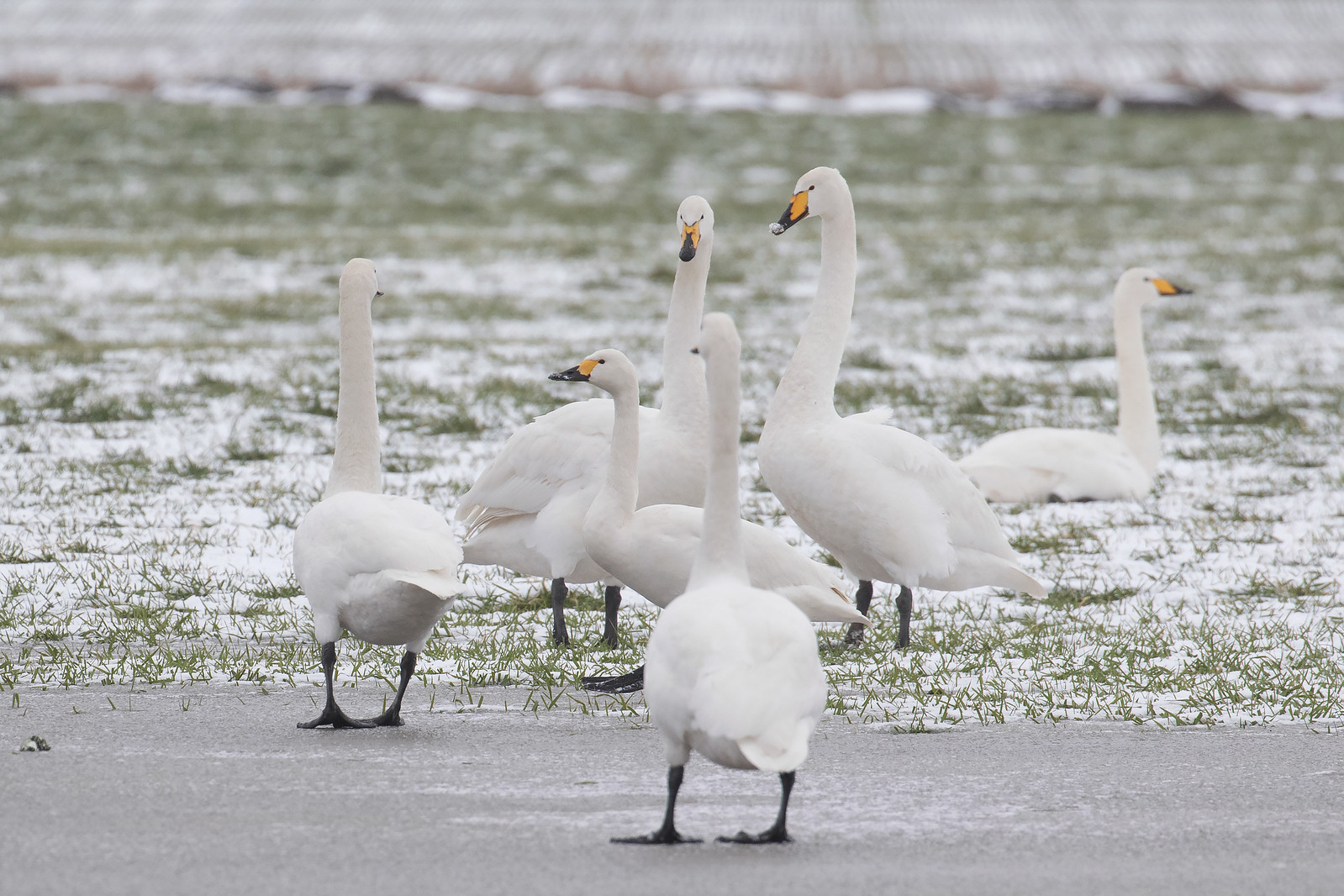
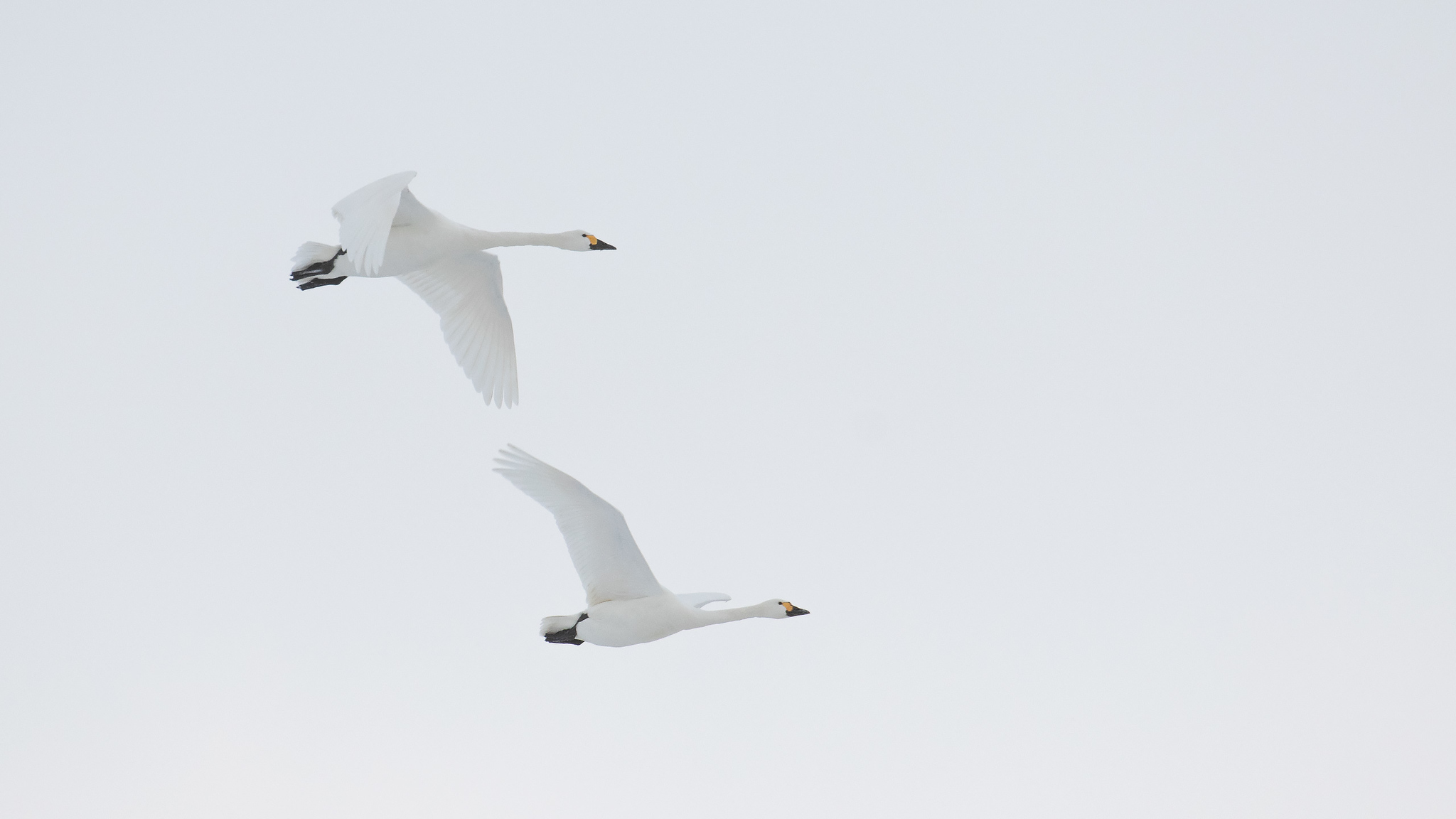
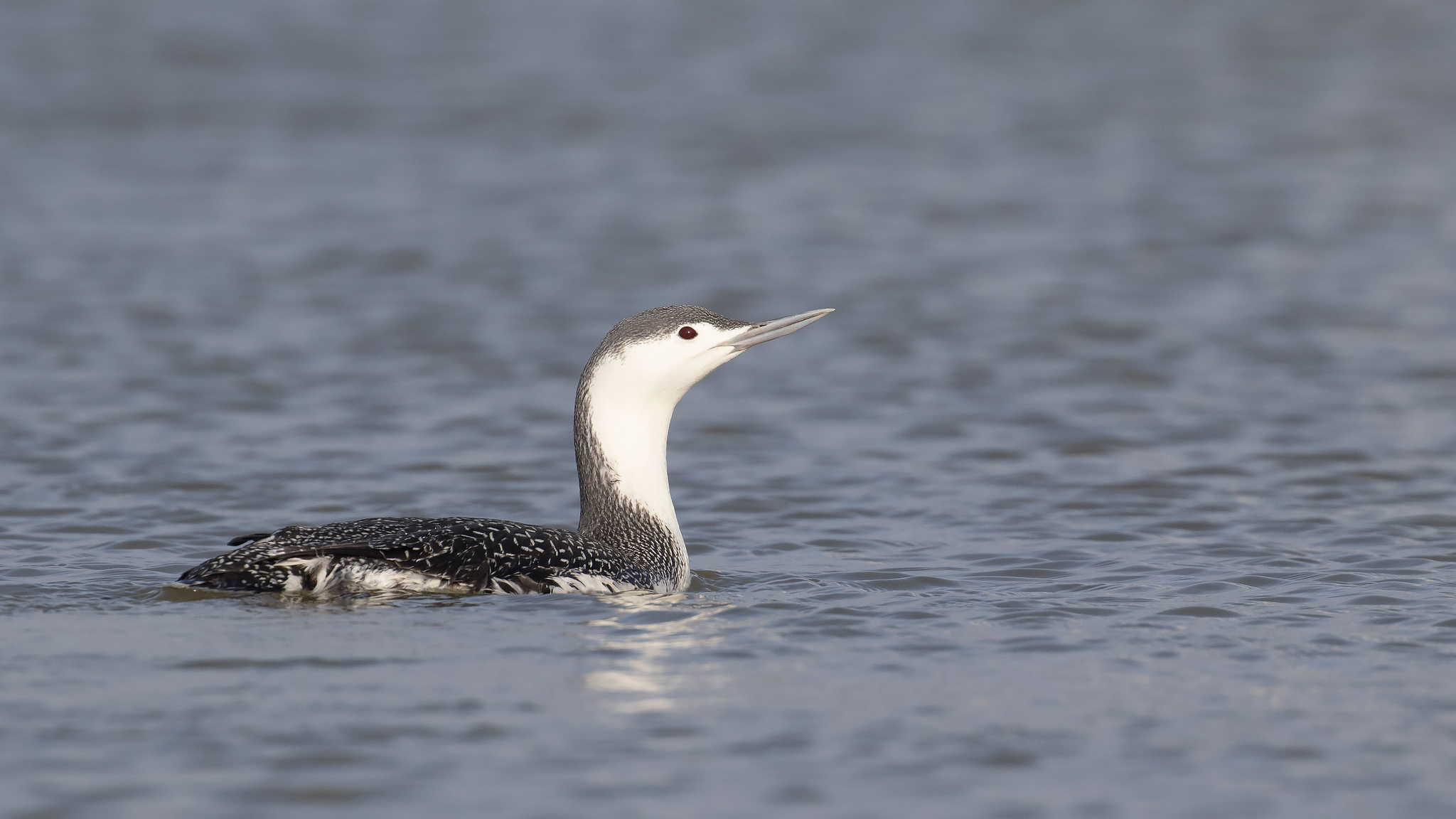
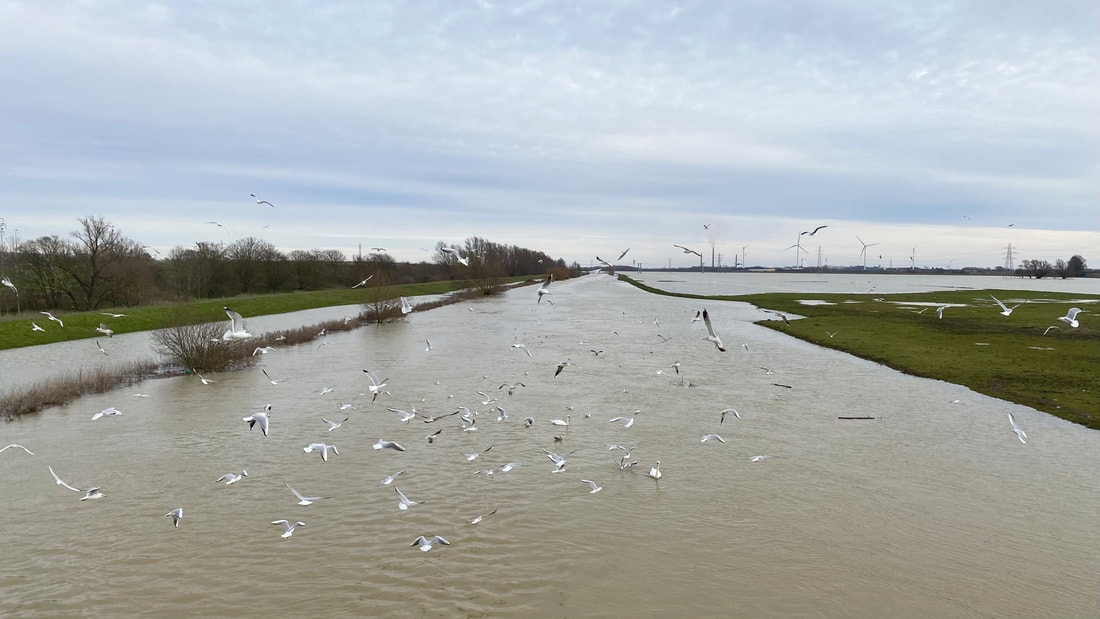
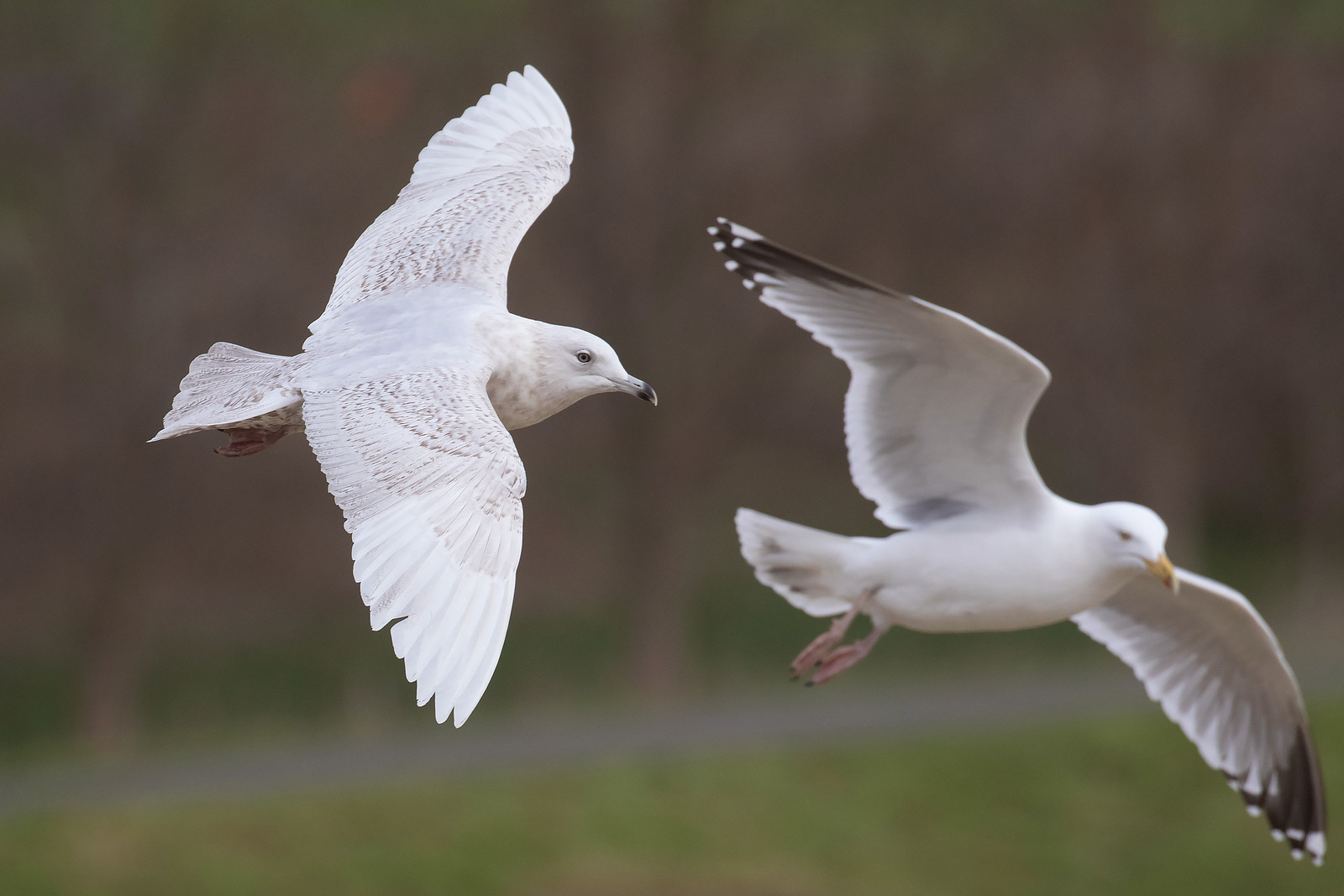
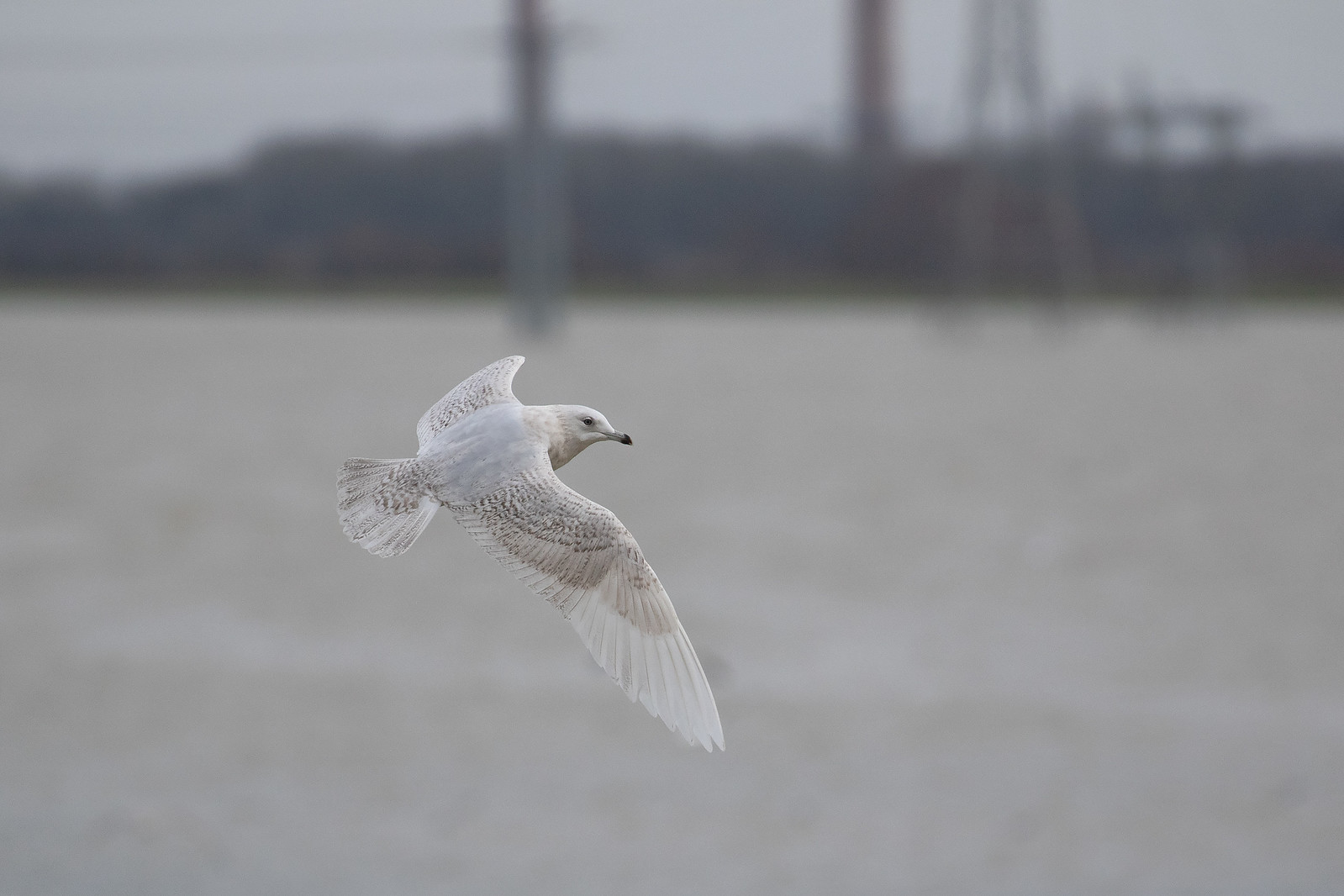
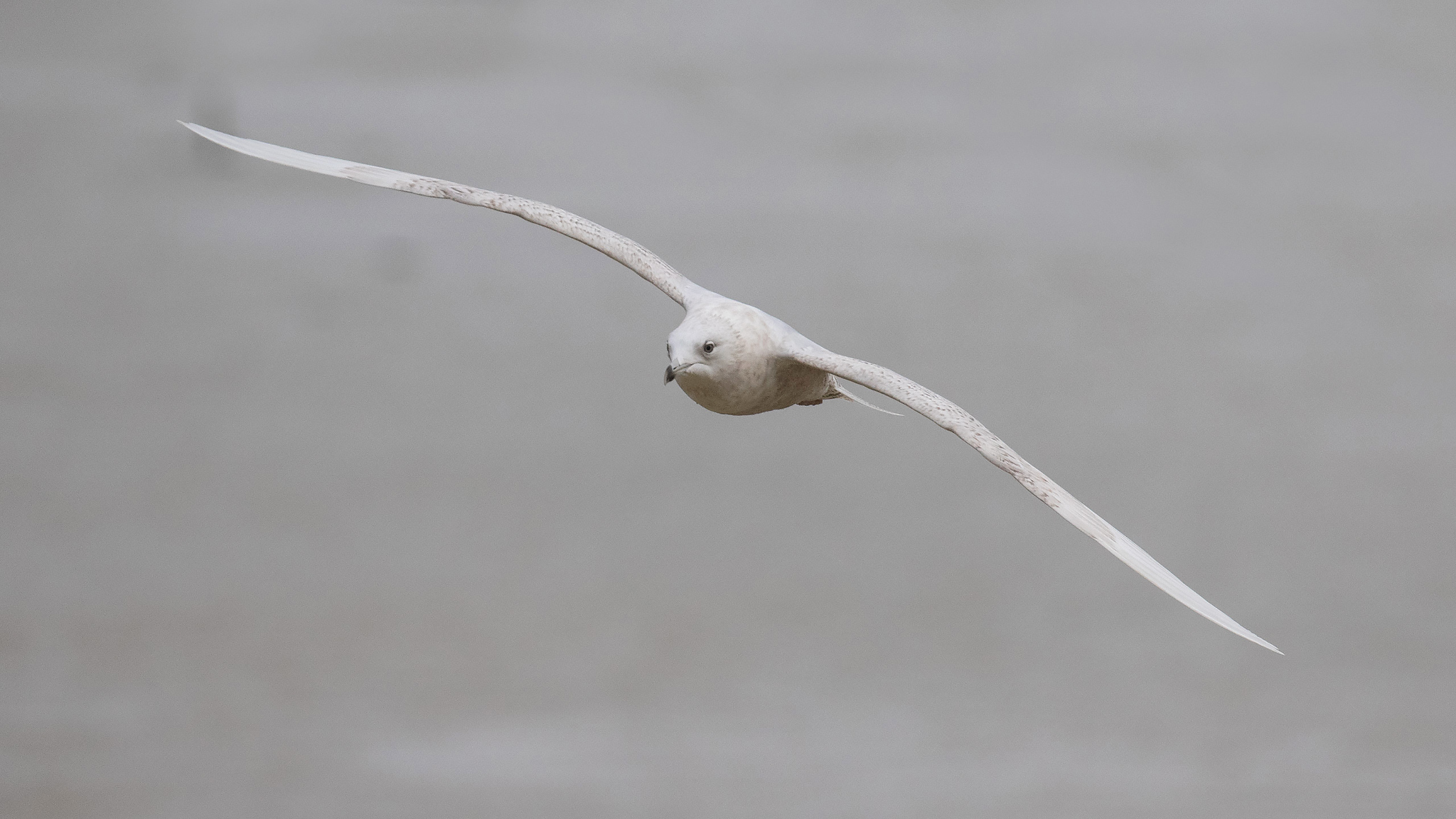
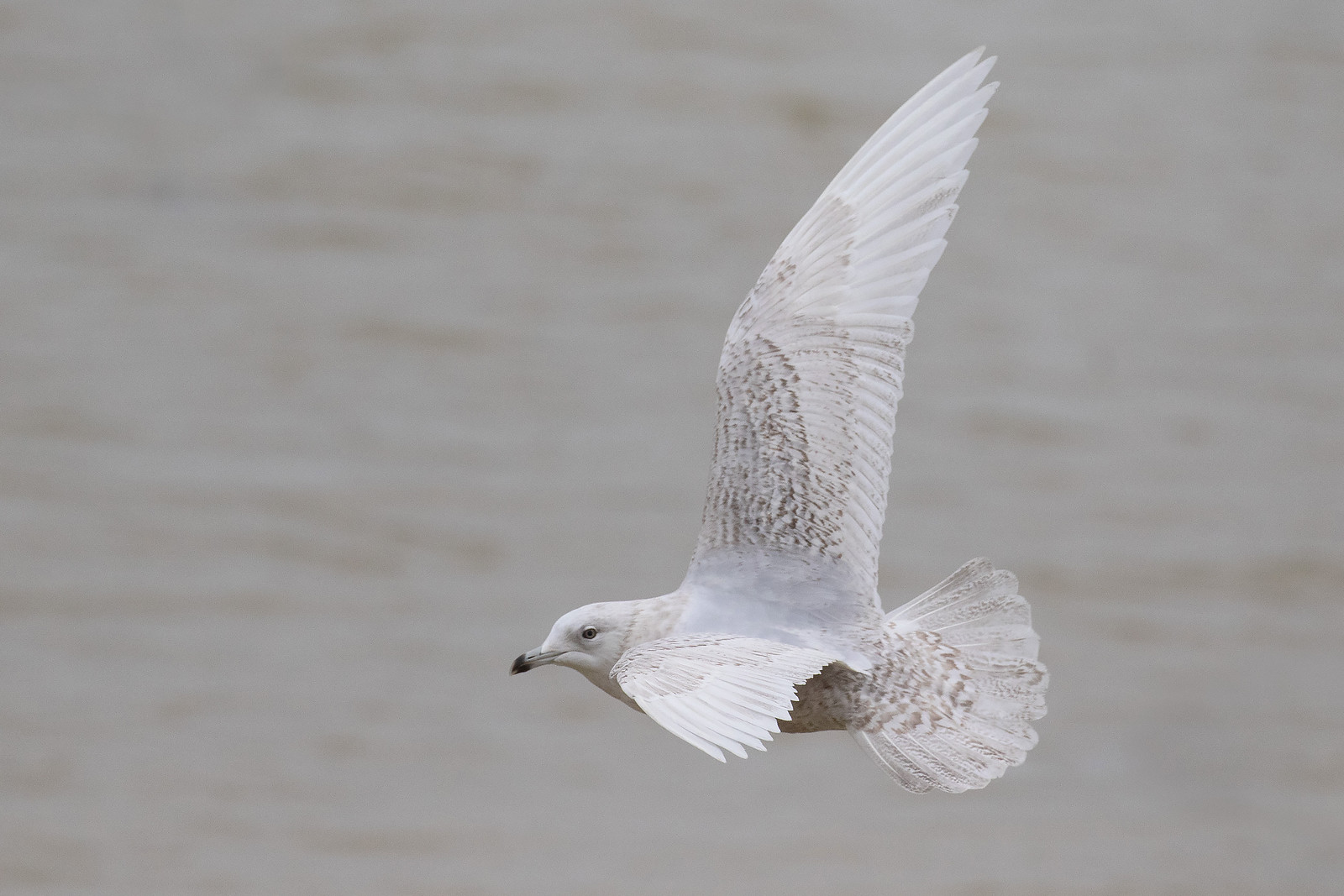
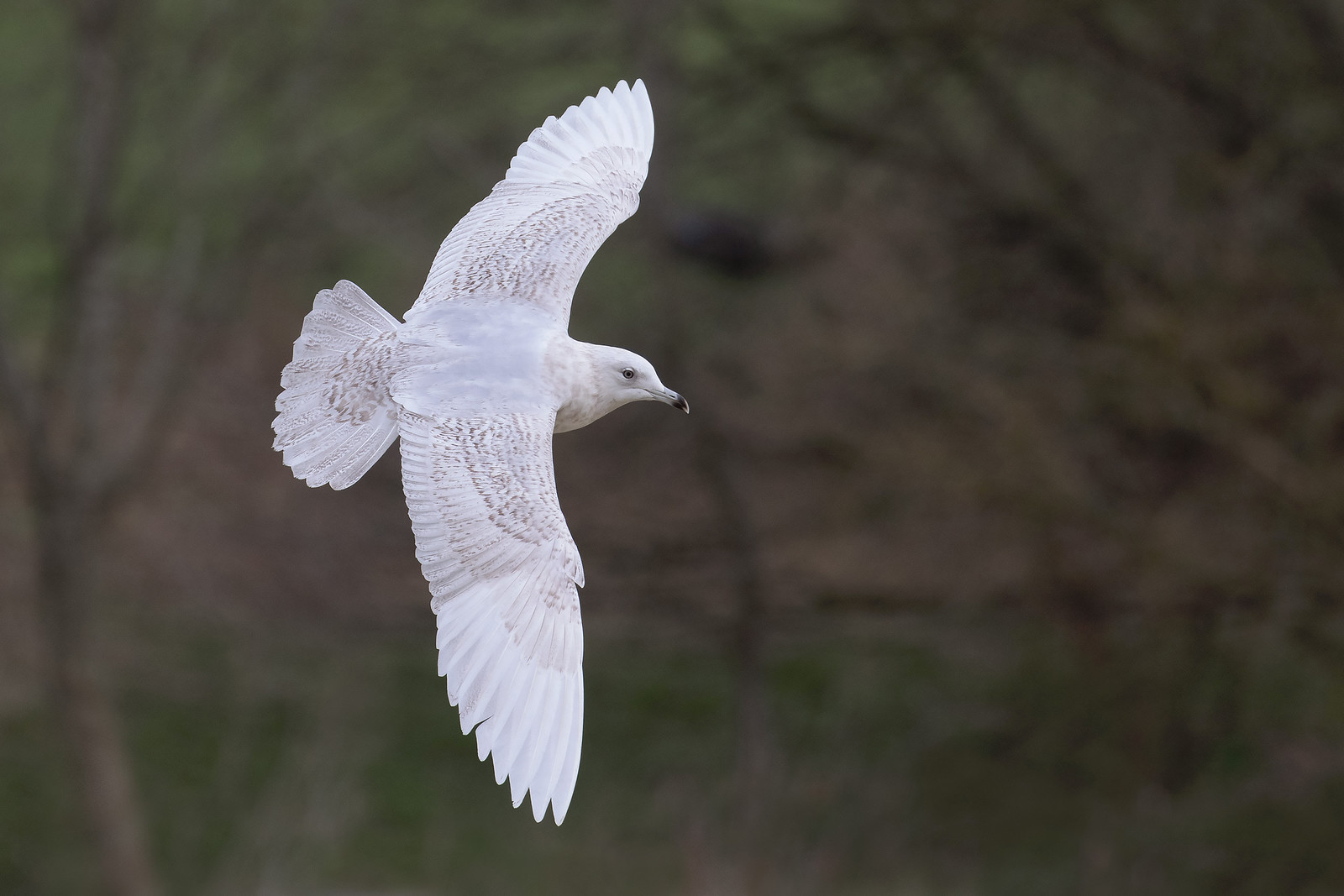
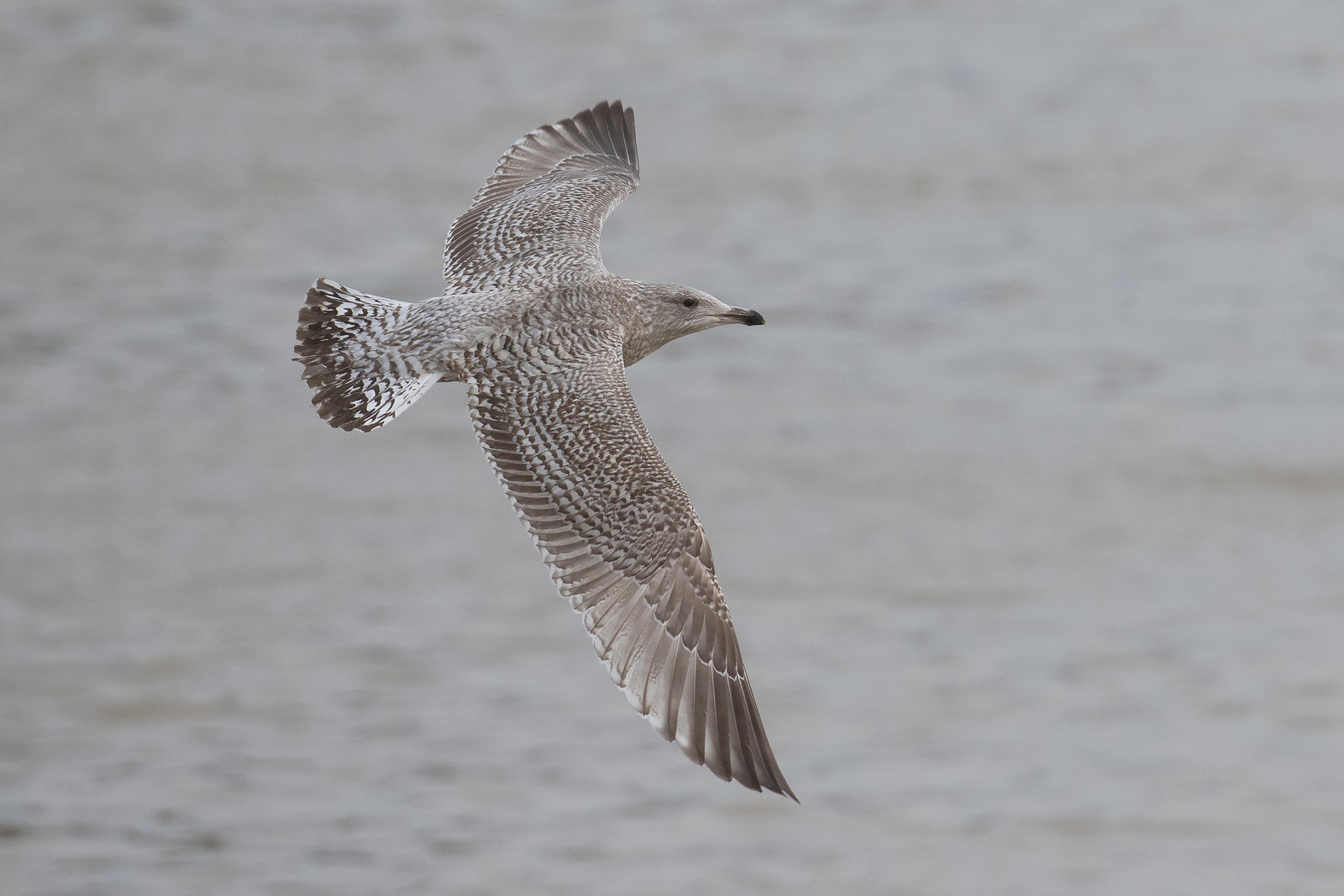
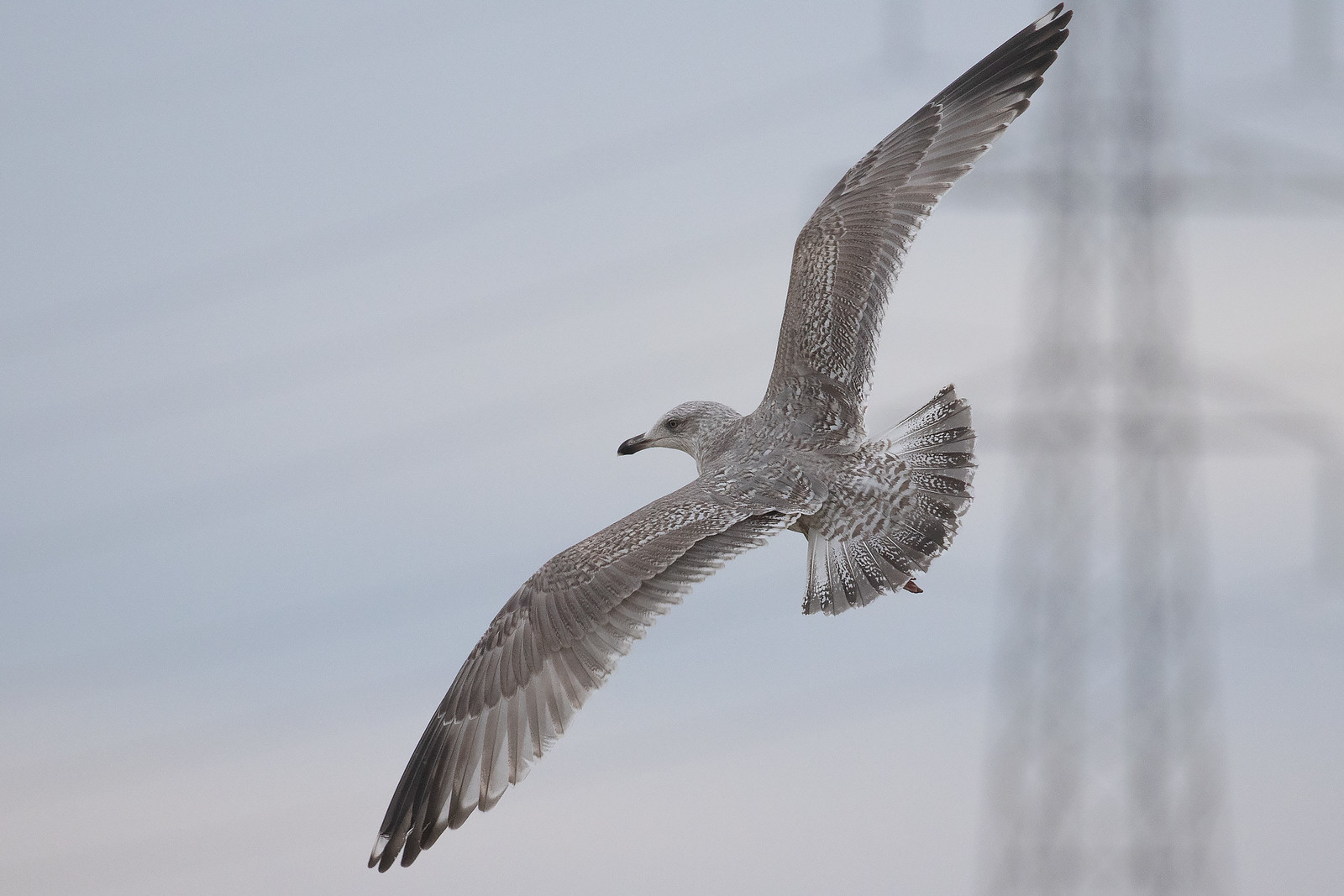
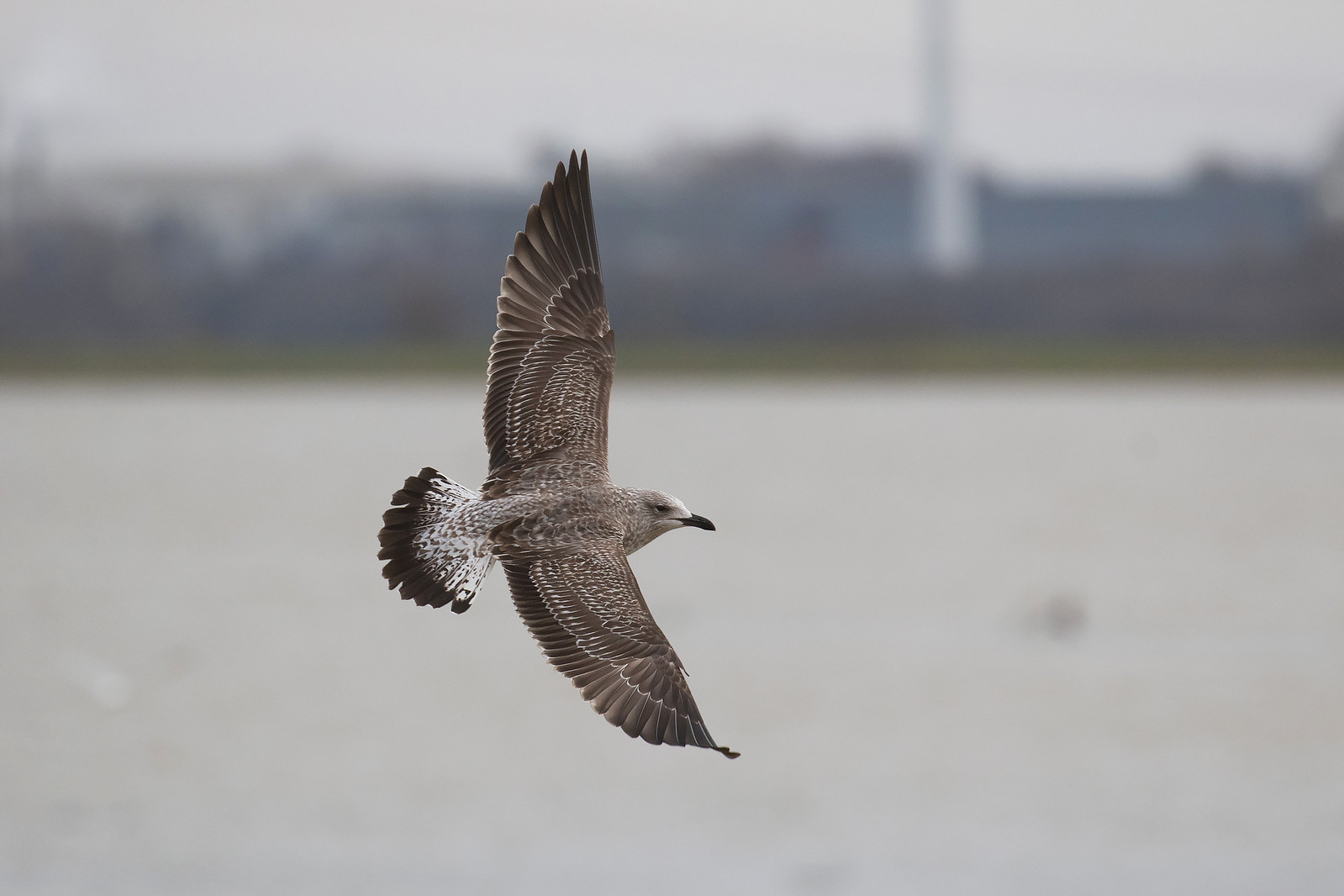
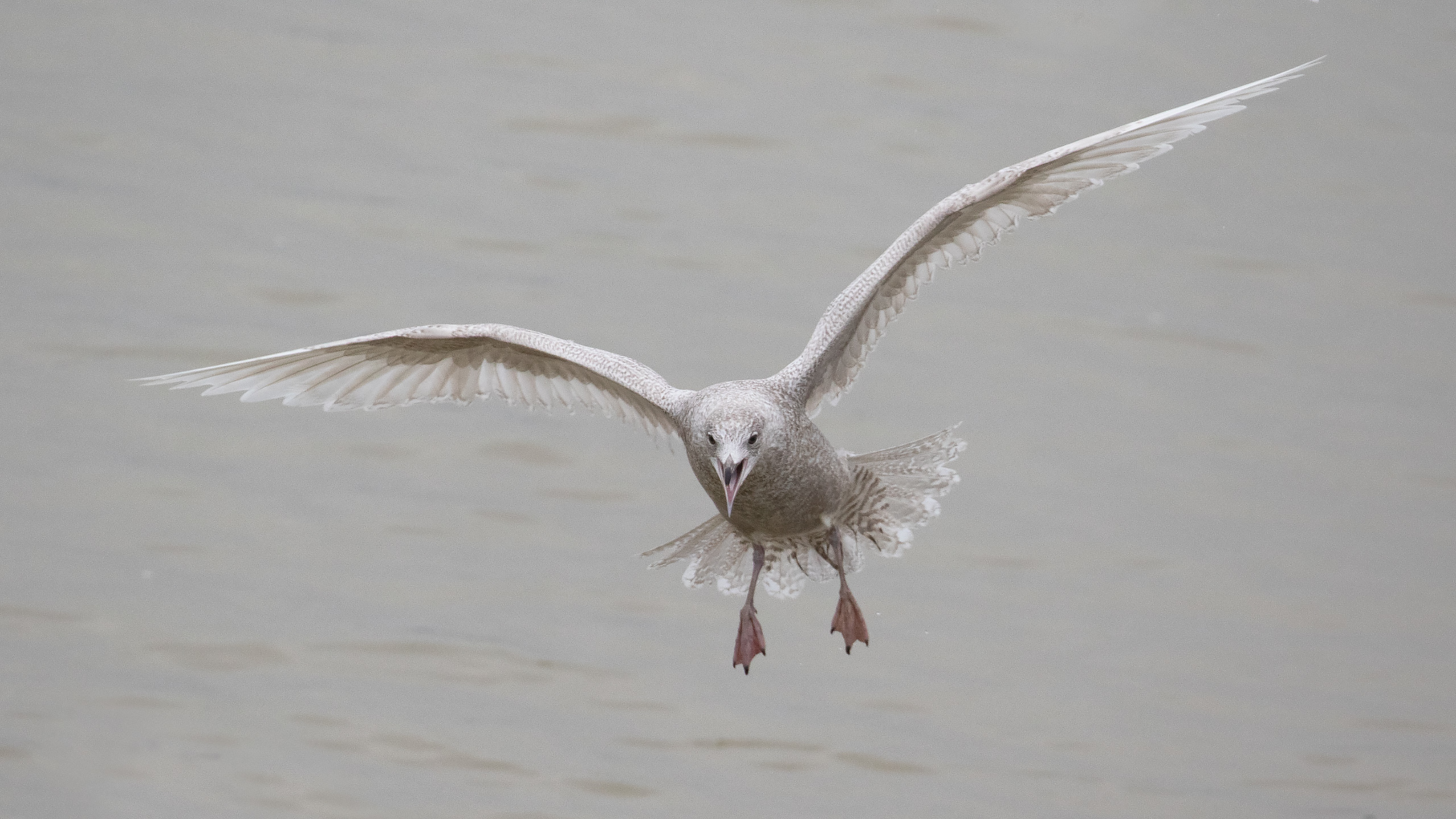
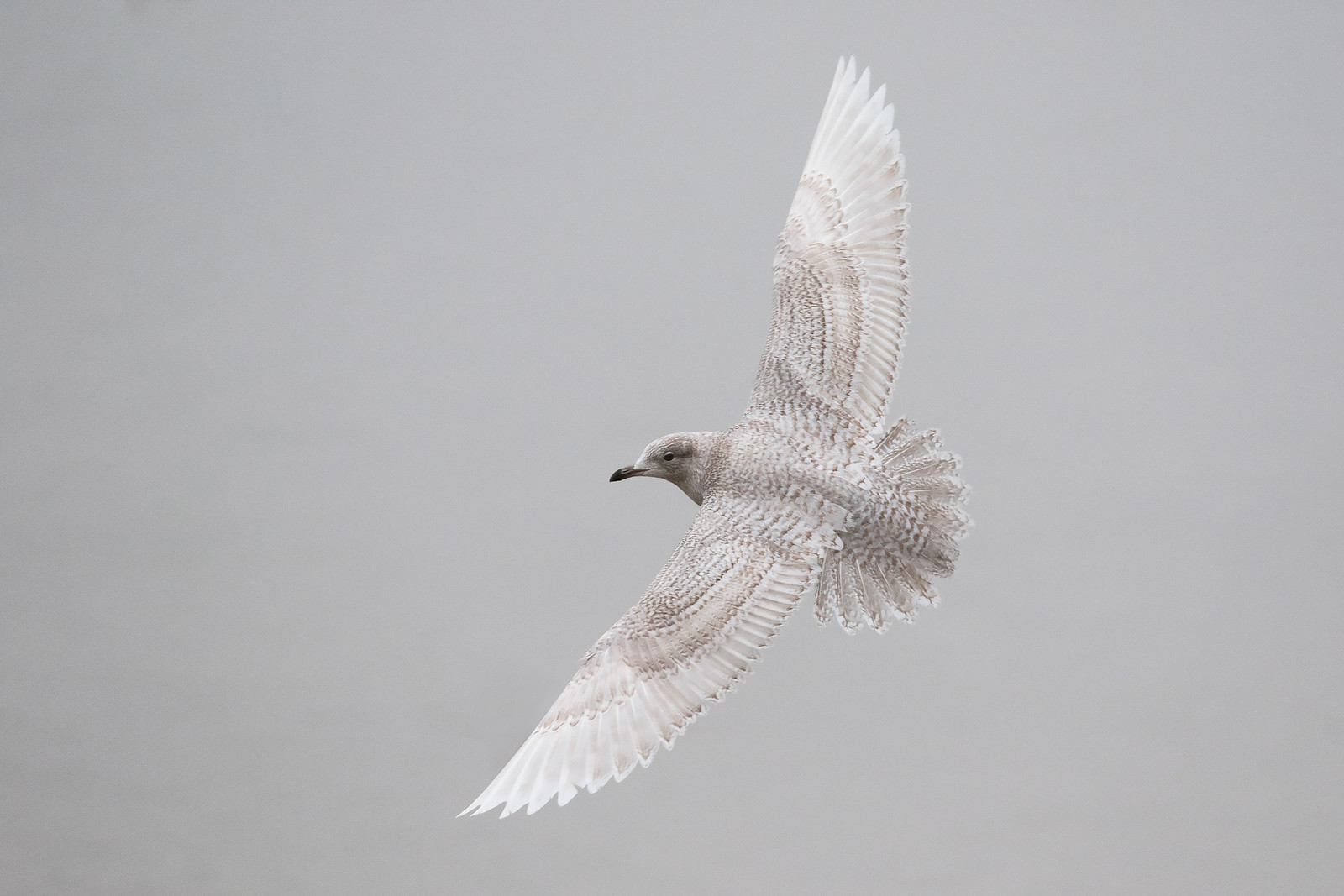
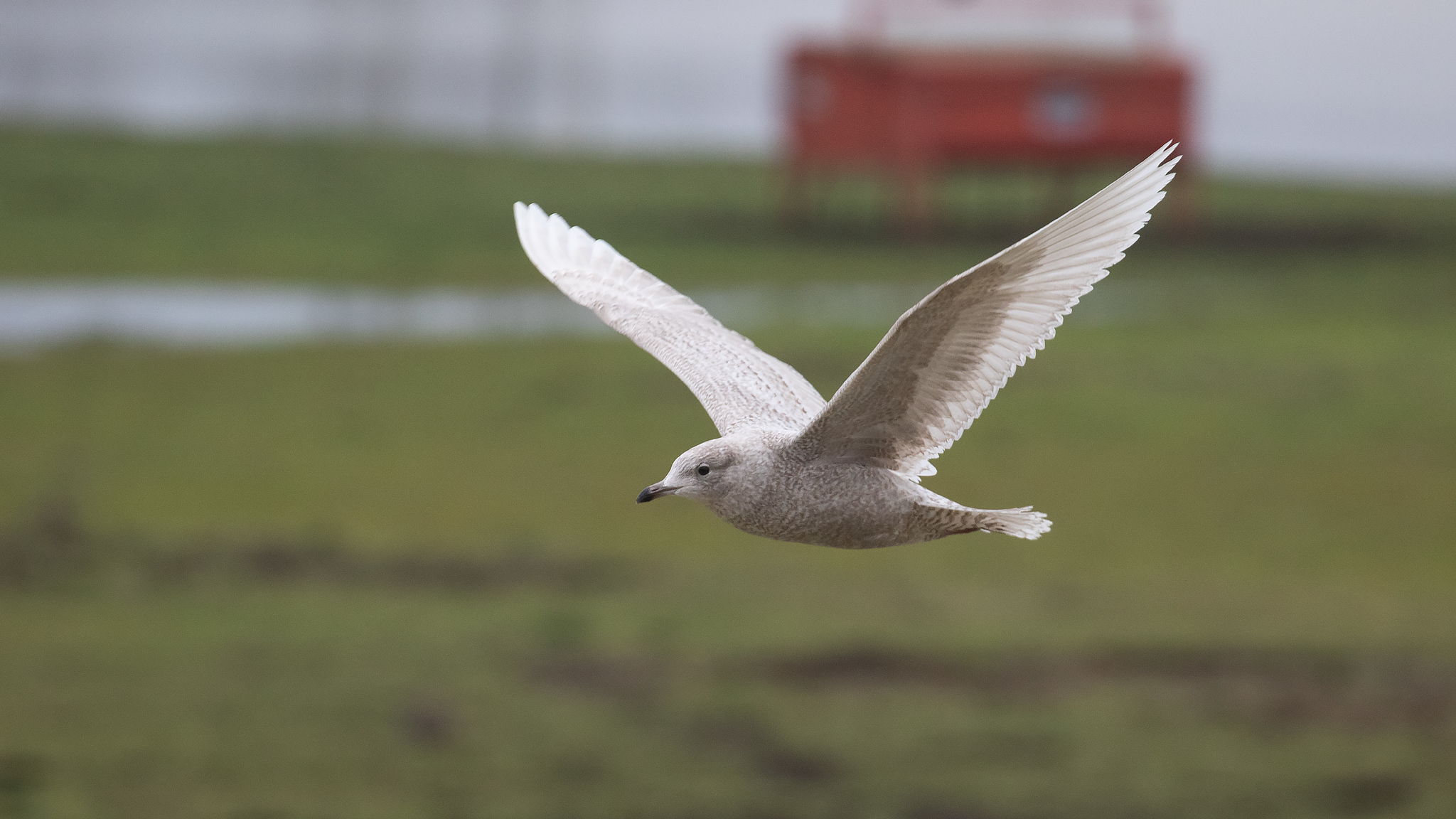
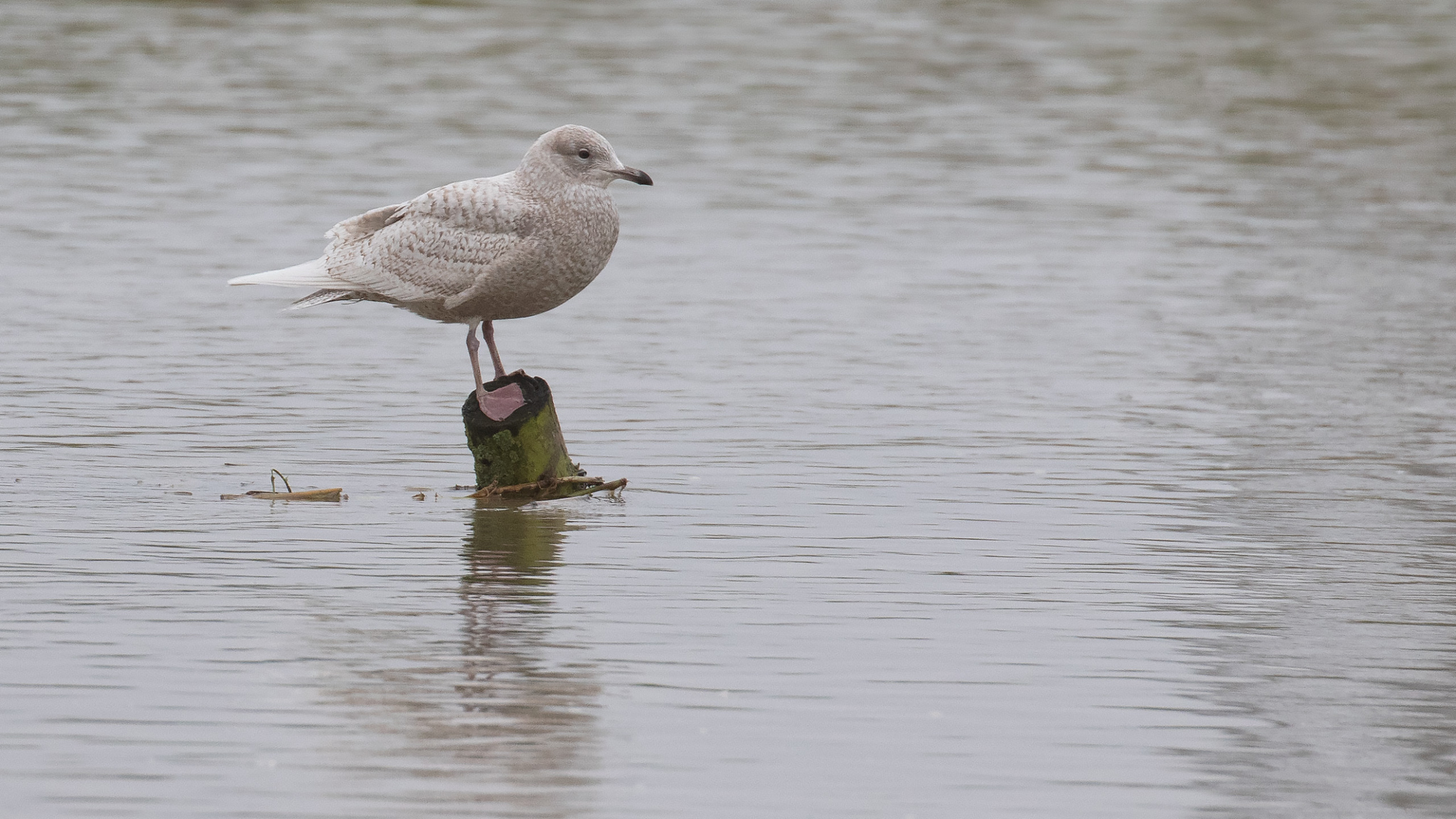
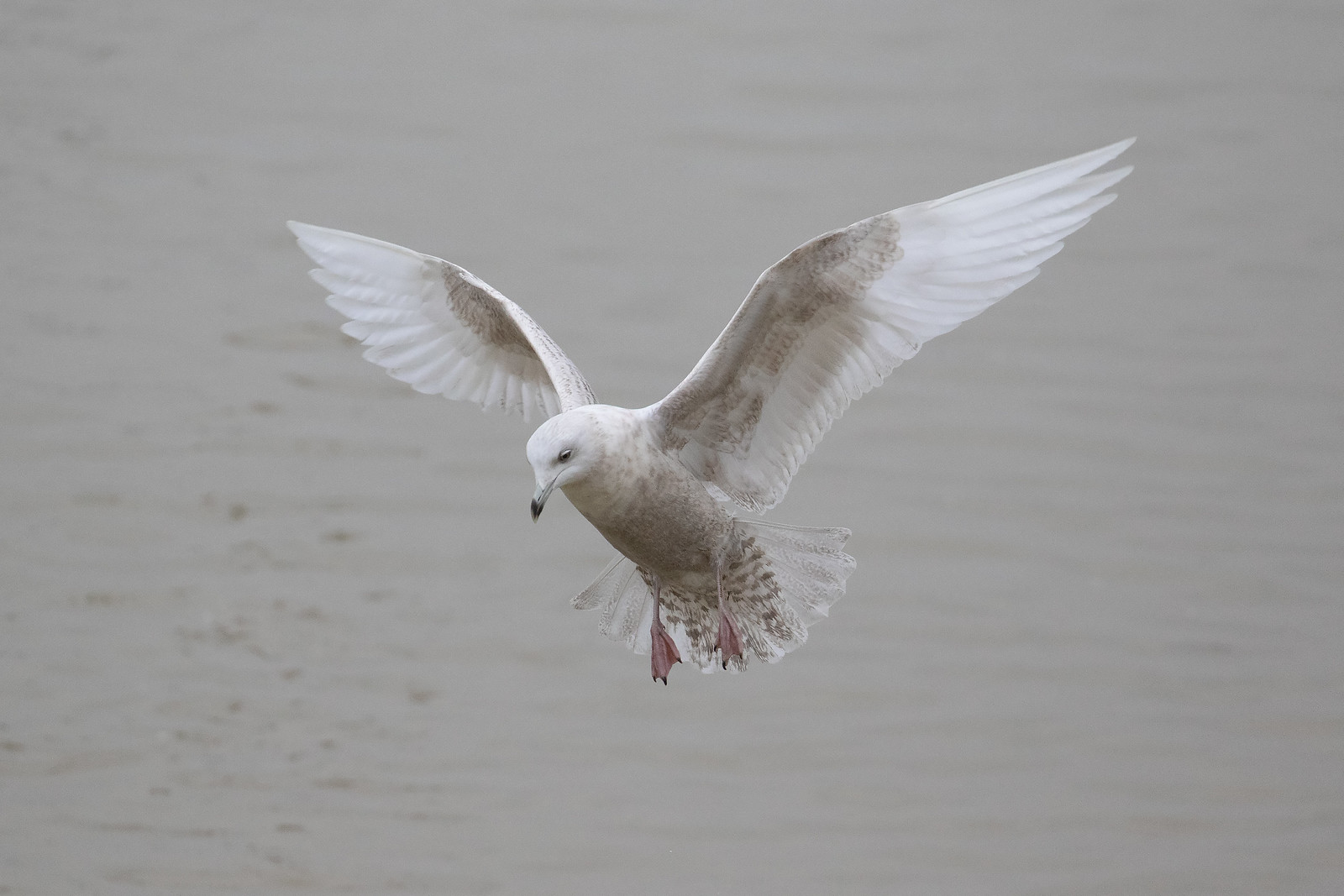
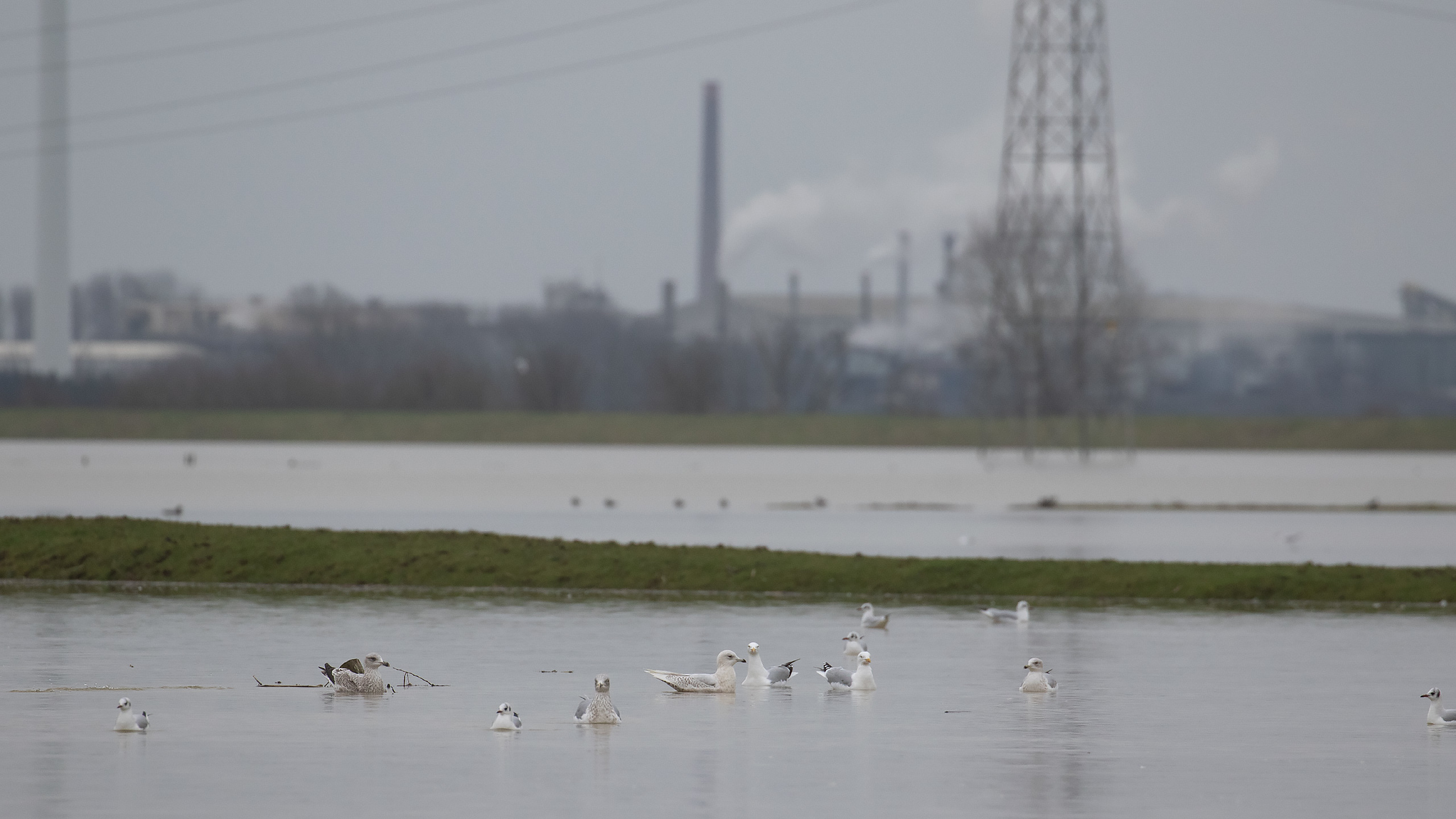
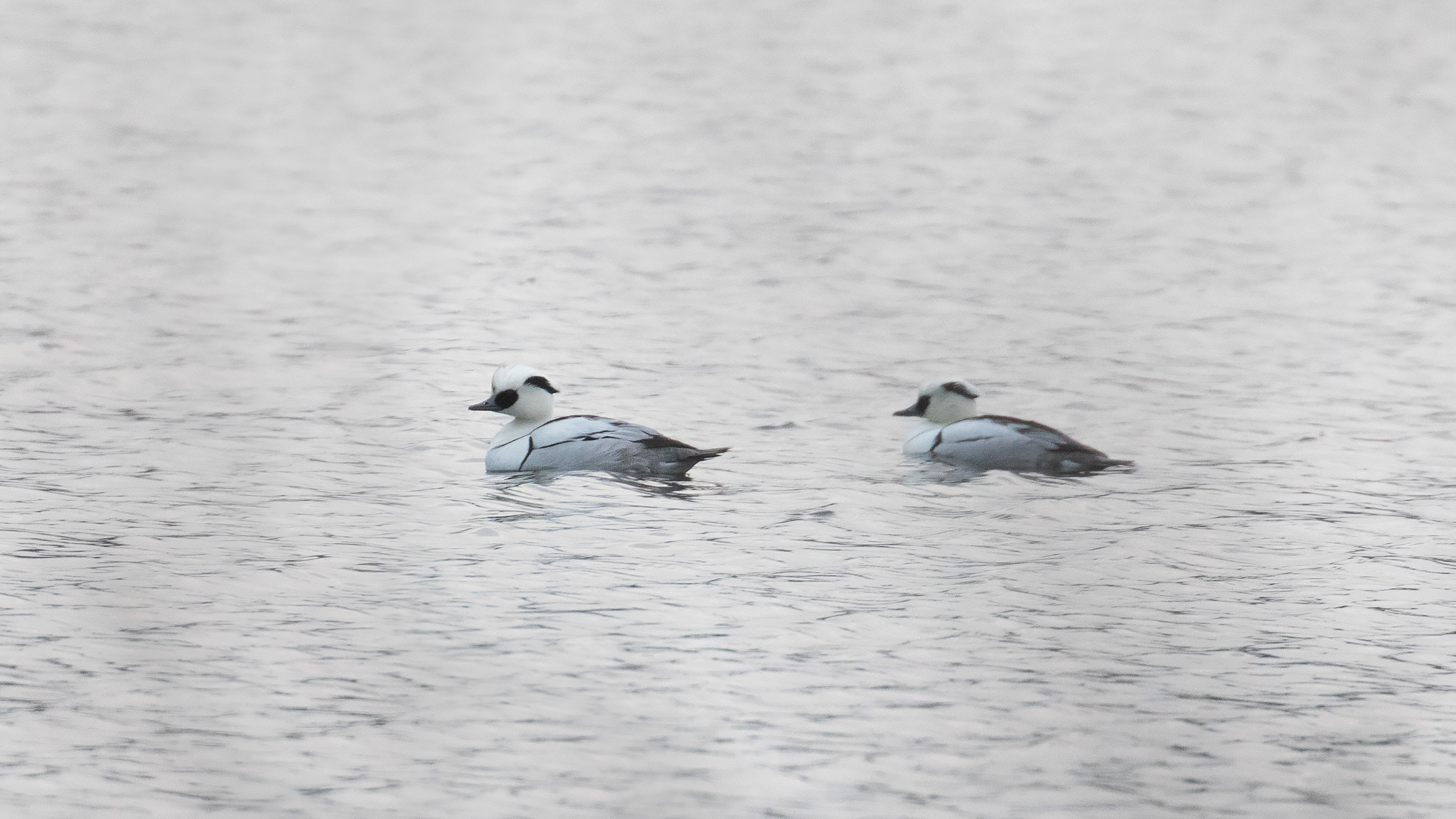
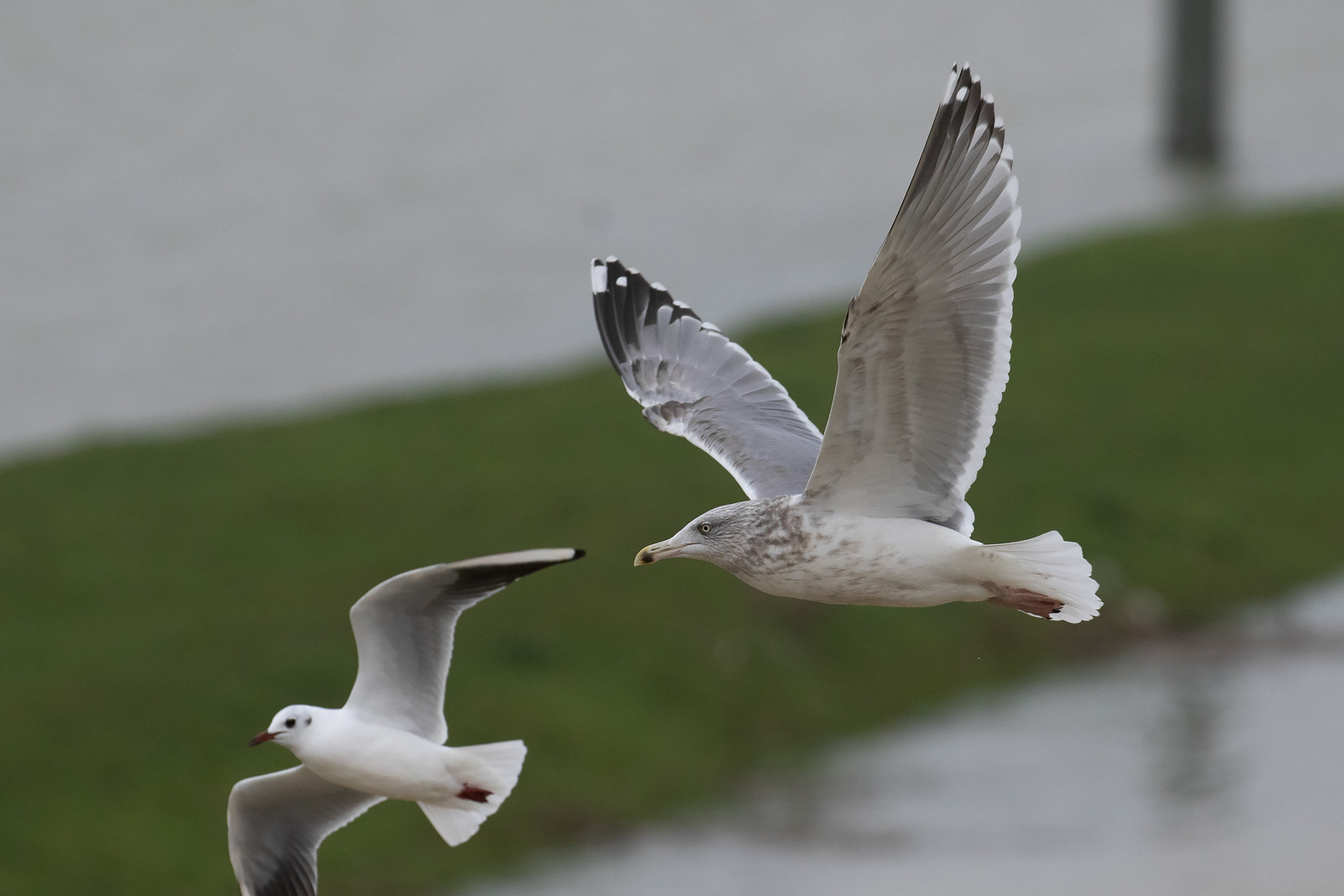
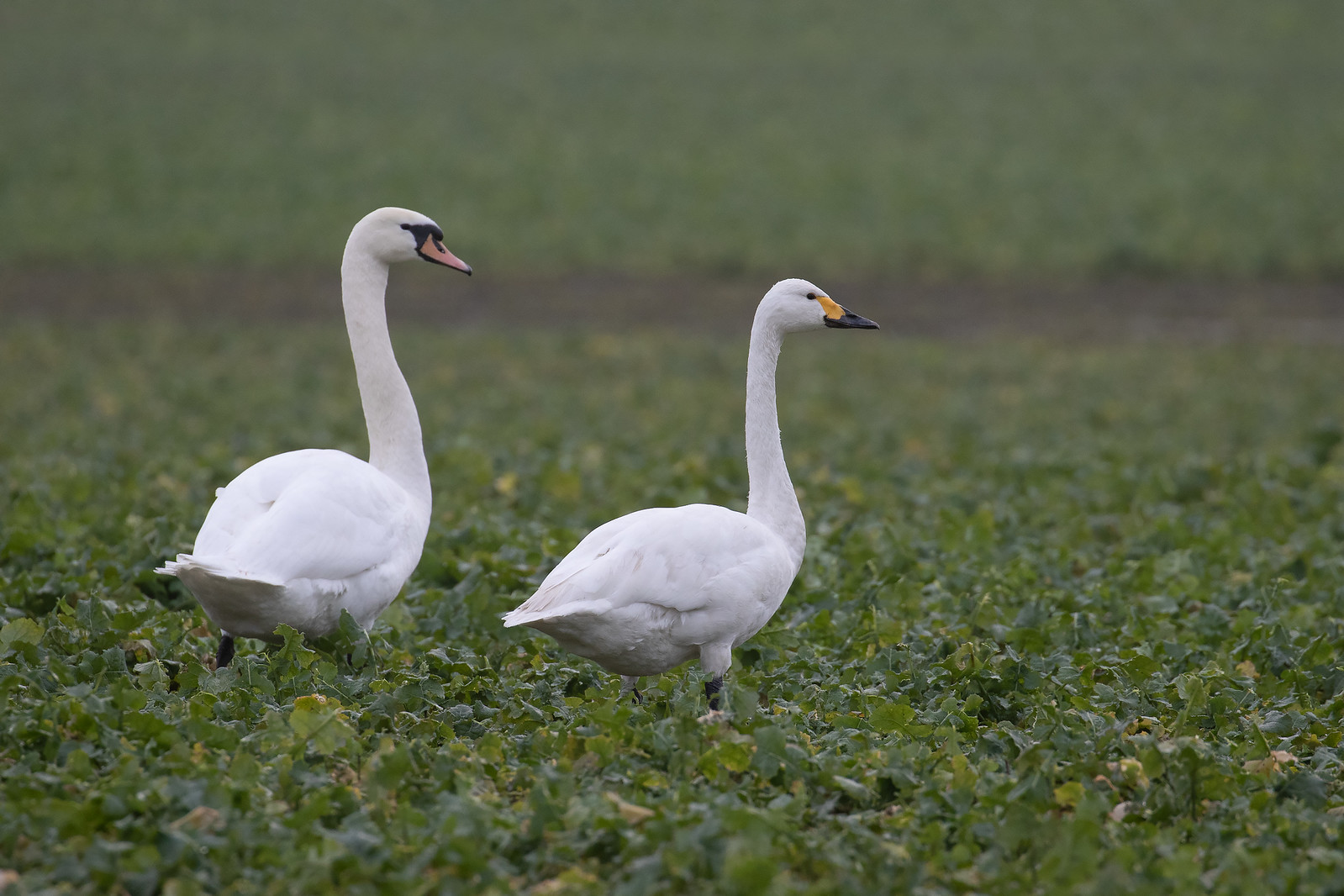
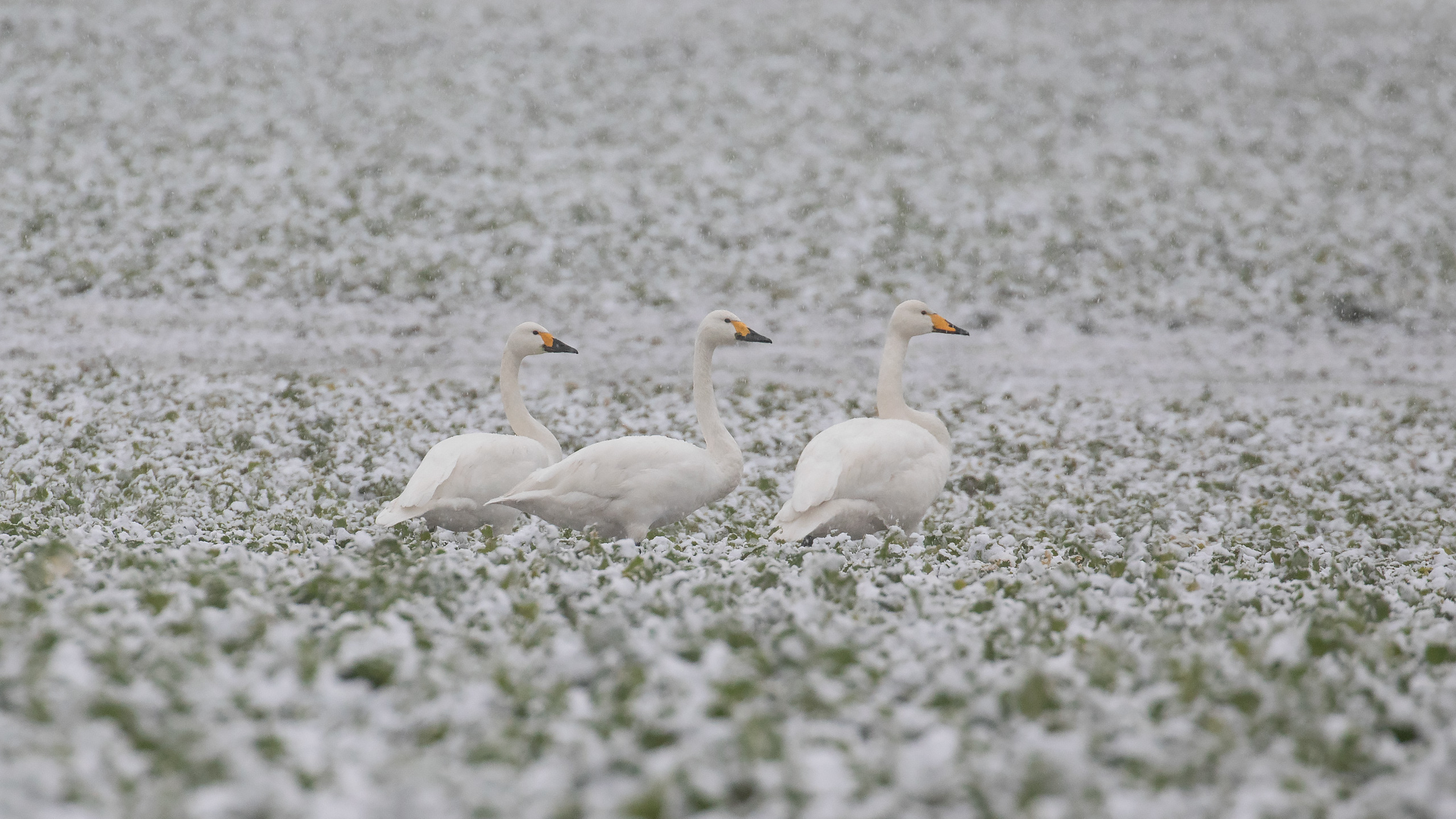
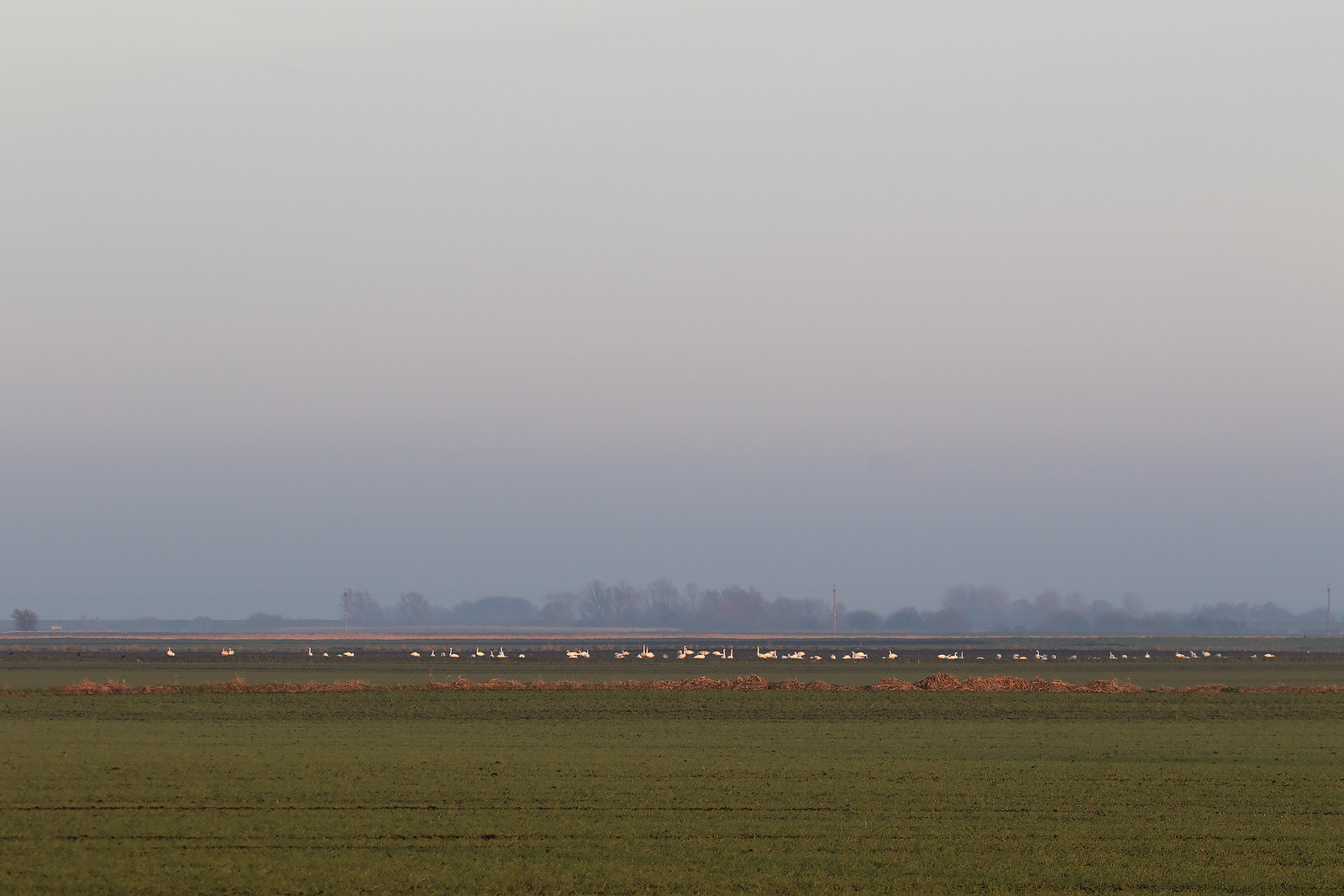
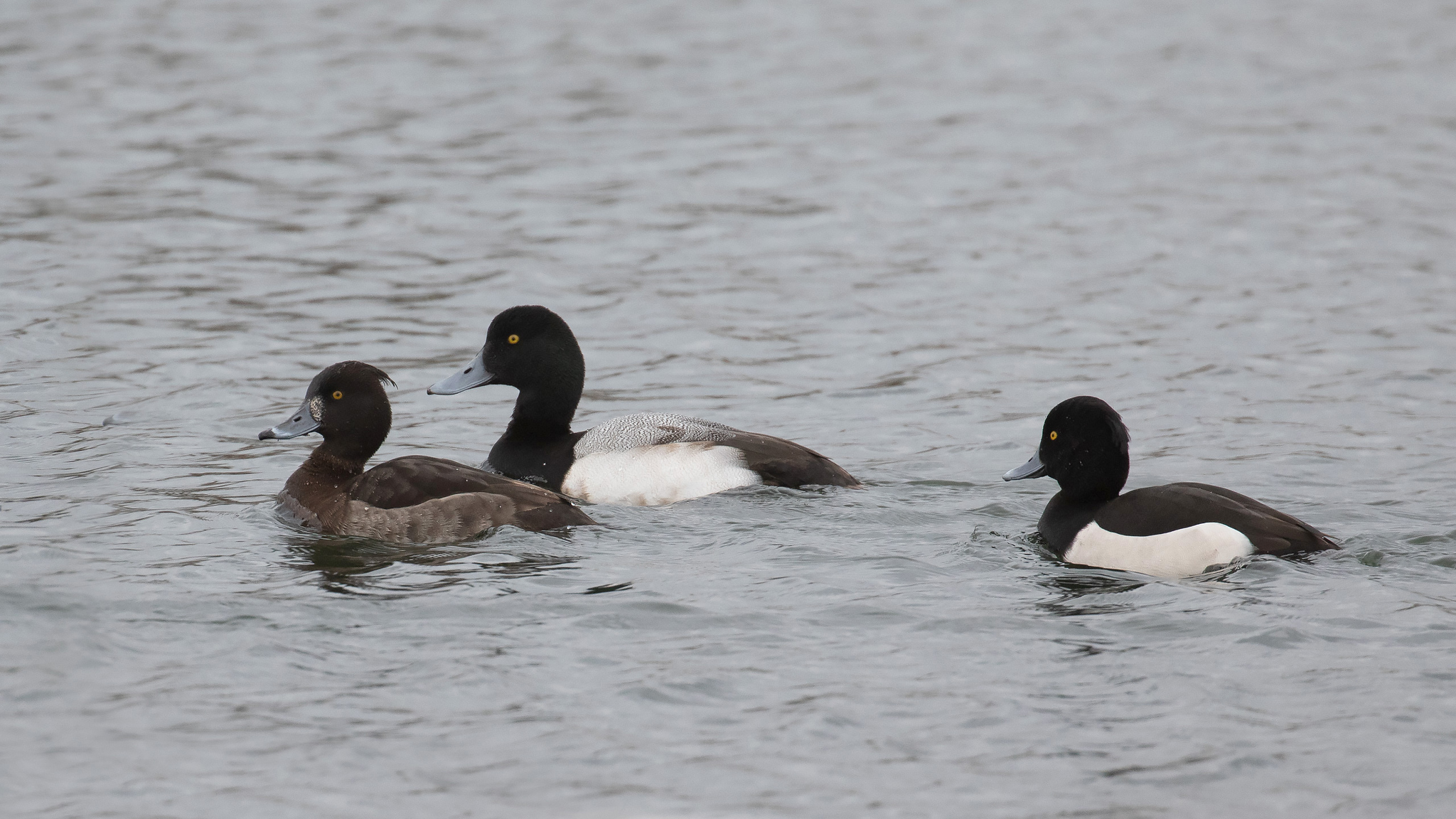
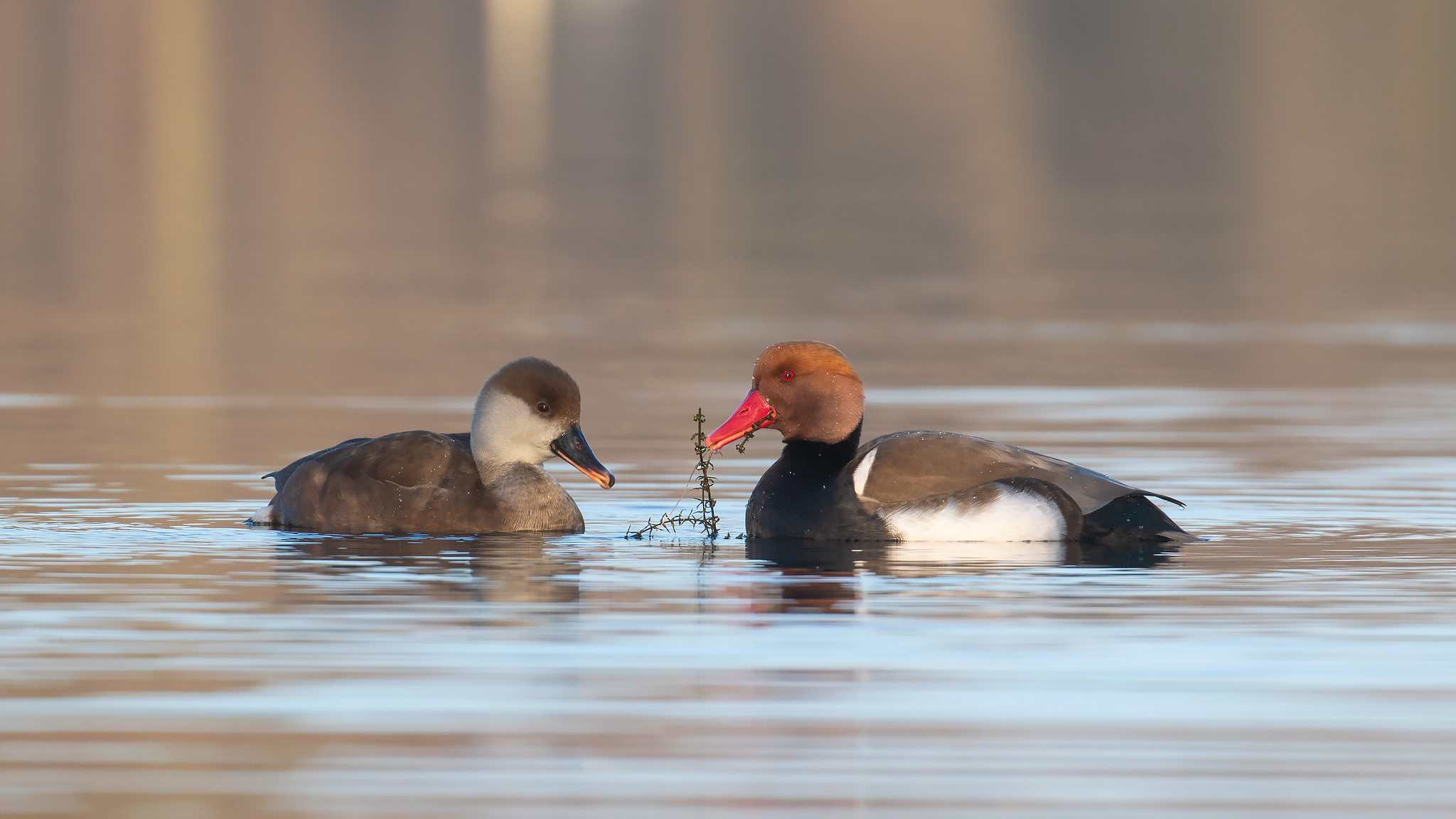

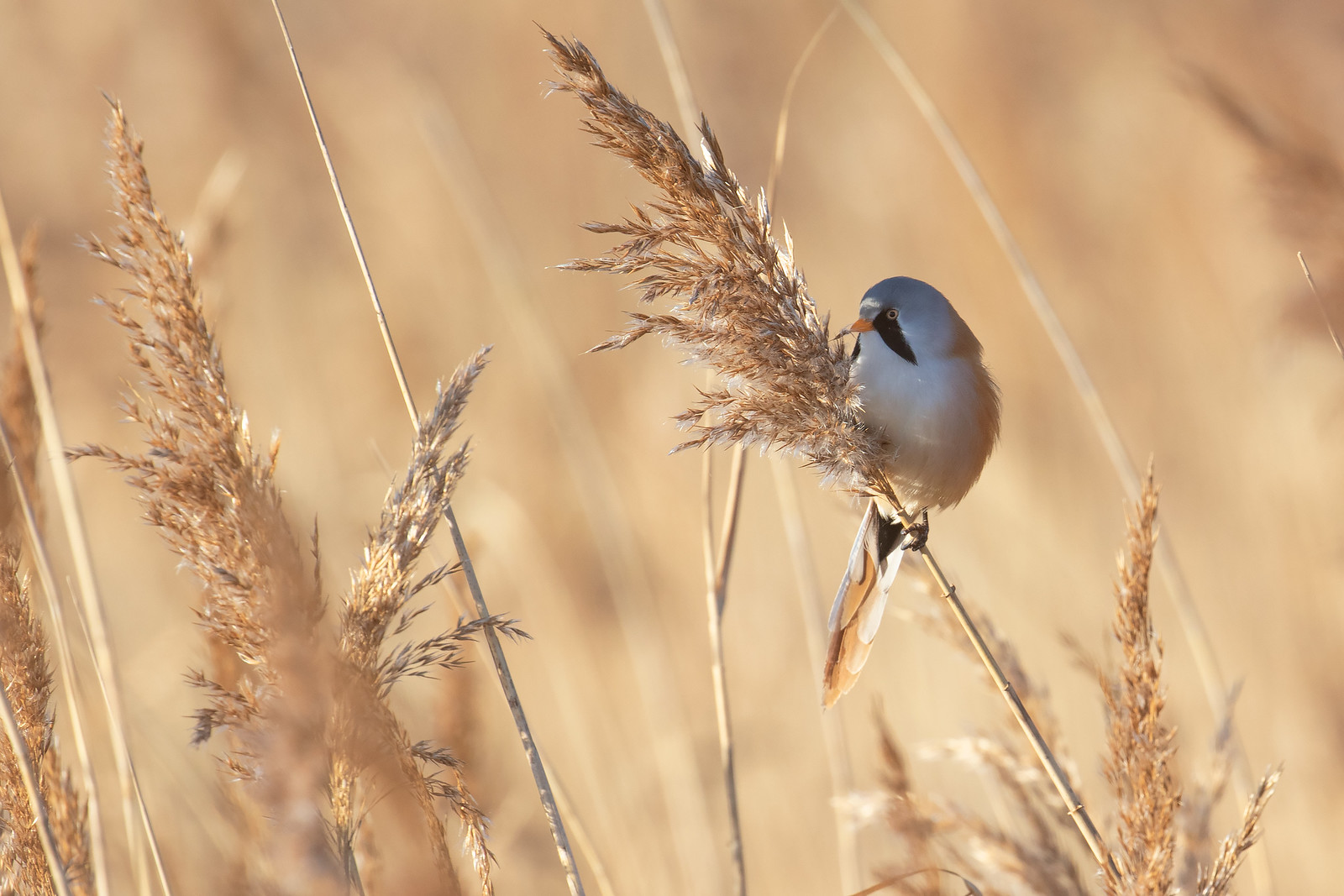
 RSS Feed
RSS Feed